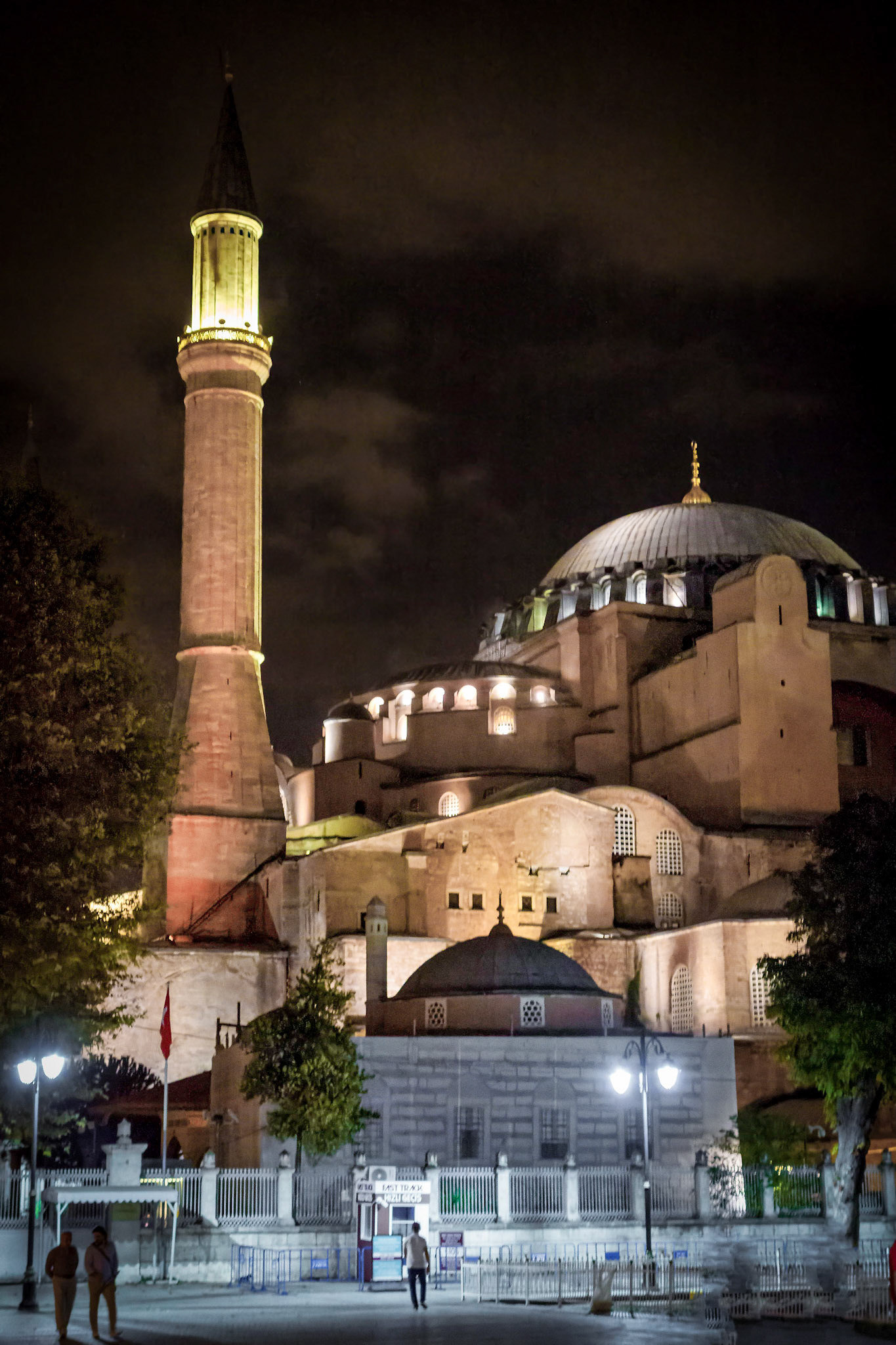This is a mere outline of my trip to Turkey in 2019. Some of the photographs appear in other pages of the website. I struggled to limit the number of pictures, 99 out of over 2500 taken. It is impossible to do justice to Hagia Sophia, Topkapi Palace, and numerous other sites with only 2 or 3 pictures. Ah well! Things are as they are. The following is a brief description of what I did each day to put the photographs in context. Alas, I have found no easy way to add text between photographs. FEEL FREE TO SCROLL DIRECTLY TO THE PHOTOGRAPHS.
Days 1-2 I left Asheville about 4:00 and got to Istanbul about 24 hours later. The hotel is ideally located for visiting tourist sites. It is across the street from the Blue Mosque and within easy walking distance to Hagia Sophia and Topkapi Palace. Unfortunately, the Blue Mosque and New Mosque are under renovation and we did not visit them. Hagia Sophia was also undergoing less intense renovation, but we were able to enter.
Day 3 Topkapi Palace: (1459-65) The palace includes a large outdoor area and is unbelievably ornate. Grand Bazaar: (1455- ) An enormous labyrinth of over 4000 shops. Nuruosmaniye Mosque: (1748-55) across the street from the Grand Bazaar. Basilica Cistern: gigantic cisterns built by the Romans in the 3rd and 4th centuries. Suleymaniye Mosque: (1550-57) built between 1550 and 1557. It is impressive, but not nearly as grand as I remember the Blue and New Mosques being when Susan and I visited Istanbul in 2012.
Day 4 Hagia Sophia: (537- ) an enormous and beautiful building consecrated a church in 537, converted to a mosque in 1453, declared a museum in 1935, and re-converted to a mosque in 2020 Istiklal Caddesi: an Art Nouveau part of Istanbul that looks very European. Plaza between the Blue Mosque and Hagia Sophia: site of after dinner walk.
Day 5 Flew to Cappadocia in central Turkey: Rain and wind have eroded tufa (soft white volcanic rock) that covers much of the region into otherworldly landscapes of pillars, cones, and chimneys. People, who have inhabited this region since ancient times, have hollowed out the tufa, creating homes, churches, and even underground cities. Lunch: a local dish, stew cooked in a small sealed pottery jar. The waiter opened the jar by breaking its neck with a blow from a knife and pouring the contents into a pottery bowl. The stew was accompanied by bread that resembled an enormous naan. Open-Air Museum in Goreme: rock-cut houses, churches, chapels and monasteries decorated with Byzantine frescoes from the 10th to 13th centuries. The region has many such sites.
Day 6 Farmers’ market: on the way to a small town, Çat (The tail on the ‘C’ indicates that it should be pronounced as ‘CH’.) The vegetables and fruits looked fantastic and were neatly displayed. In addition, there were a number of interesting looking people. Çat: Some of the buildings showed that Çat was once prosperous, but that was in the past. We went to a home for lunch. Walk in small canyon: interesting geological formations, part of which the tour guide called Viagra Valley. I will let you decide which picture was taken there. Attended a traditional dance: inspired by teachings of the 13-th century Turkish mystic and poet Rumi. It was performed by (Whirling) Dervishes in a medieval caravansary.
Day 7 Hot air balloon ride: views with the rising sun were amazing. Ballooning is a major industry in Cappadocia. 122 balloons went up this morning. Kaymakli: underground city carved in tufa, seven levels deep in some places. Begun in 8th-7th centuries BC and used until the 1920's. The so-called city resembles a mine more than a city. Carpet factory: women worked to help support their families. Hike in Guvercinlik Valley: actually a samall canyon. (arroyo or wadi)
Day 8 Drove to Antalya: on the Mediterranean coast. Mevlana Museum: in Konya, midway to Analya. Contains a Muslim shrine (1274 - ) with the tomb of Rumi, a 13-th century Sufi mystic and poet who is the most popular poet in the US. He is credited with originating the Sufi order associated with the Dervishes. Taurus Mountains: between Konya and Antalya, parallel to the Mediterranean coast. Higher and rougher than anticipated.
Day 9 Old Antalya: (200 - ) most of the streets had limited vehicular traffic. The main walking streets had a narrow strip with four metal stripes to assist the visually impaired. I have seen this nowhere else. Antalya Museum: artifacts found in the surrounding area. Walk: area surrounding the hotel and marina
Day 10 Perge: originally settled by the Hittites around 1500BC, became a Roman town, and was abandoned in the 7-th century AD. Paul preached his first sermon here in 46 AD. The city is partially restored. Lunch at roadside stand: The food was a large quesadilla type sandwich. Cooks rolled out a large thin, circular piece of dough and added cheese, meat, or spinach (as you desired) folded it over and cooked it on a circular sheet of steel. Aspendos: another Roman town on a site that dates back to the Hittites. All that remains is an enormous Roman theater, dating to the 2-nd century AD. The theater still hosts plays, operas, and concerts.
Day 11 Left for Fethiye: to board a ship for a three-day cruise. Crossed Taurus Mountains: there is no road that parallels the coast. There was an amazing number of greenhouses. Church of St Nicholas (4th century): in Demre. Yes, that St Nicholas. The church (built 520), though in ruins, is still a pilgrimage site for Orthodox Christians. While we were there a line women waited to pray at a sarcophagus associated with St Nicholas. Pre-Christian burial caves: on hills close to the road. Fethiye marina: boarded our gulet (ship, not to be confused with gullet) It was originally a sailing ship and still has its two masts and most of its rigging, but these are non-functional. It is now powered by two diesel engines, built of oak and teak, about 150 feet long, and about 30 feet wide. There is an outdoor eating area in the center of the deck. Each cabin has a private bath.
Day 12 Kayokoy: an abandoned Greek Village in the hills behind Fethiye. Greeks have had villages, including Kayokov, along the Turkish coast since ancient times. There were also Turkish villages in Greece. In 1923 the two countries decided that each country should repatriate their ethnic communities. Kayokoy was a village that was almost totally repatriated. Now there are only shells of buildings on a very rough hillside. Sailed west along Mediterranean coast.
Day 13 Lydea: a Greco-Roman town on a on the crest of mountainous peninsula, now in ruins. Cleopatra’s baths: The trail to the Lydea began at ruins that were (supposedly?) baths built for Cleopatra by Mark Antony. Hiked across peninsula: after reaching Lydea we continued across the peninsula to the gulet which had sailed to meet us. Sailed west along Mediterranean coast.
Day 14 Riverboat ride up Dalyan River, loggerhead turtles have nested here since the age of the dinosaurs. Caunus: once a seaport, but is now 5 miles from the coast. It dates to the 10-th century BC and was abandoned in the 15-th century AD. The visible ruins are Roman and Byzantine. Lycian tombs: (4th to 2nd centuries BC) carved in cliffs overlooking the river, Dalyan River's most famous sight. On the opposite side of the river are posh resorts.
Day 15 Disembarked at Marmaris. Kusadasi,: a resort town near Ephesus, a three-hour bus ride from Marmaris. Turkish lunch buffet Basilica of St John: 6-th century baslica in Kusadasi, said to be over the burial site of St John.
Day 16 Ephesus: Most people know of Ephesus because of Paul’s Letter to the Ephesians in the Bible. Actually, there were few Christians in Ephesus in Paul’s time. Most of the standing walls and arches are reconstructions. Short walk: along the street in front of the hotel. Everything looked modern and well-cared-for.

Day 3 Blue Mosquefrom hotel entrance
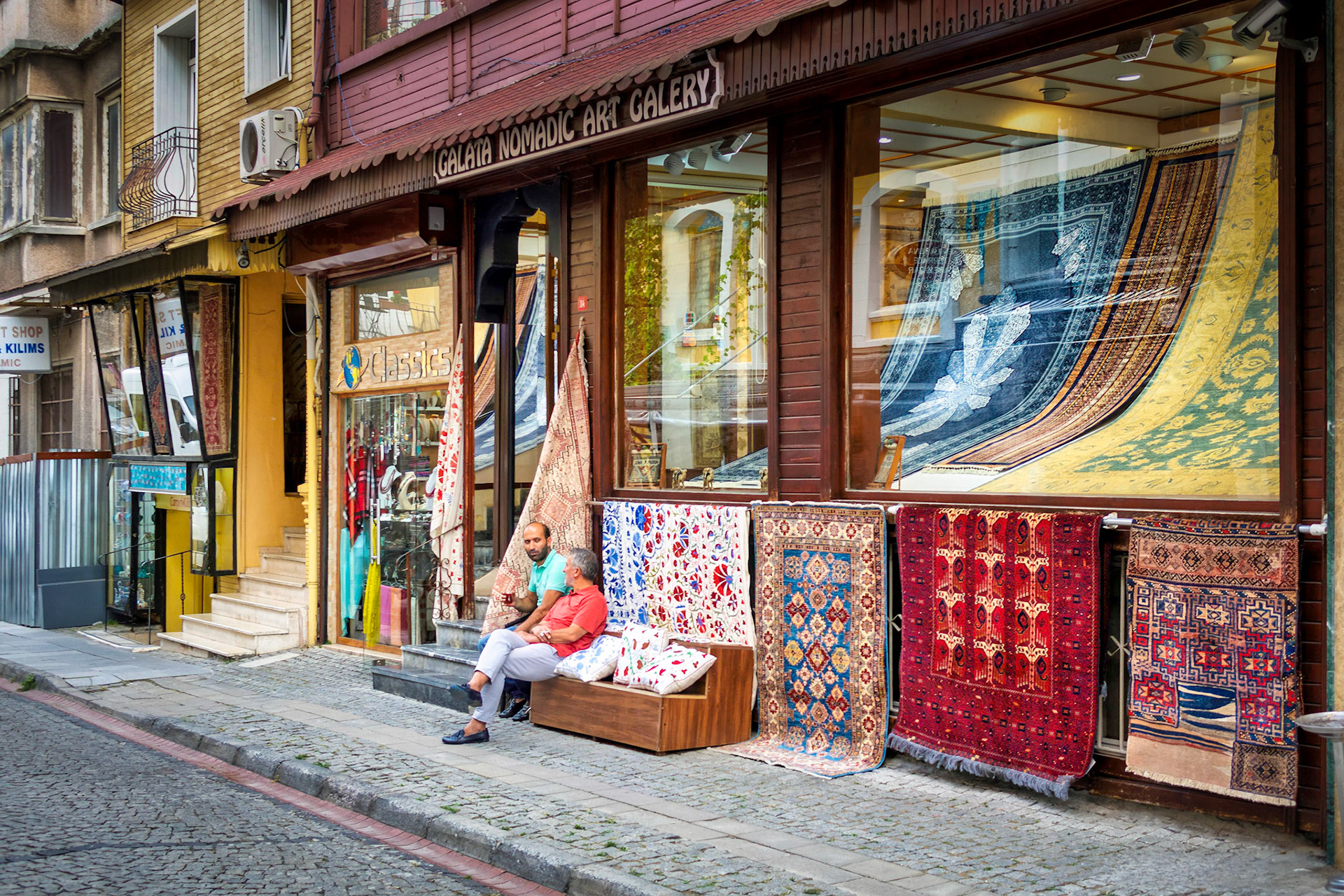
Day 3 Street scene on way to Topkapi Palace
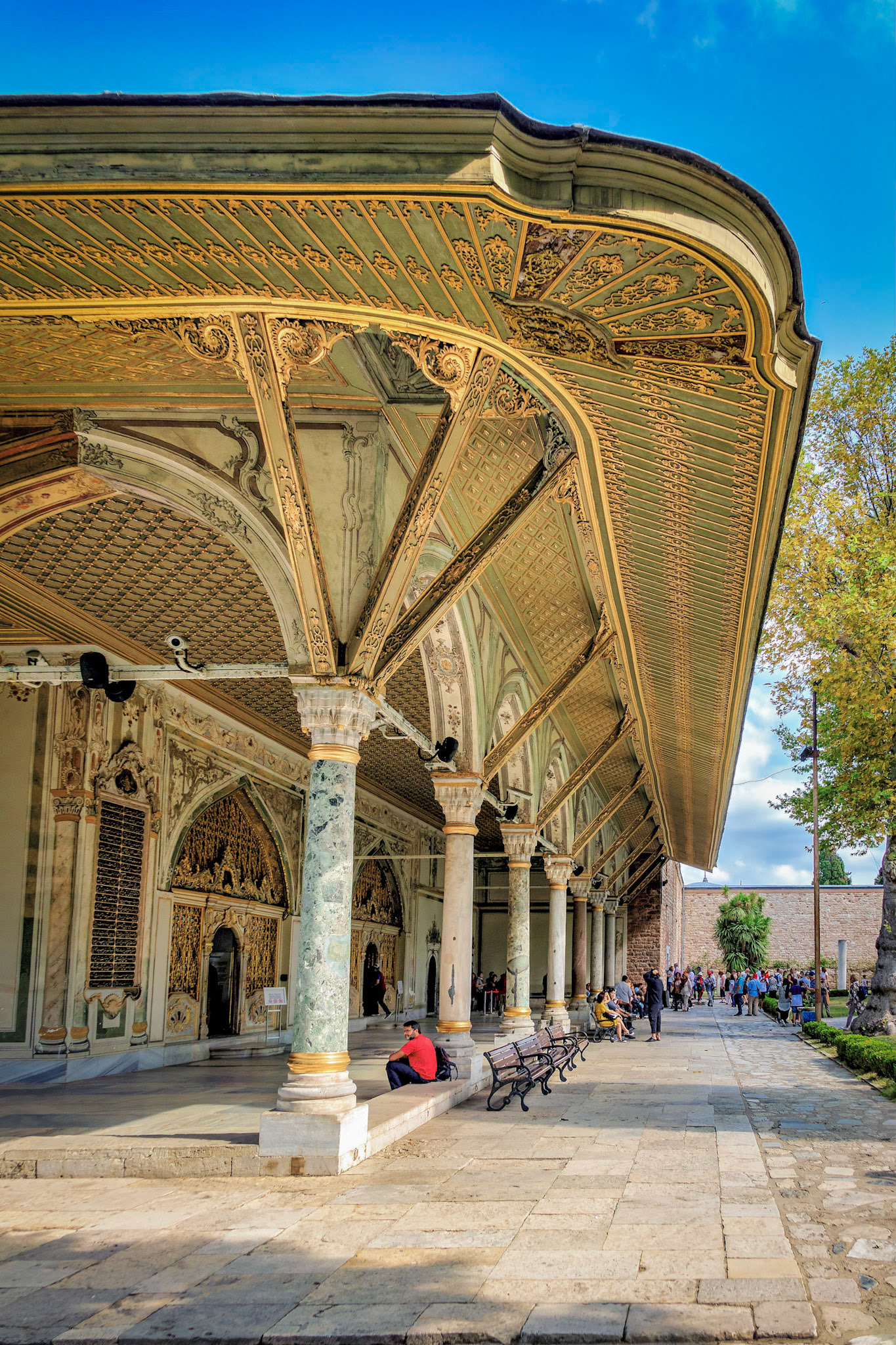
Day 3 Imperial Council Hall in Topkapi Palace
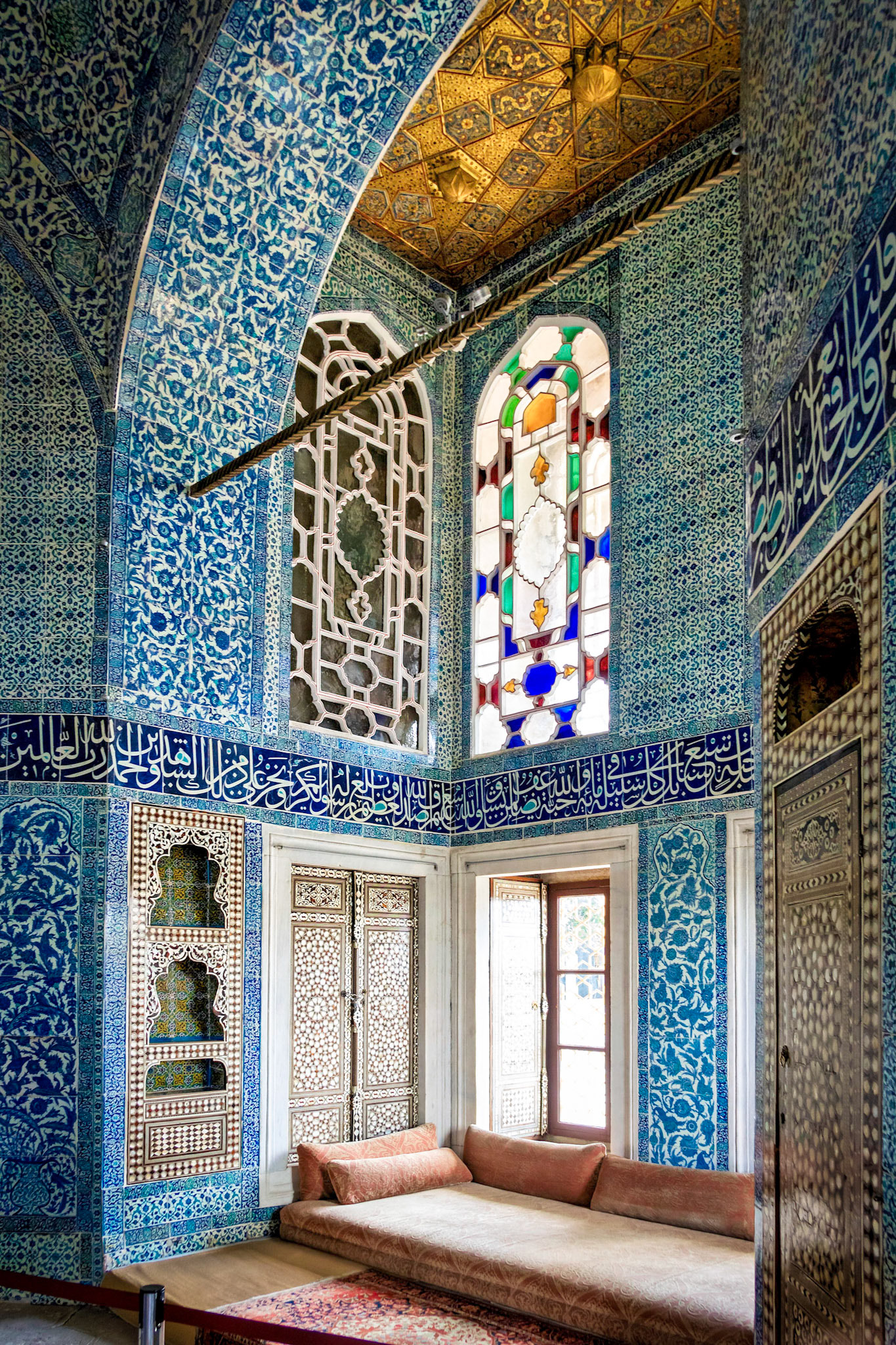
Day 3 Room in Topkapi Palcace
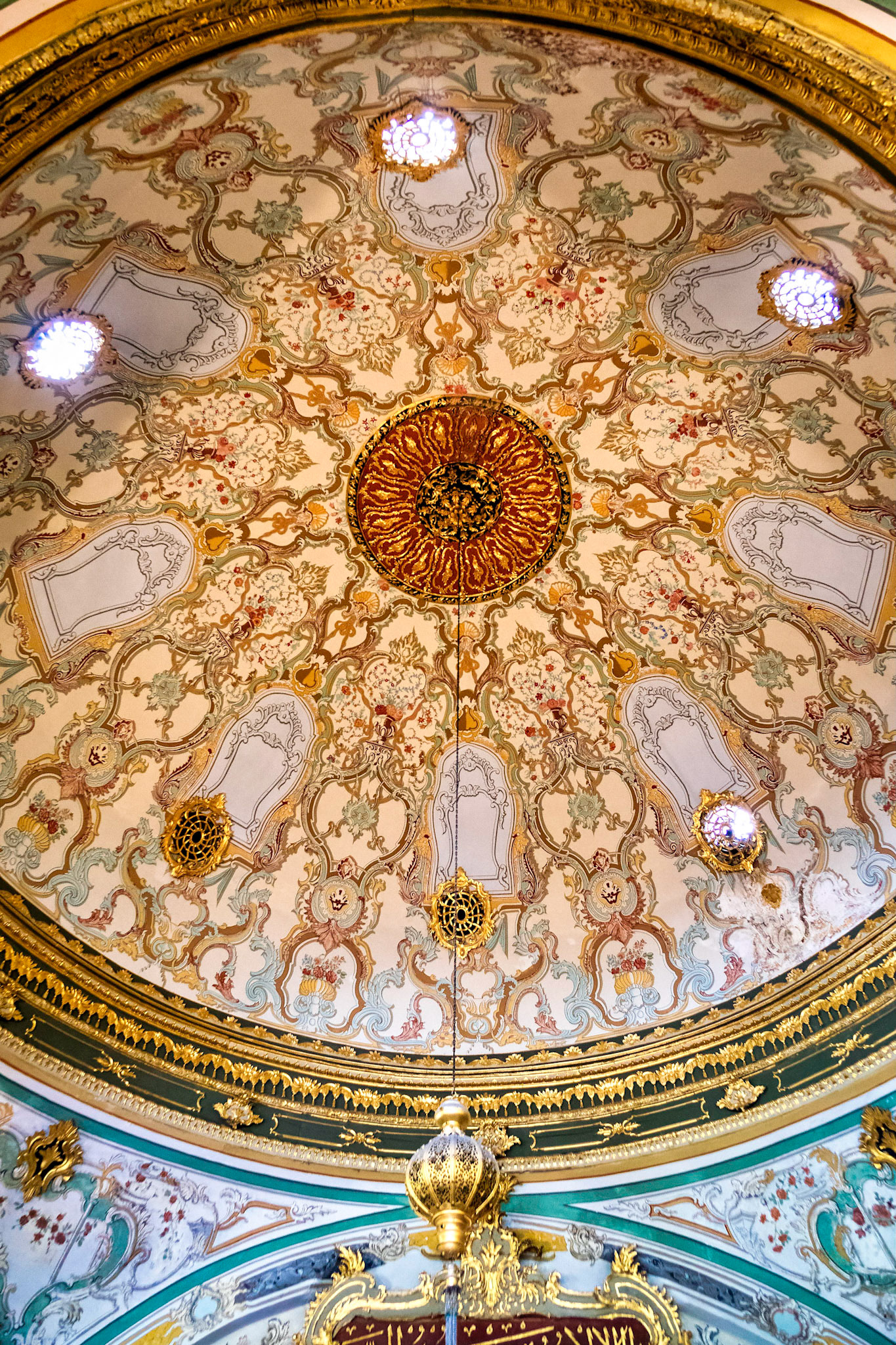
Day 3 Ceiling in Topkapi Palace
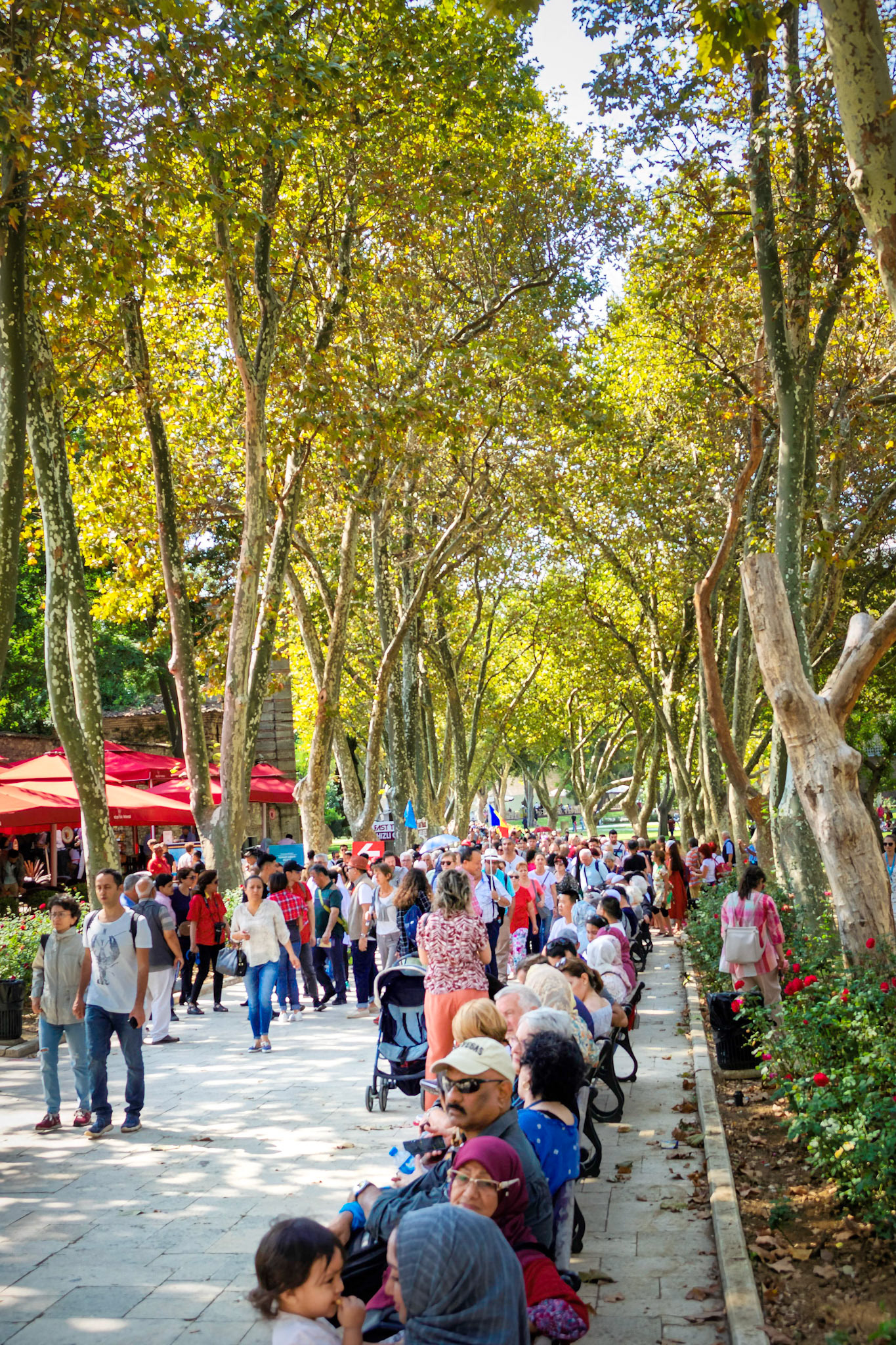
Day 3 Grounds at Topkapi Palace
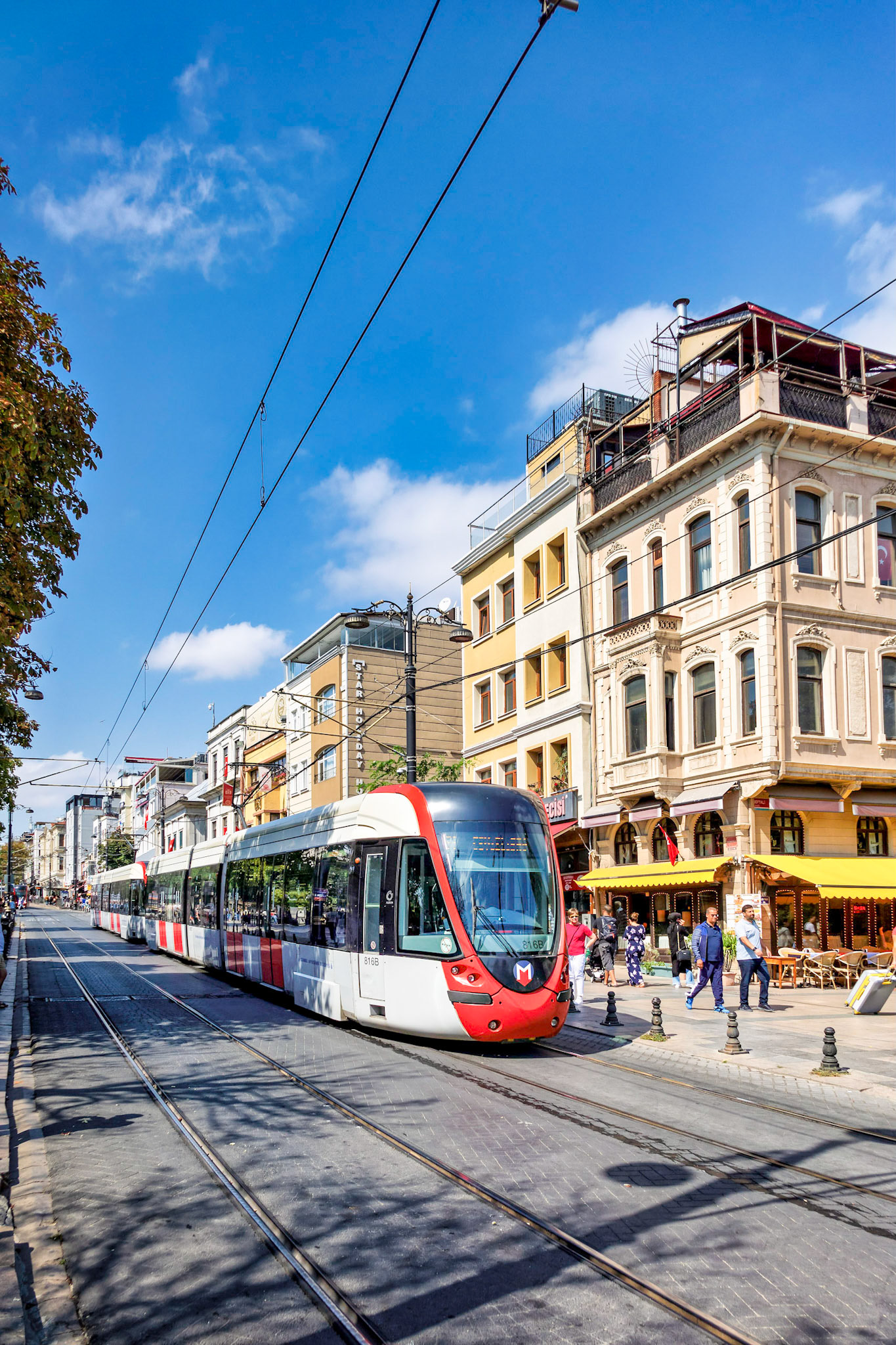
Day 3 Street car near where we had lunch

Day 3 Basilica Cistern
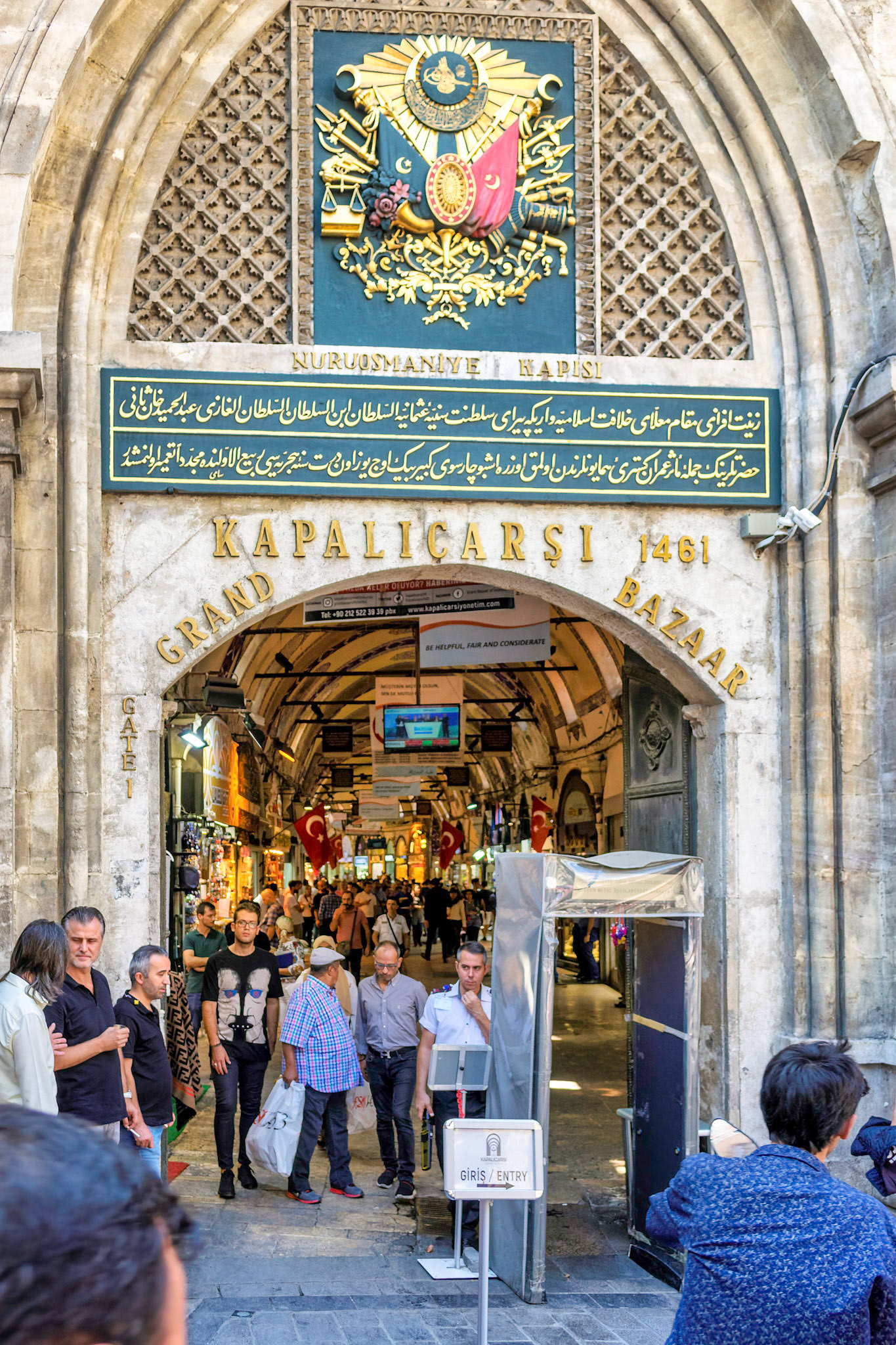
Day 3 Entrance to Grand Bazaar

Day 3 Main passgeway in Grand Bazaar
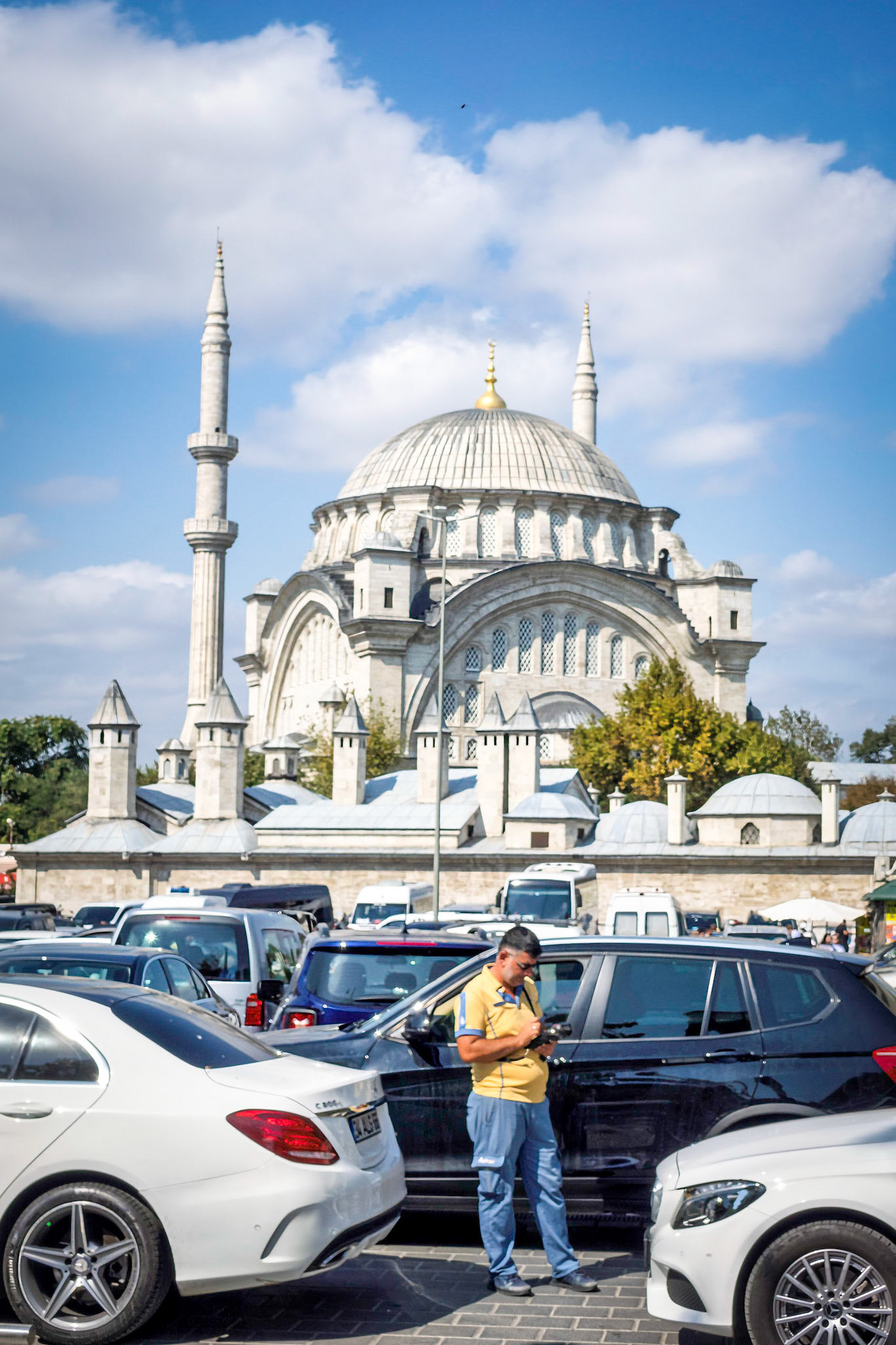
Day 3 Nuruosmaniye Mosque from Grand Bazaar parking lot
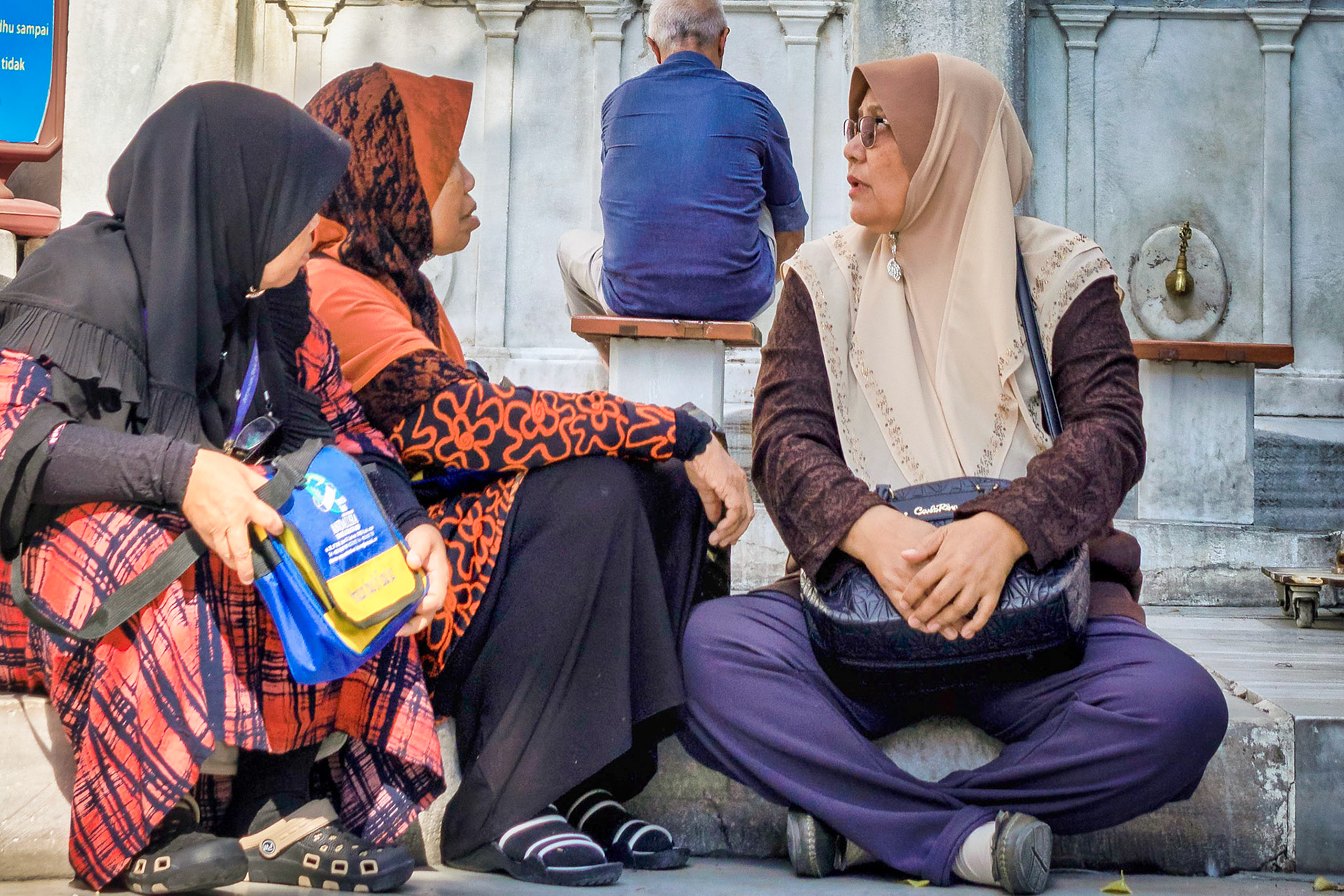
Day 3 Women outside Nuruosmaniye Mosque

Day 3 View of Istabul from Suleymaniye Mosque
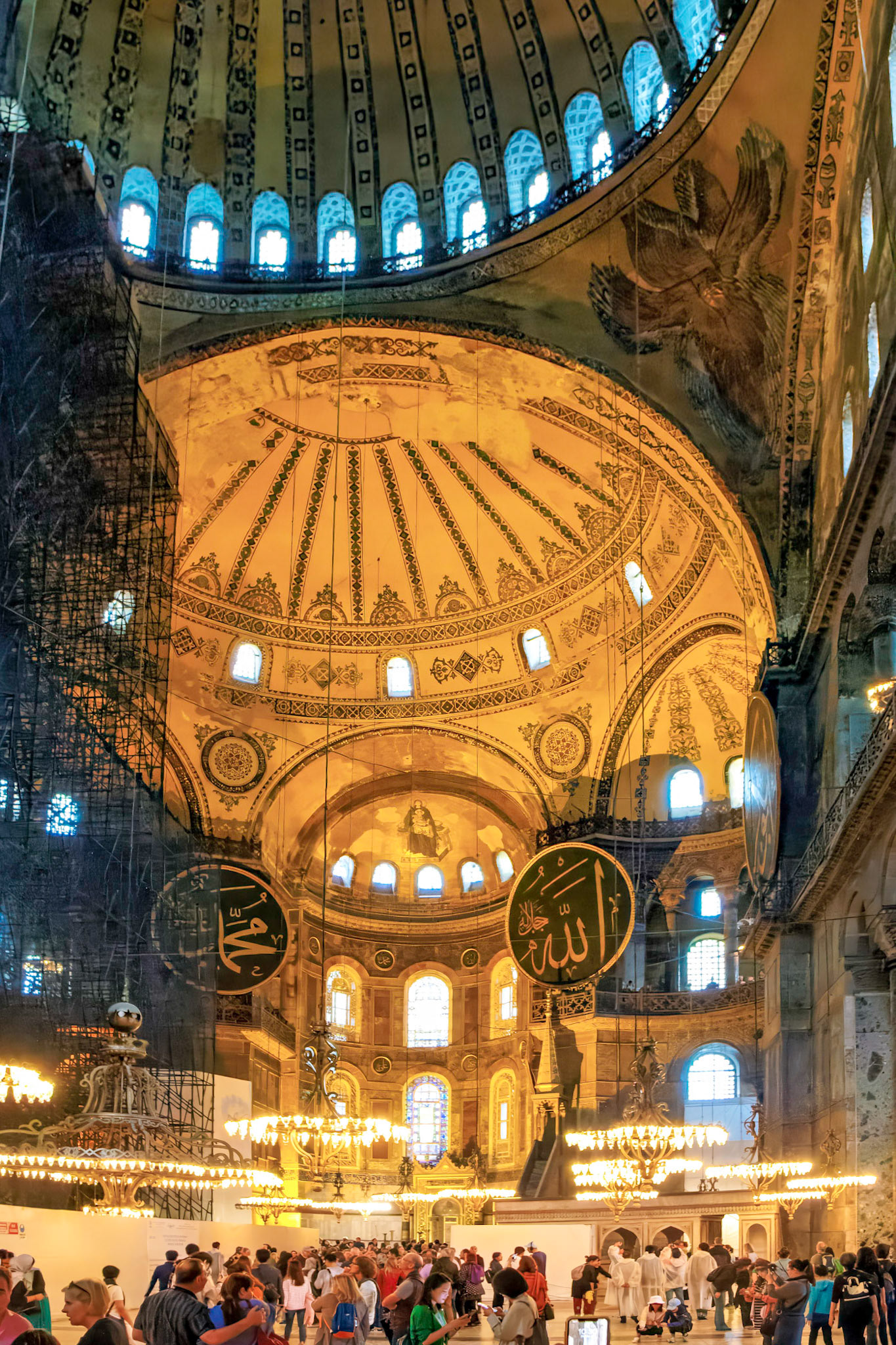
Day 24Hagia Sophia
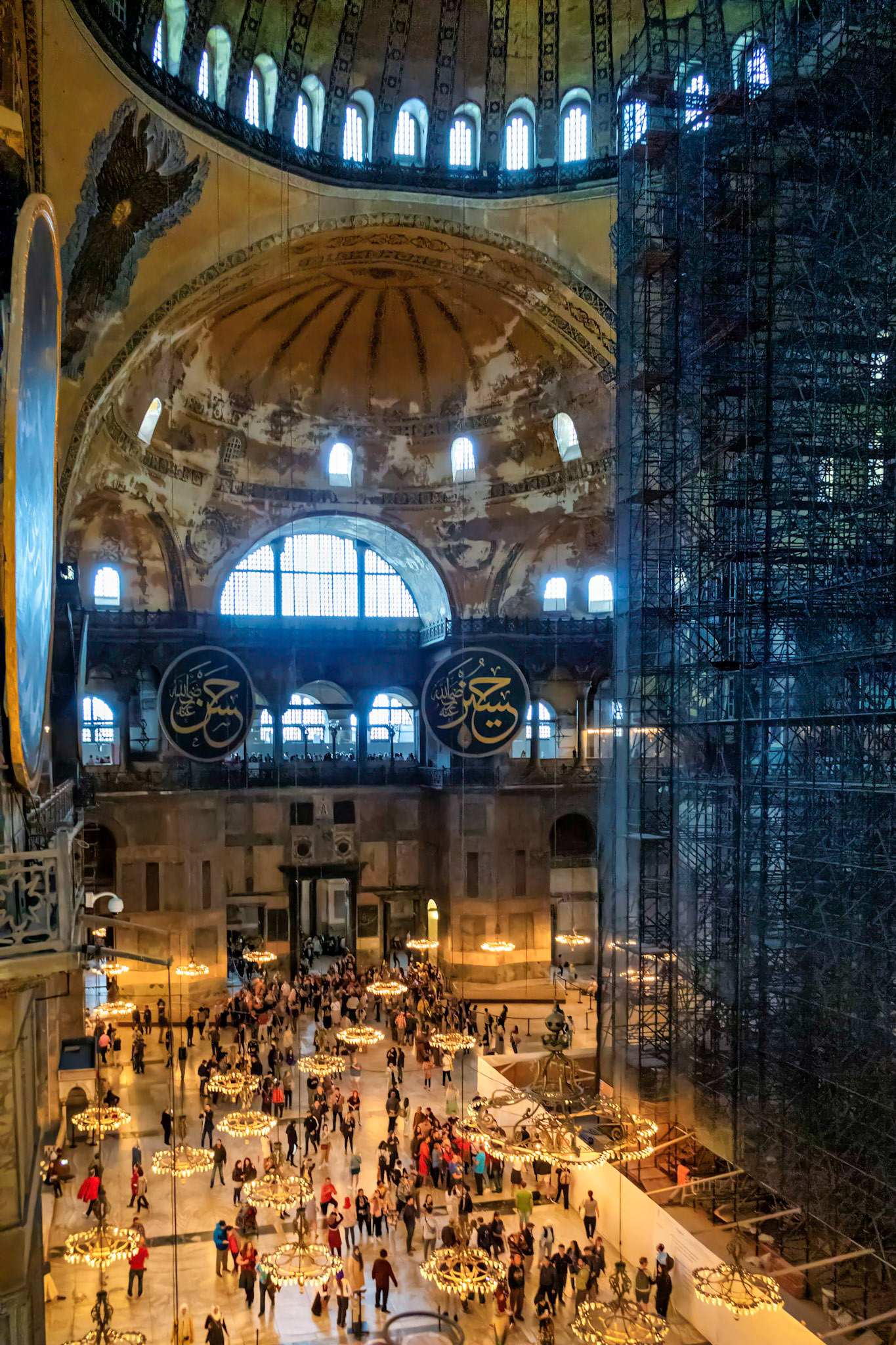
Day 4 View from balcony, Hagia Sophia

Day 4 Vendors along outer wall of Spice Market

Day 4 Suleymaniye Mosque
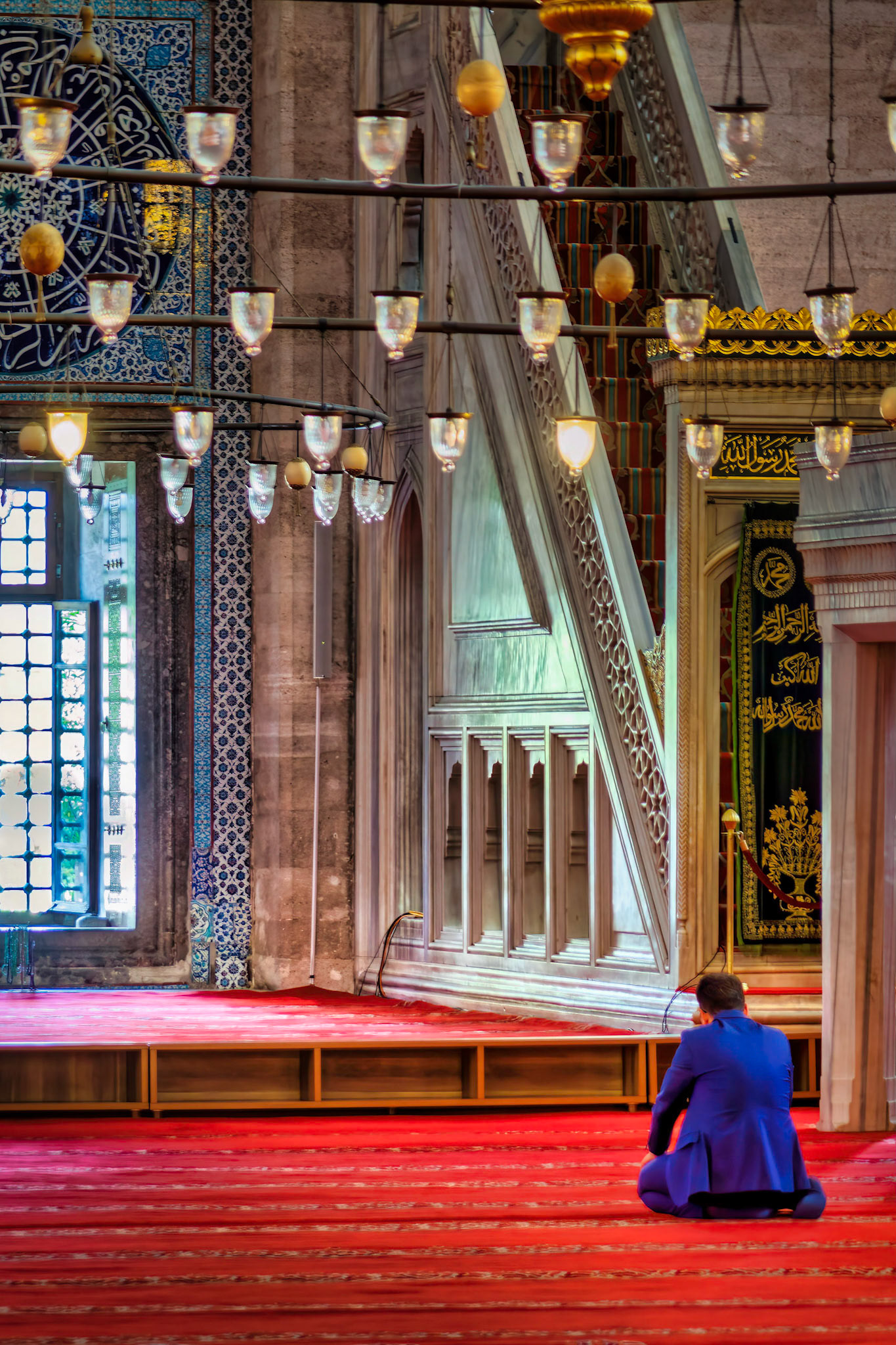
Day 3 Suleymaniye Mosque
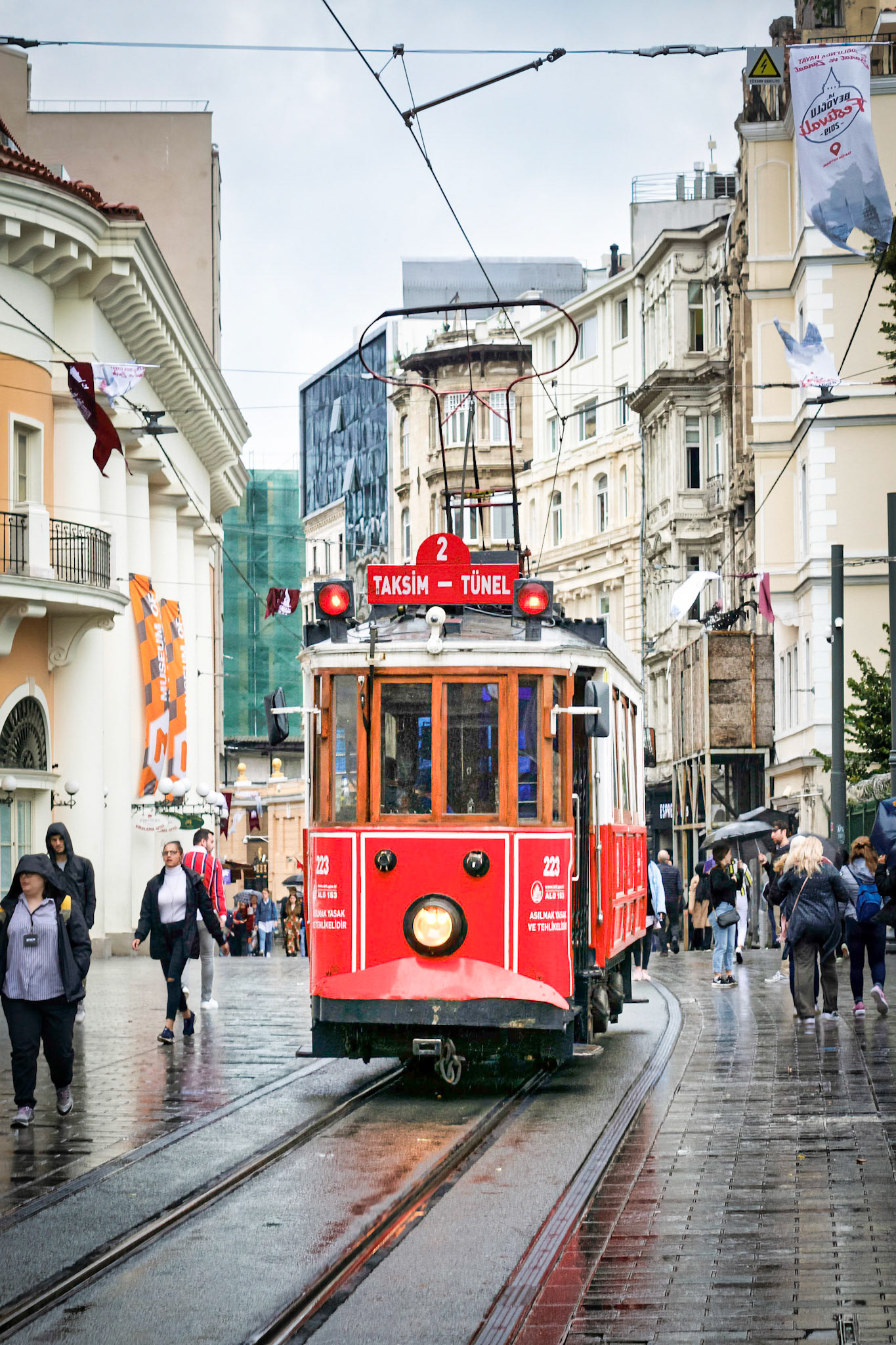
Day 4 Istiklal Caddesi, Istanbul suburb

Day 5 Restaurant for lunch
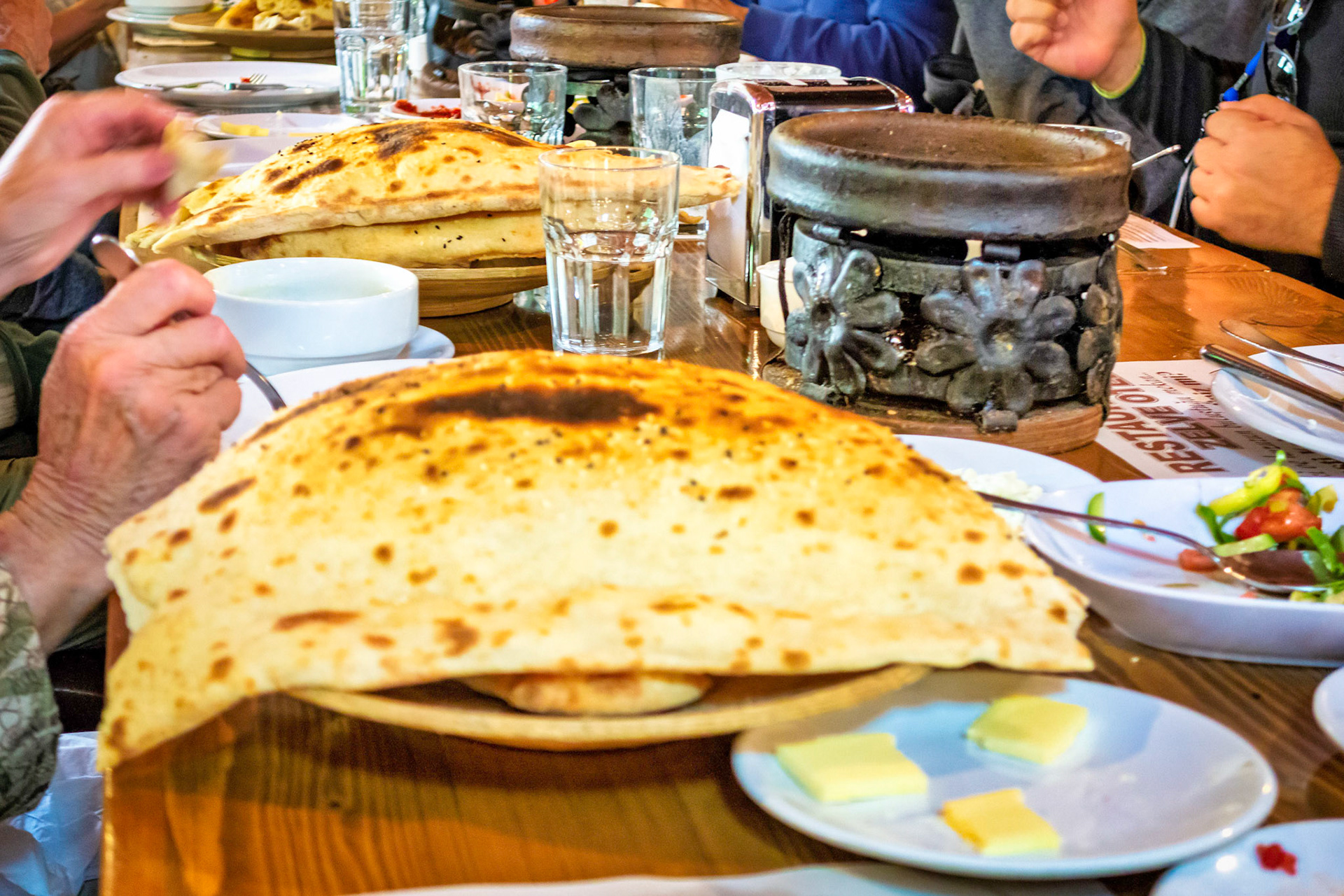
Day 5 Bread at lunch
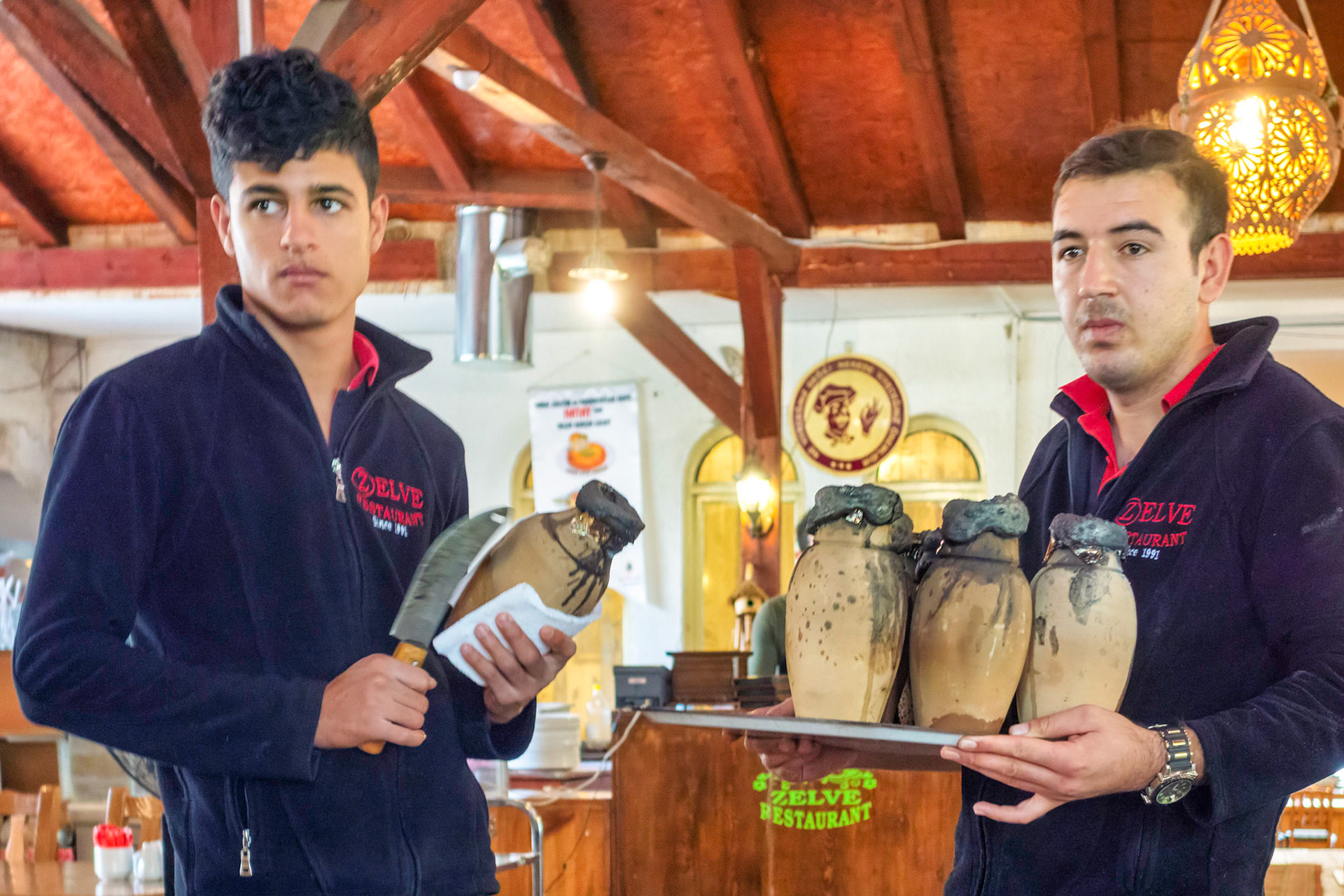
Day 5 Stew jars at lunch
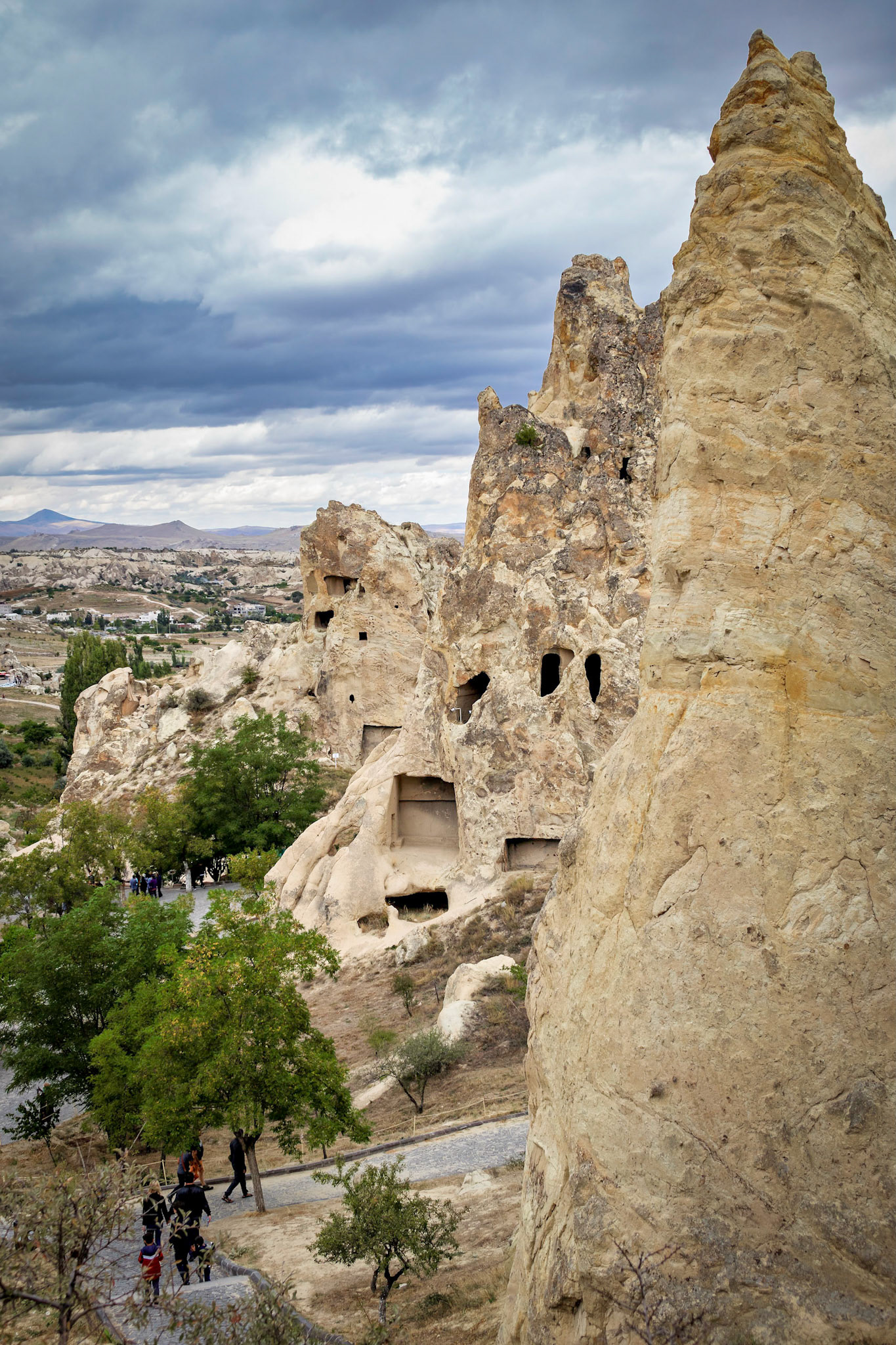
Day 5 Open-Air-Museum
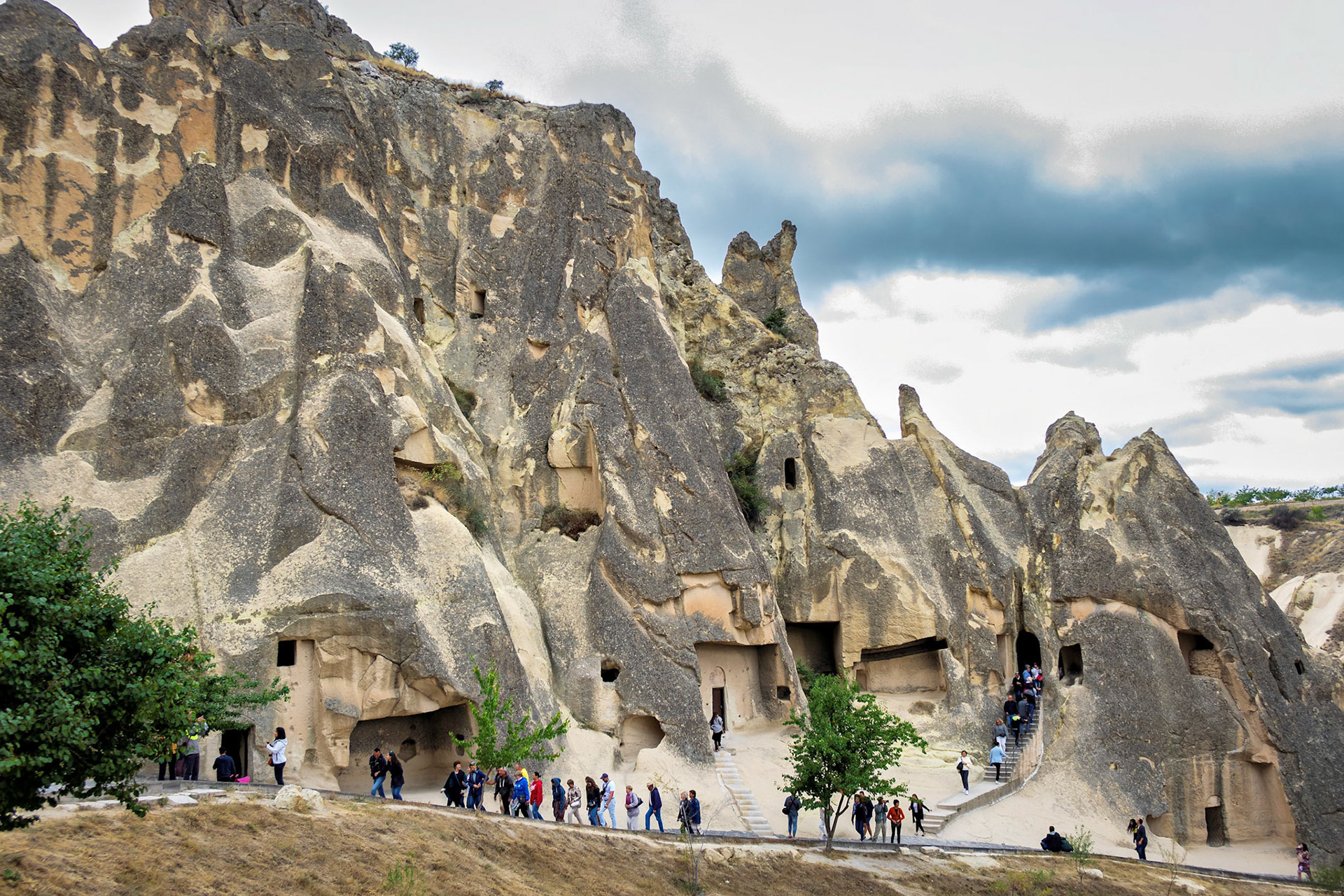
Day 5 Open-Air-Museum

Day 6 Farmers' market, near Çat
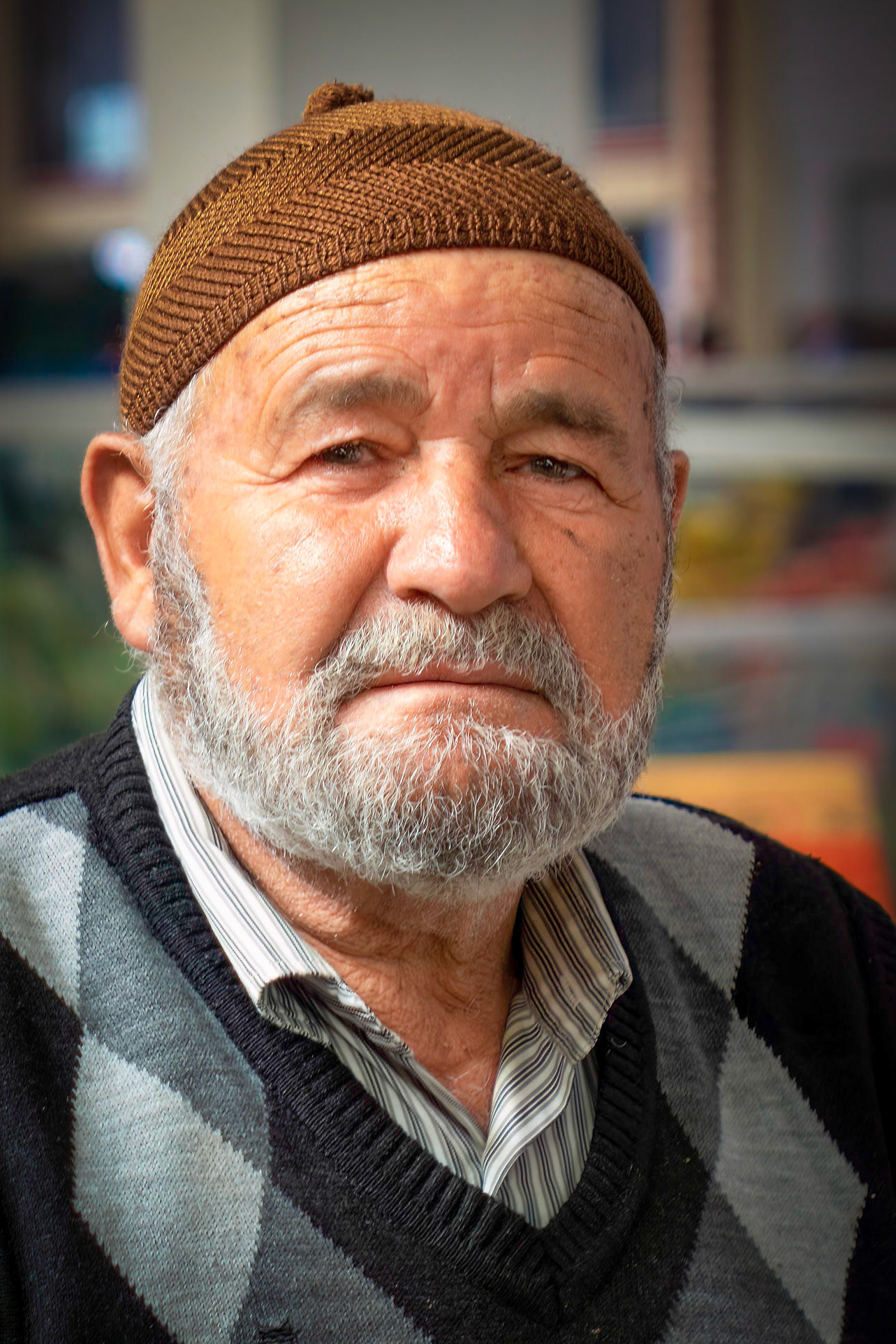
Day 6 Farmers' market, near Çat
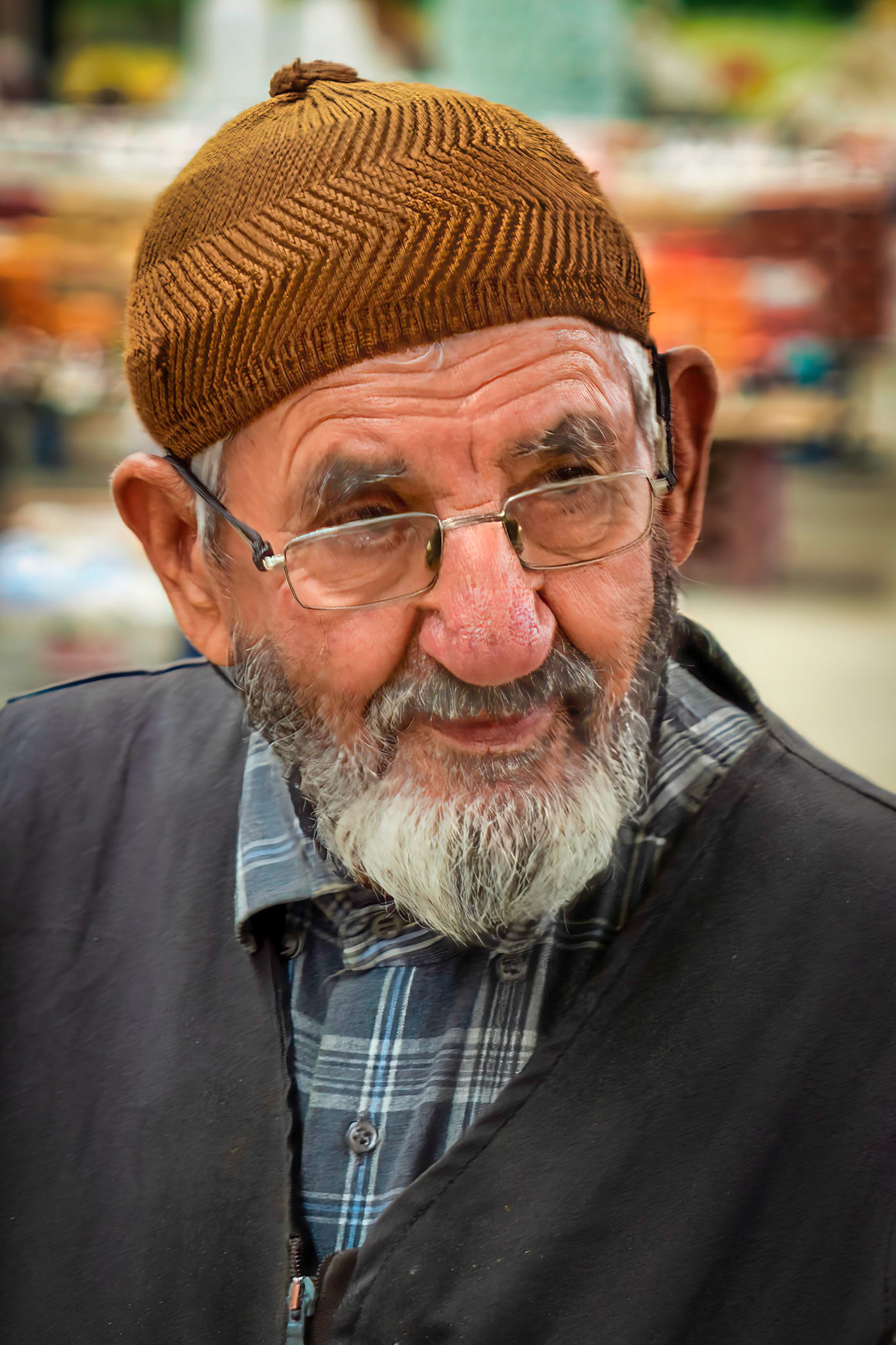
Day 6 Farmers' market, near Çat
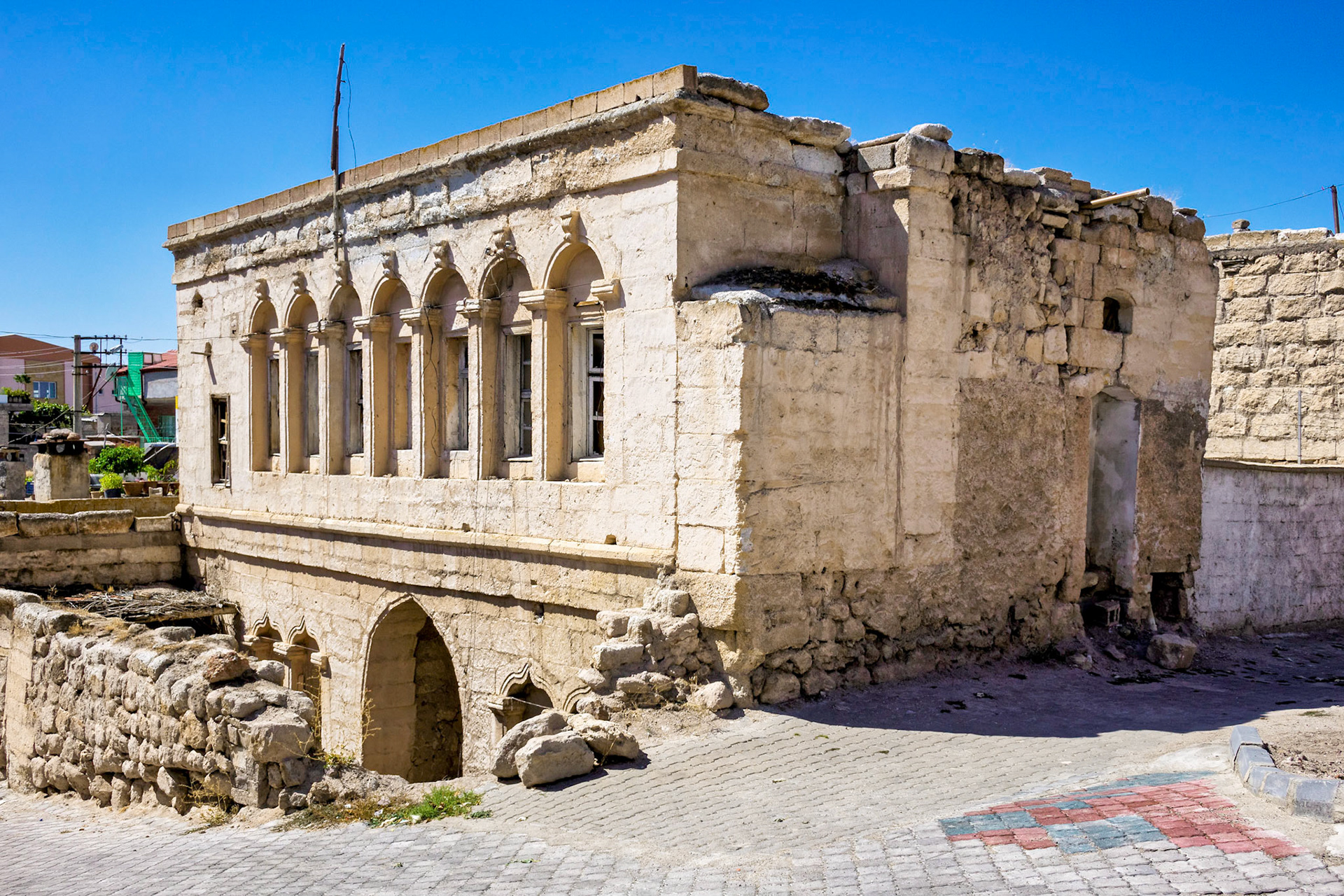
Day 6 Old house, Çat
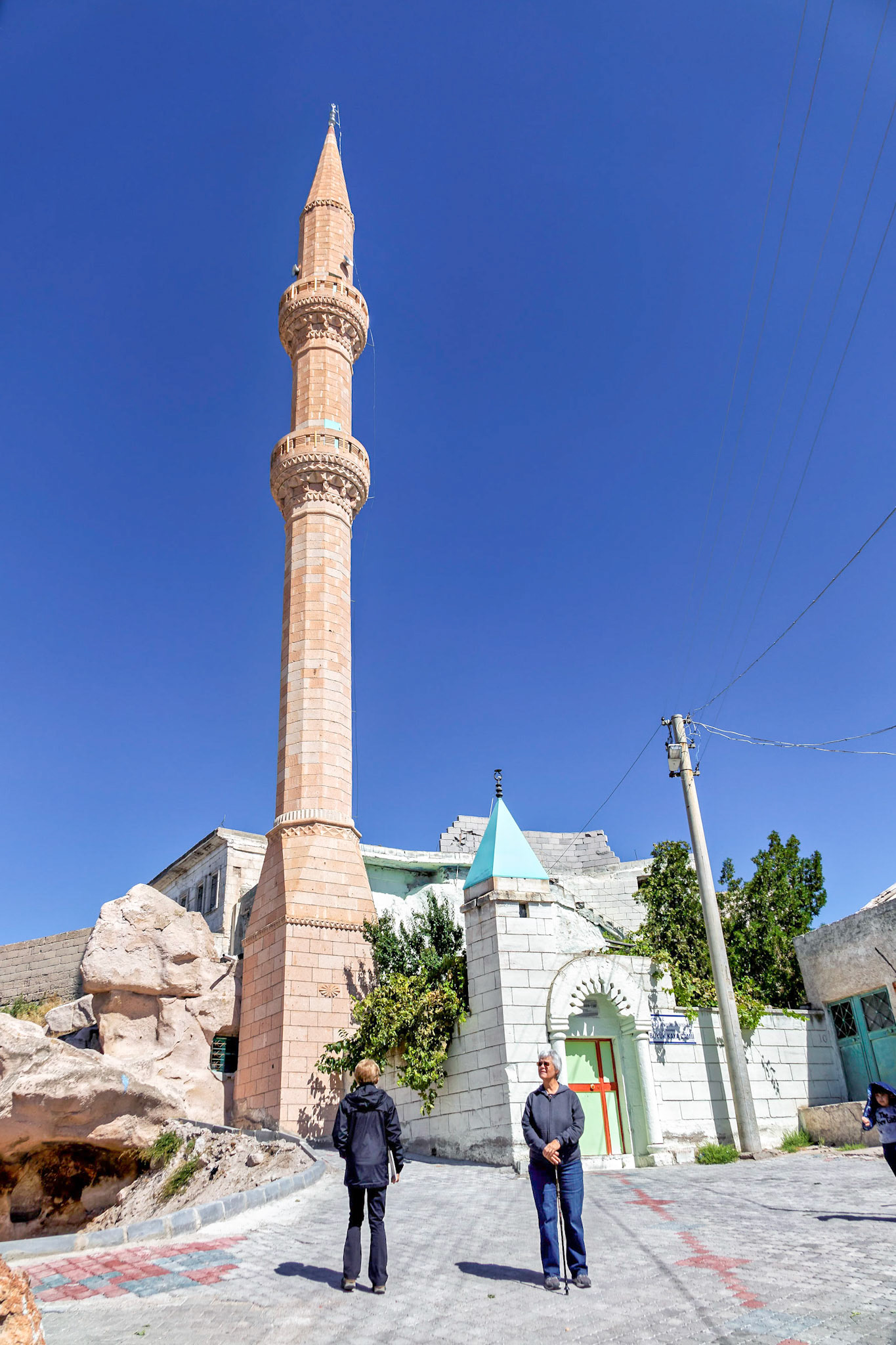
Day 6 Mosque, Çat

Day 6 Çat
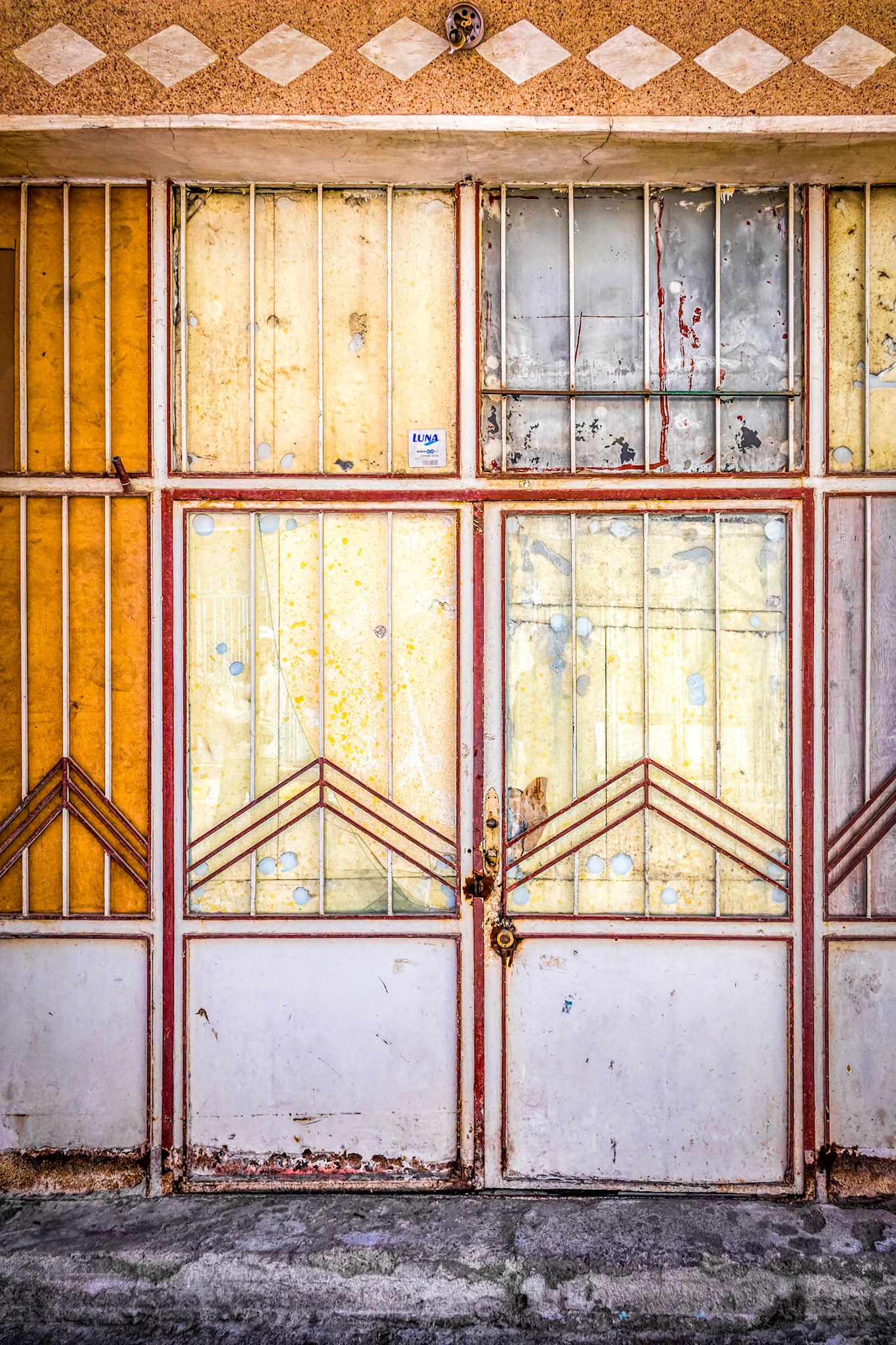
Day 6 Çat
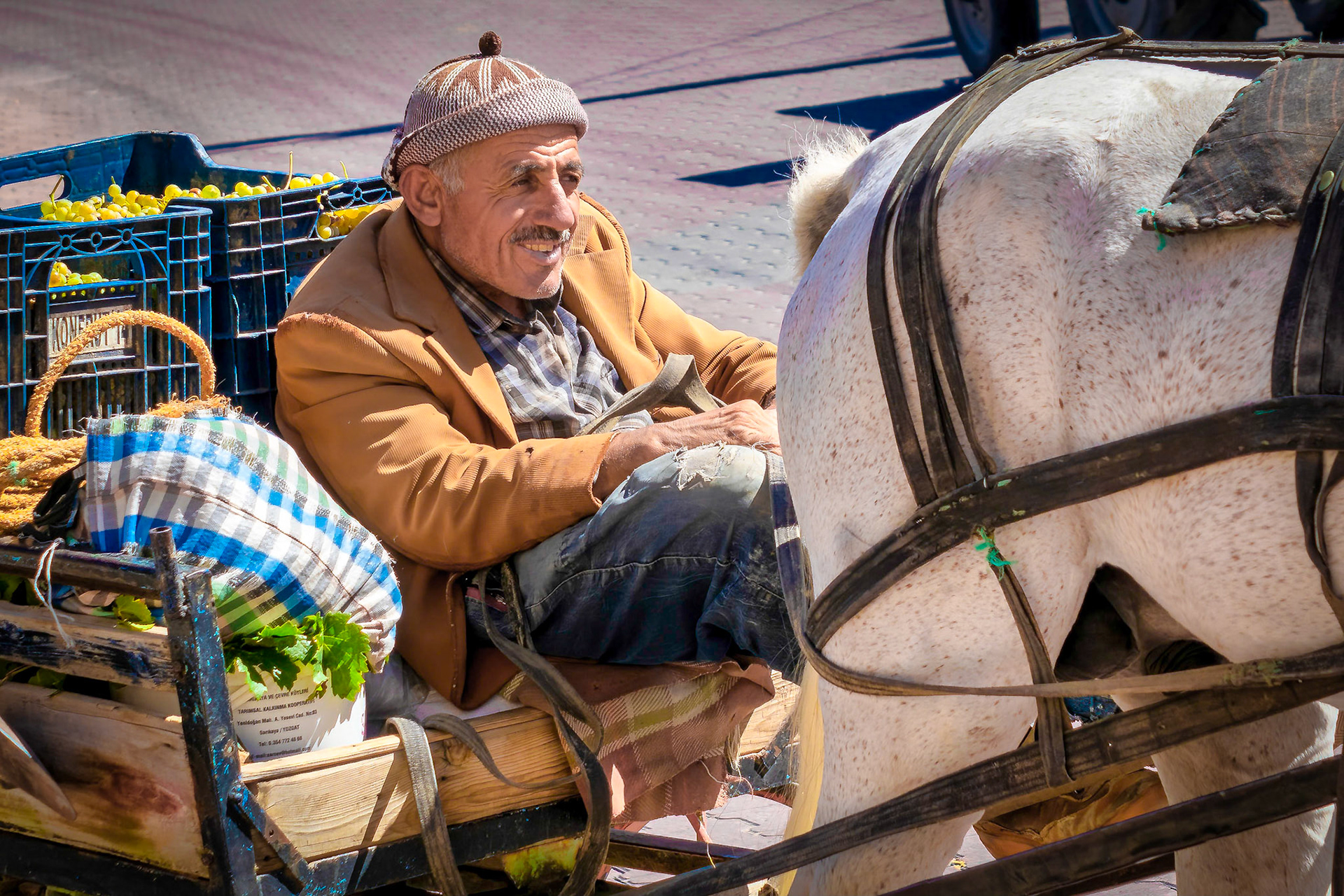
Day 6 Cart driver in Çat
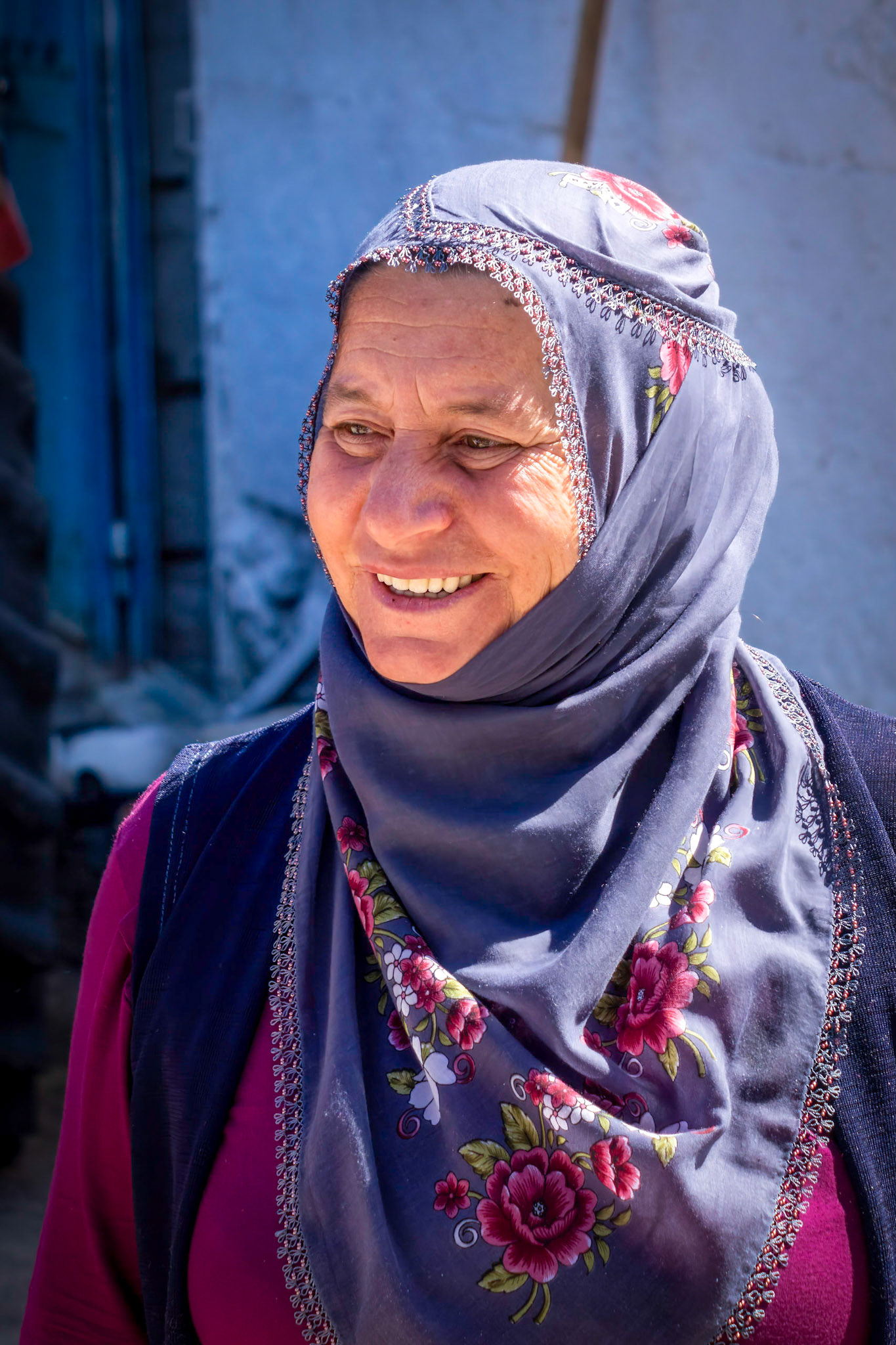
Day 6 Hostess for lunch in Çat
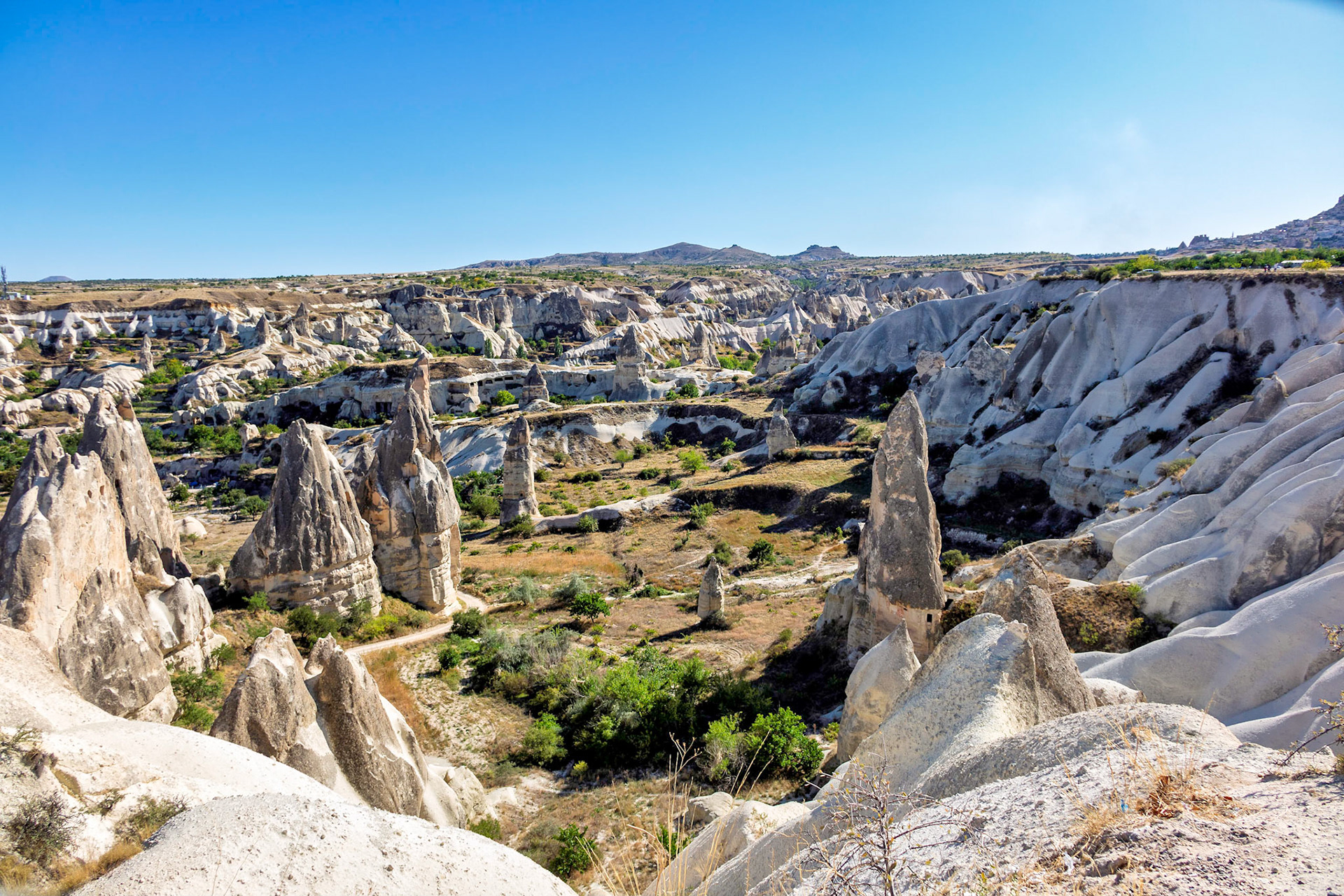
Day 6 Park where we walked
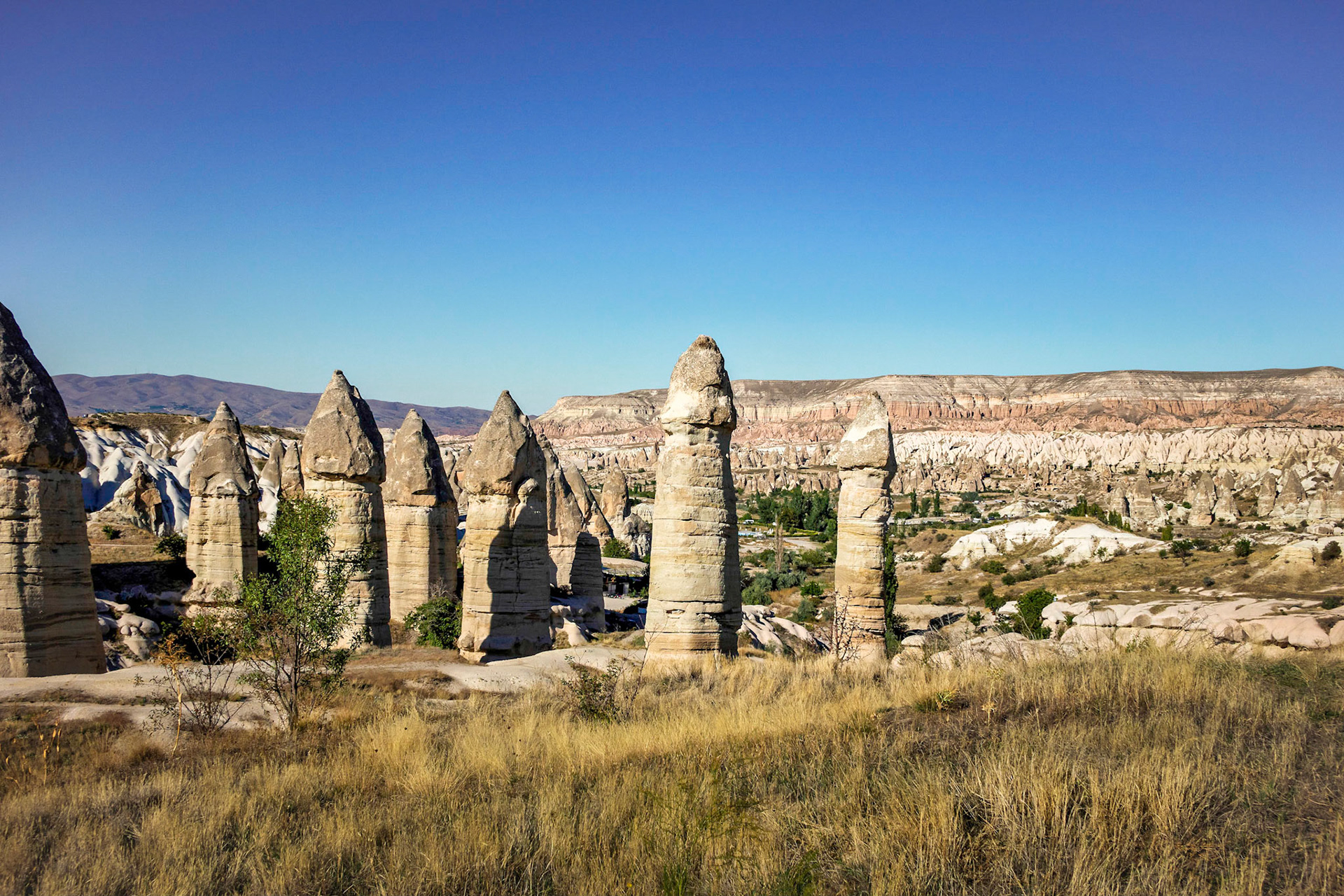
Day 6 Park where we walked
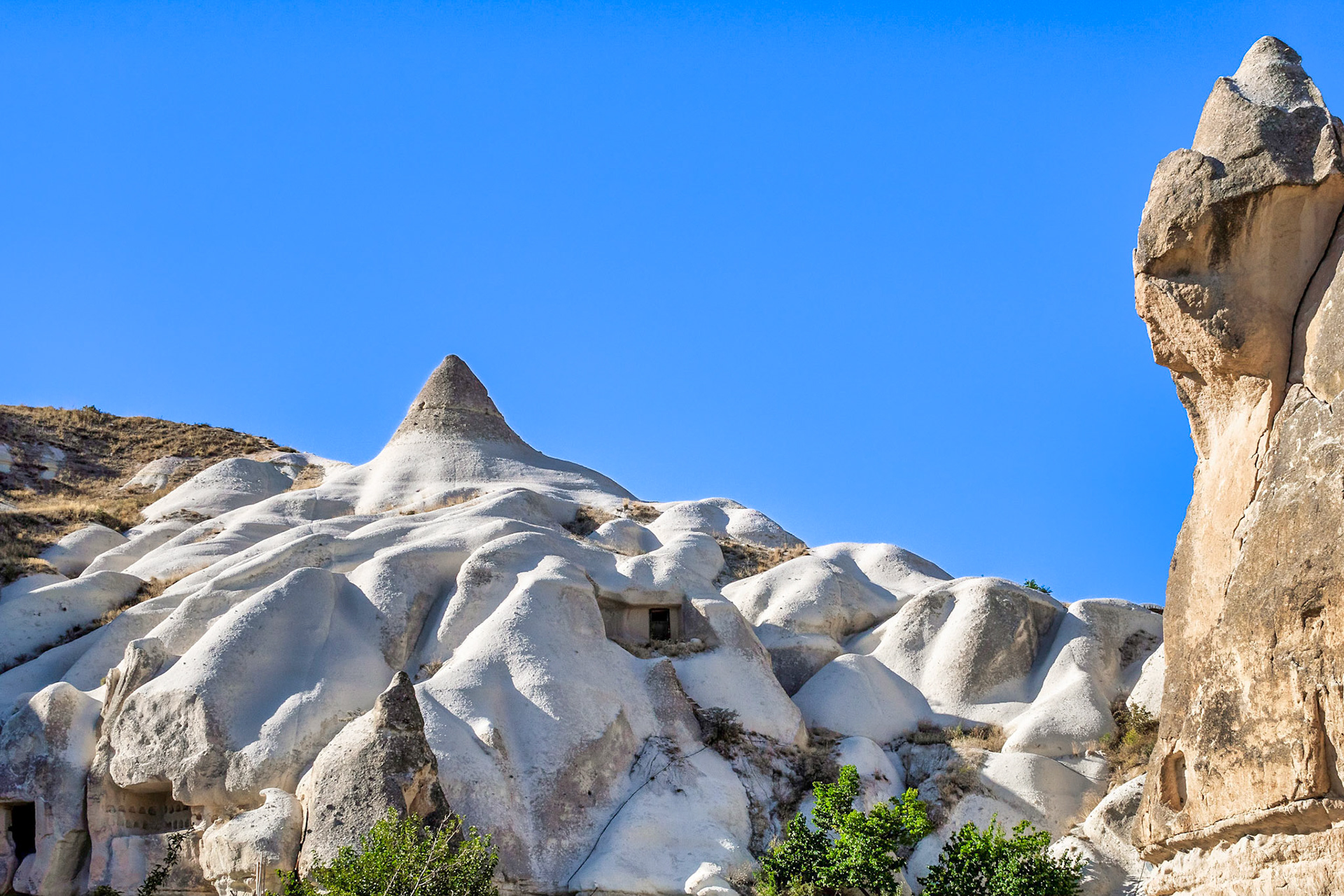
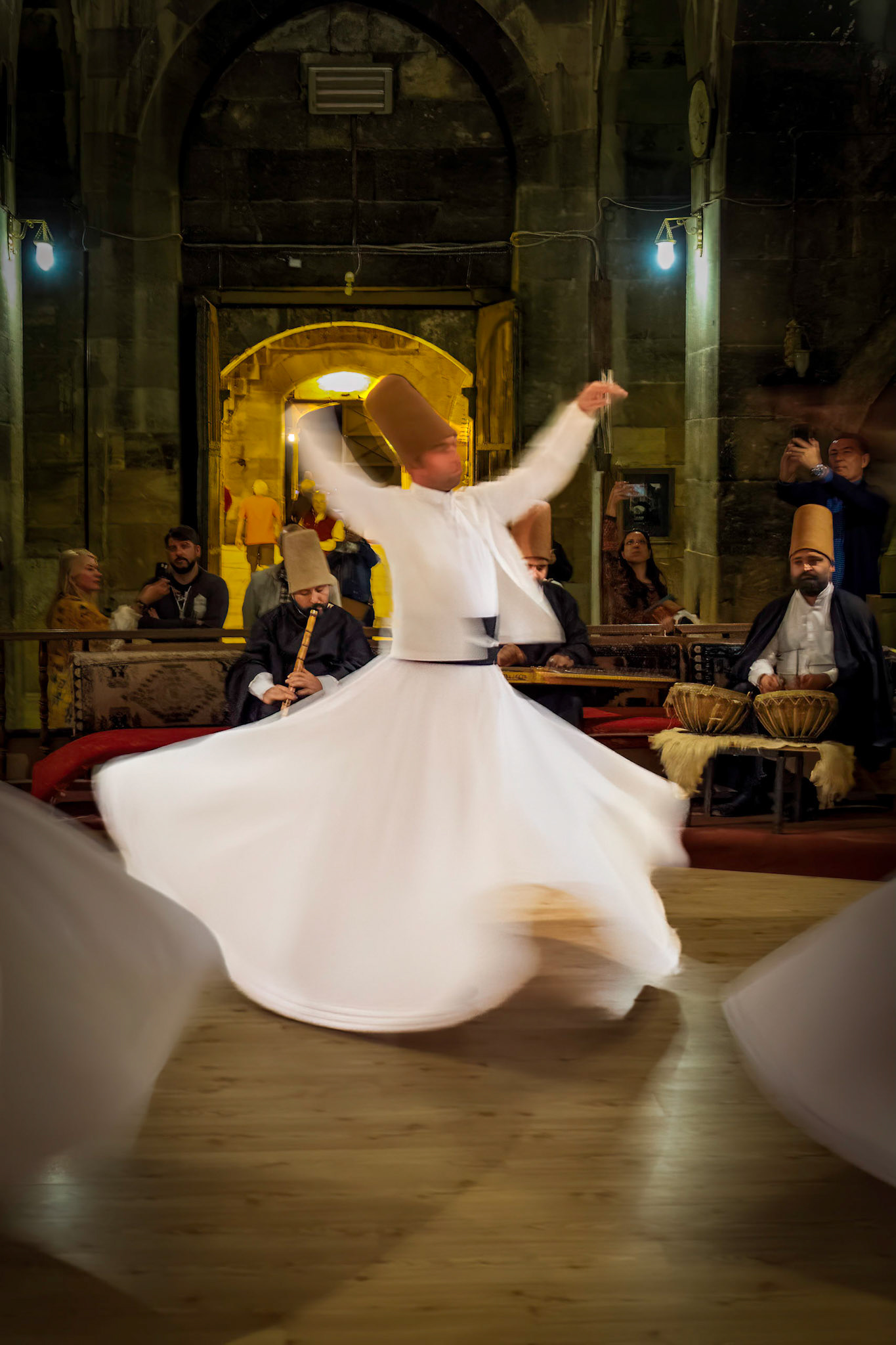
Day 6 Dervish

Day 7 View from balloon

Day 7 View from balloon
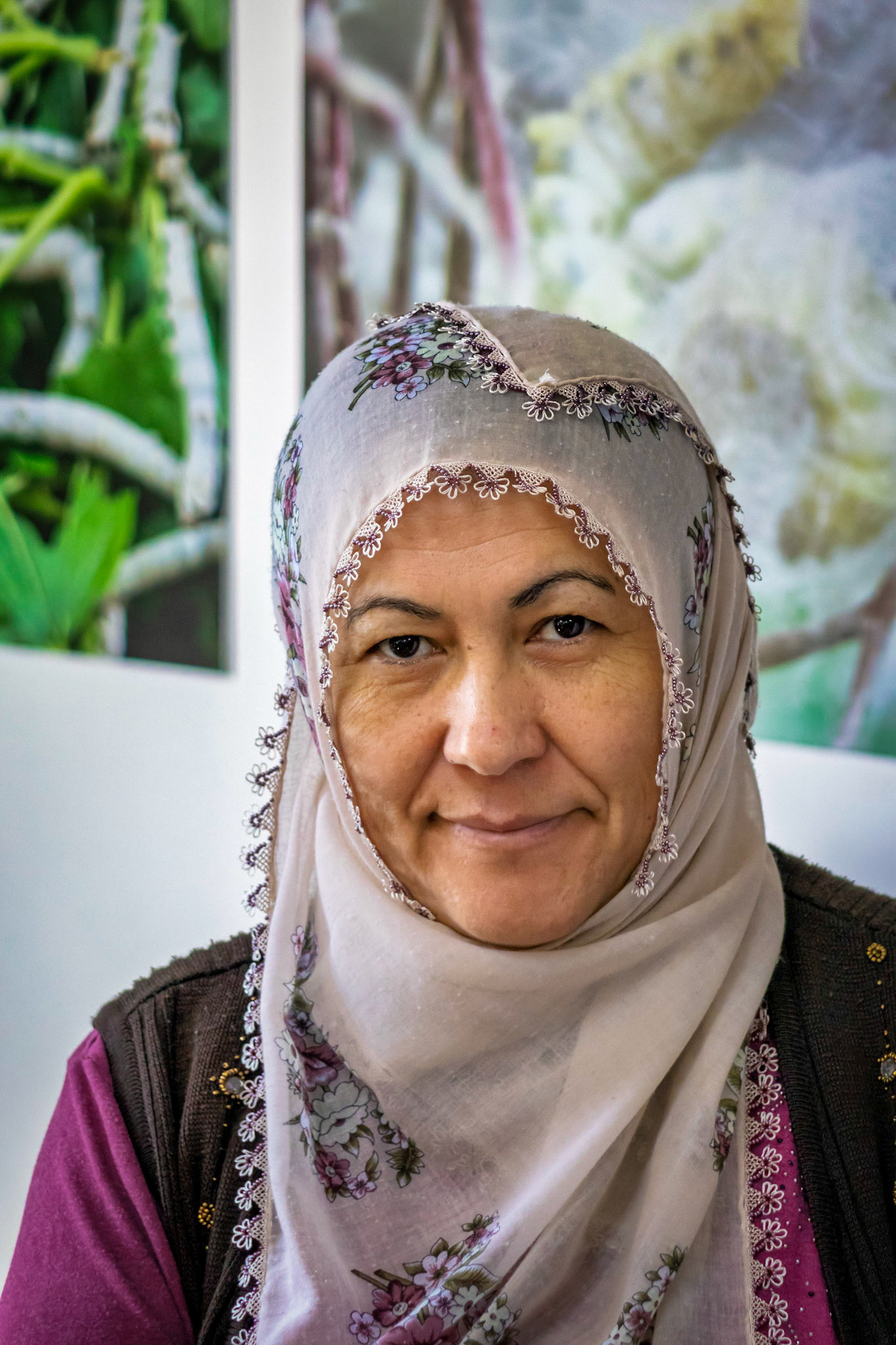

Day 7 Underground city of Kaymakli
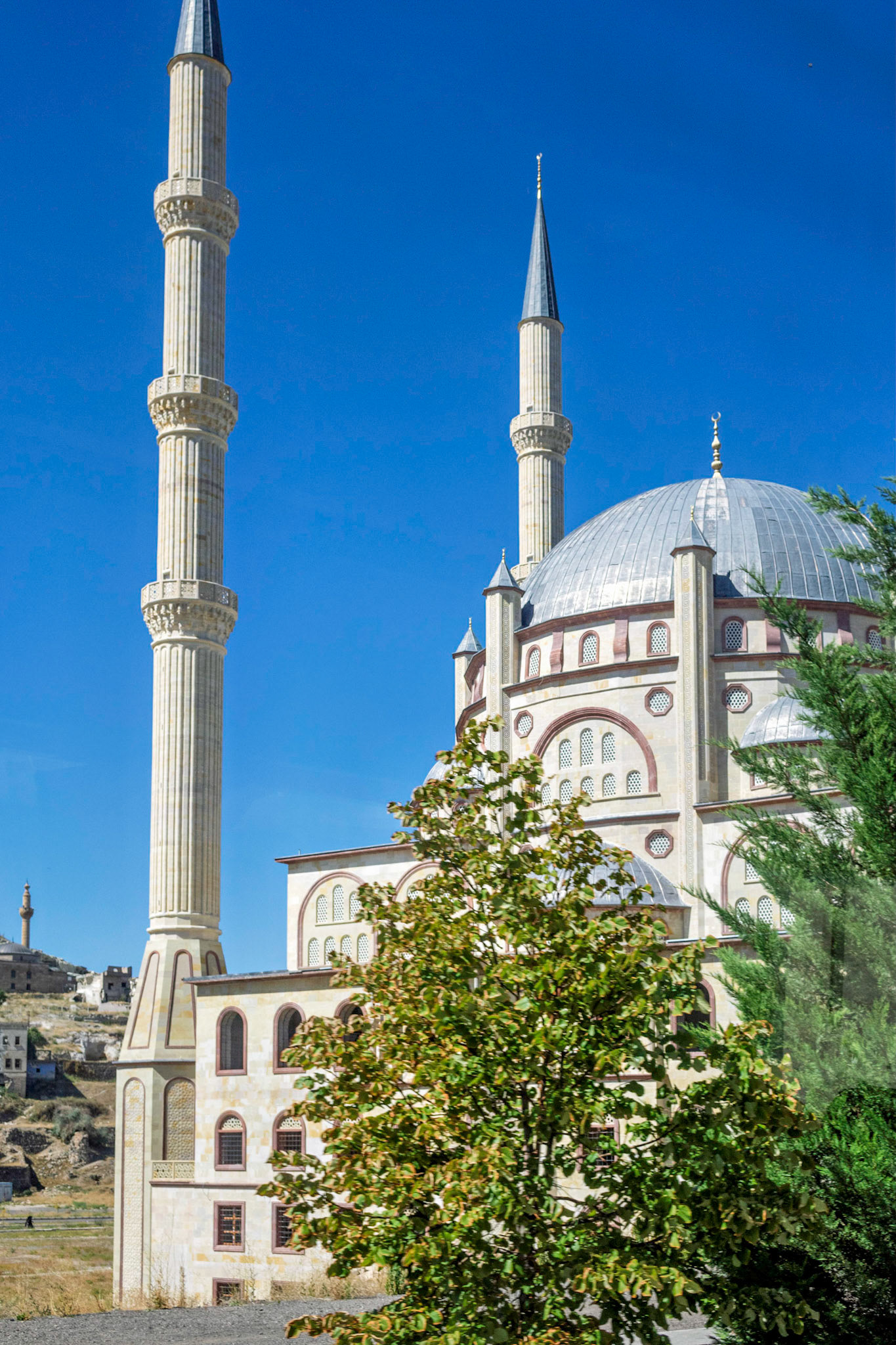
Day 7 Rural mosque, near where we had lunch
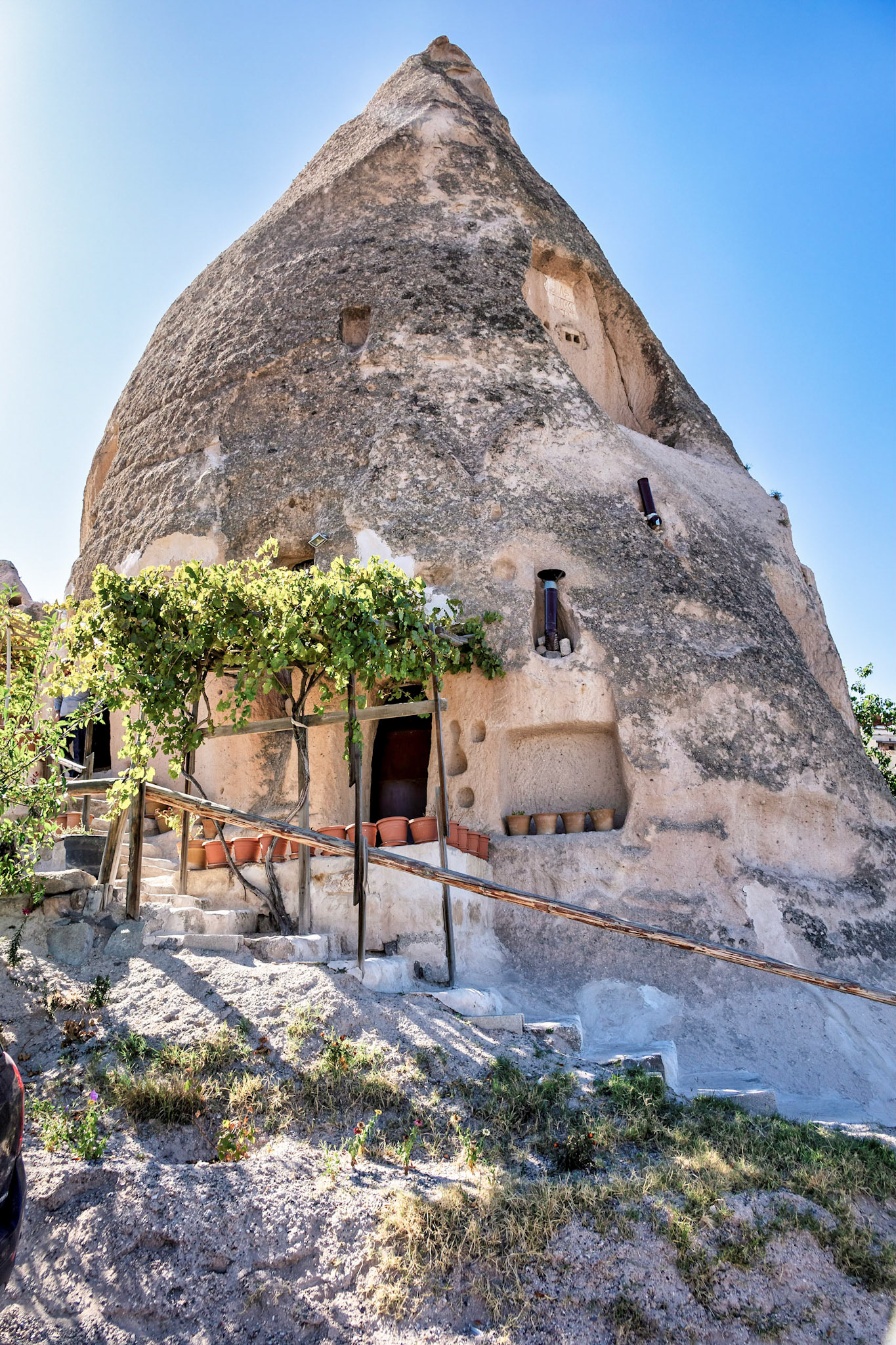
Day 7 House at top of Guvercinlik Valley, cut into rock
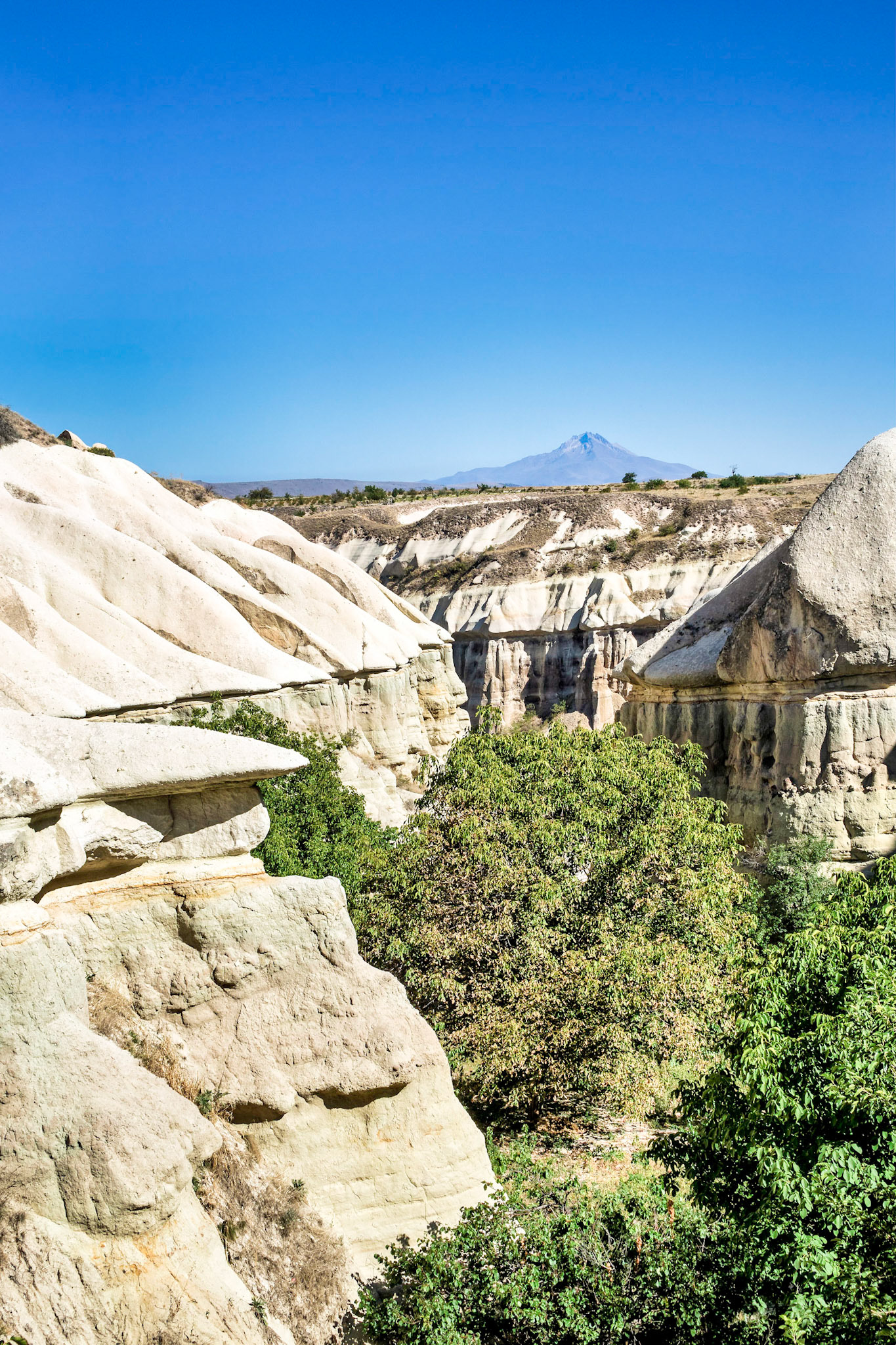
Day 7 Guvercinlik Valley

Day 8 Shrine containing the tomb of Rumi
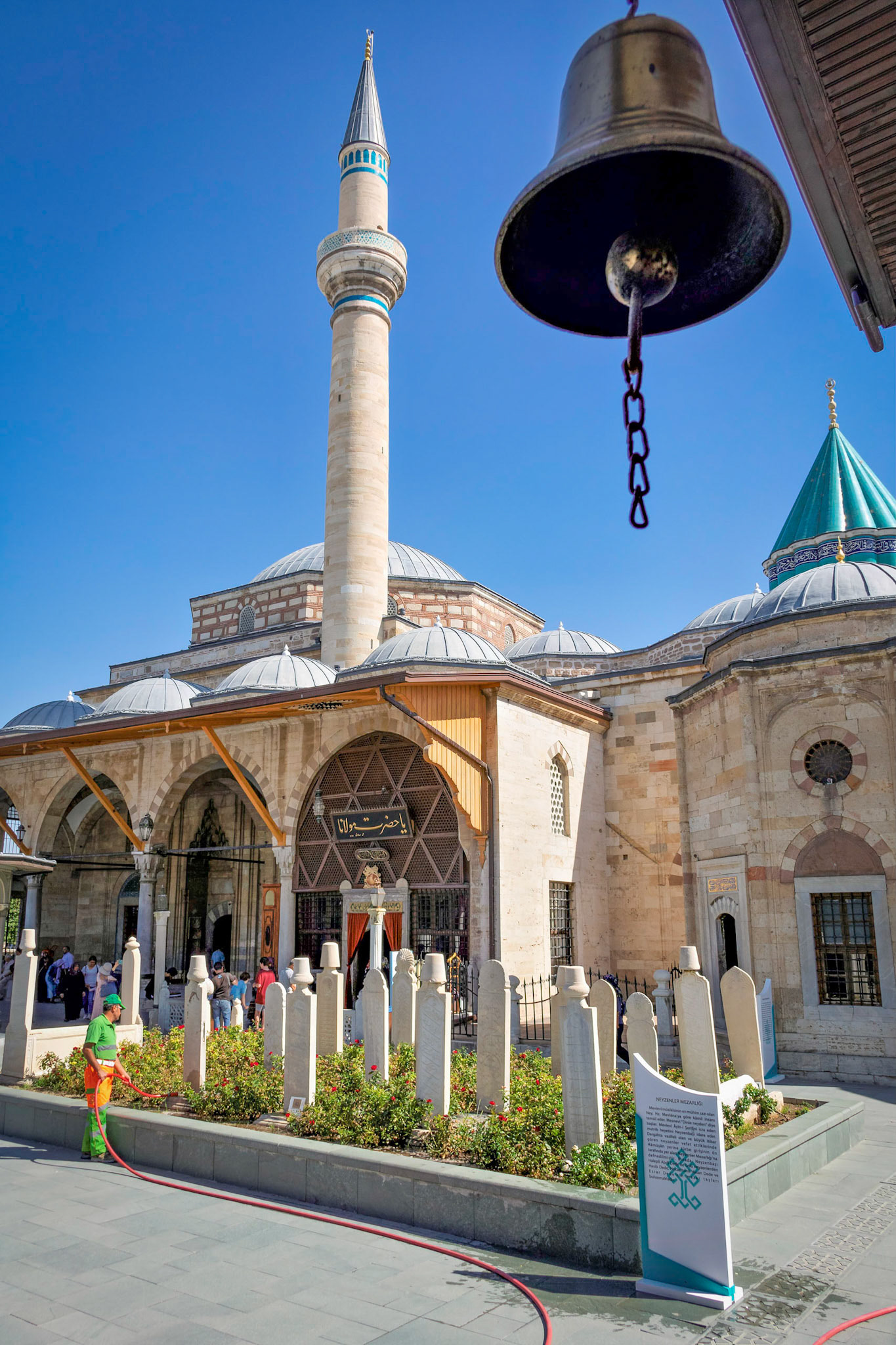
Day 8 Building with Rumi's tomb

Day 8 Taurus Mountains
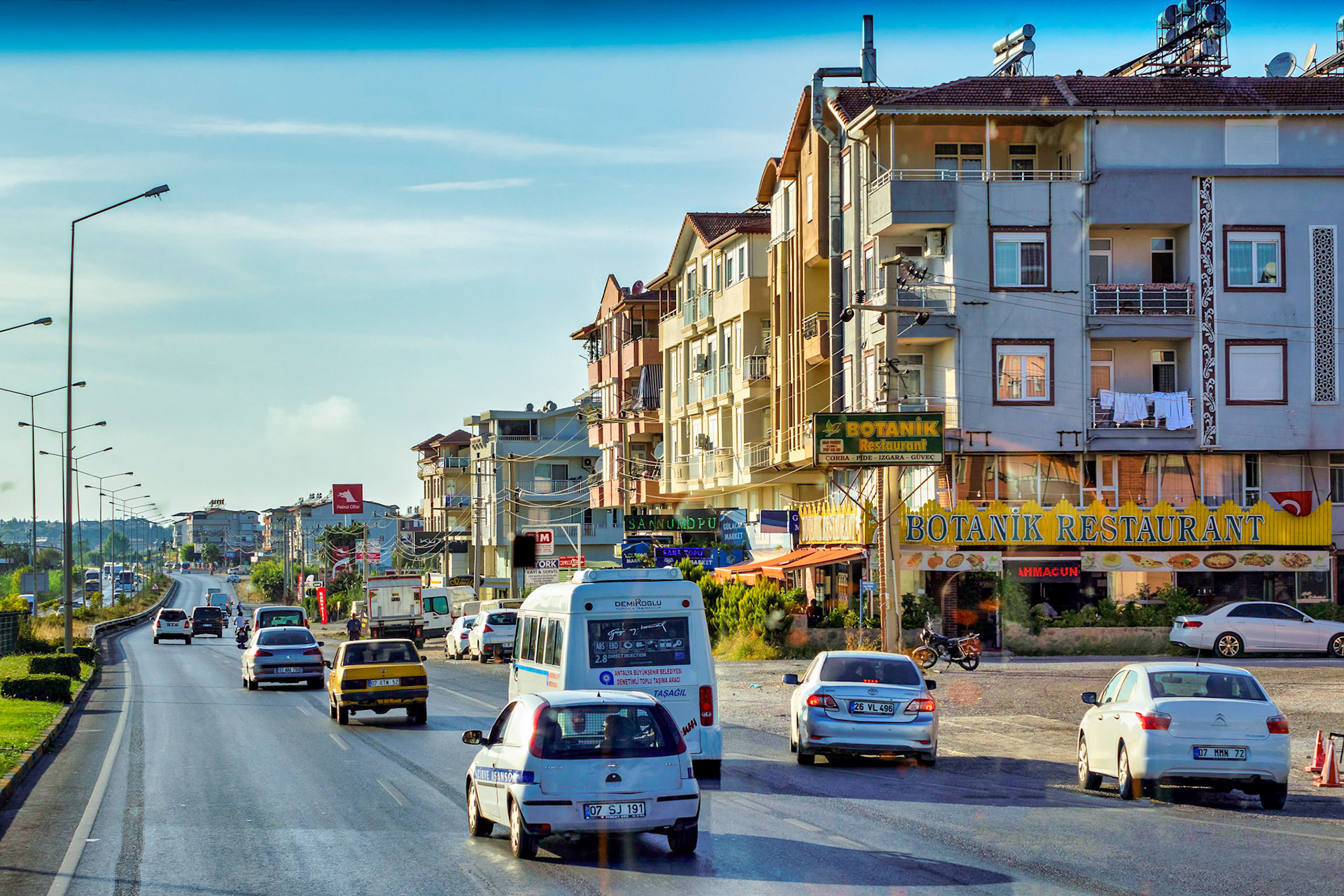
Day 8 Entering Antalya, through bus windshield
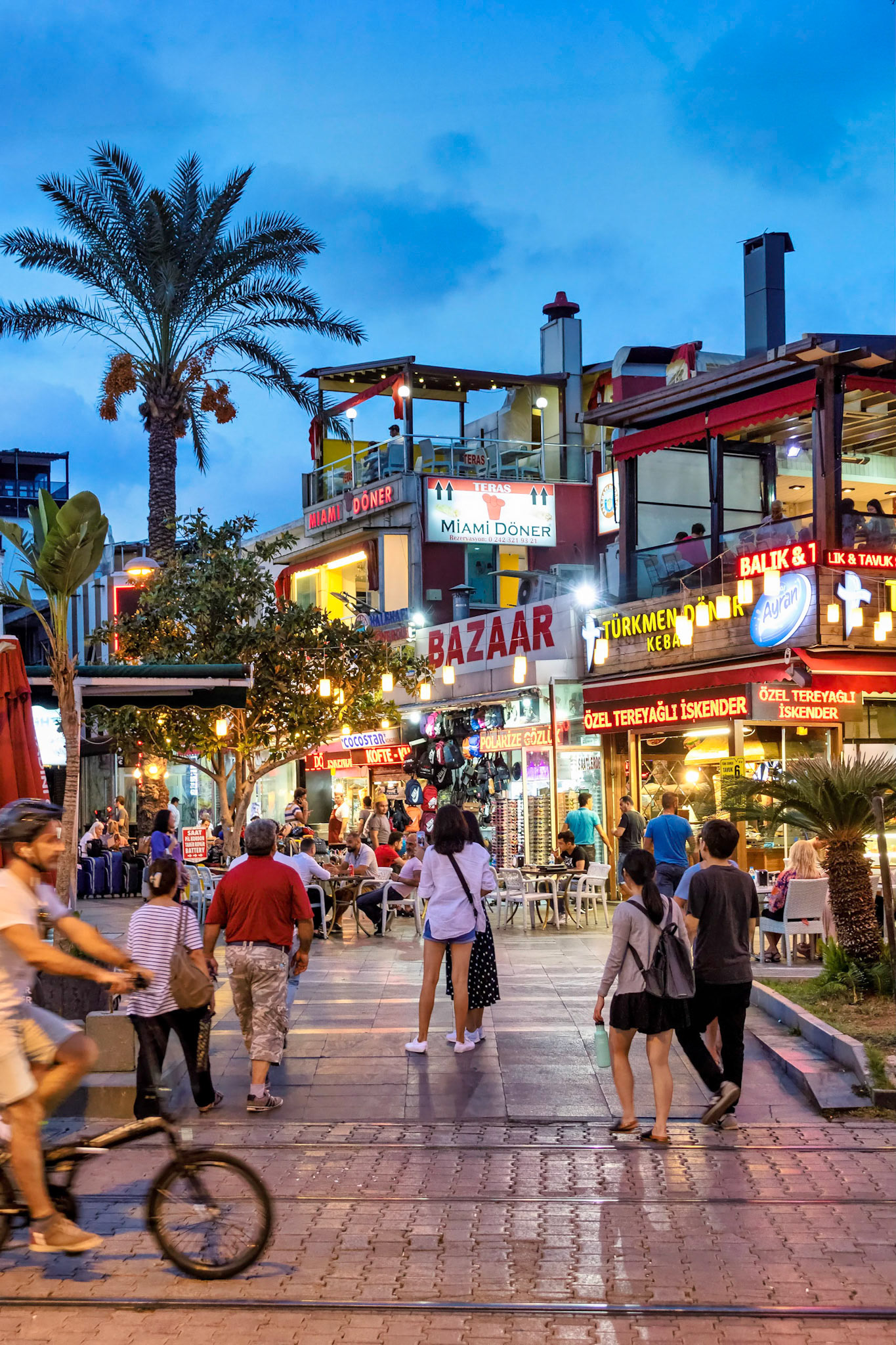
Day 8 Near hotel, Antalya
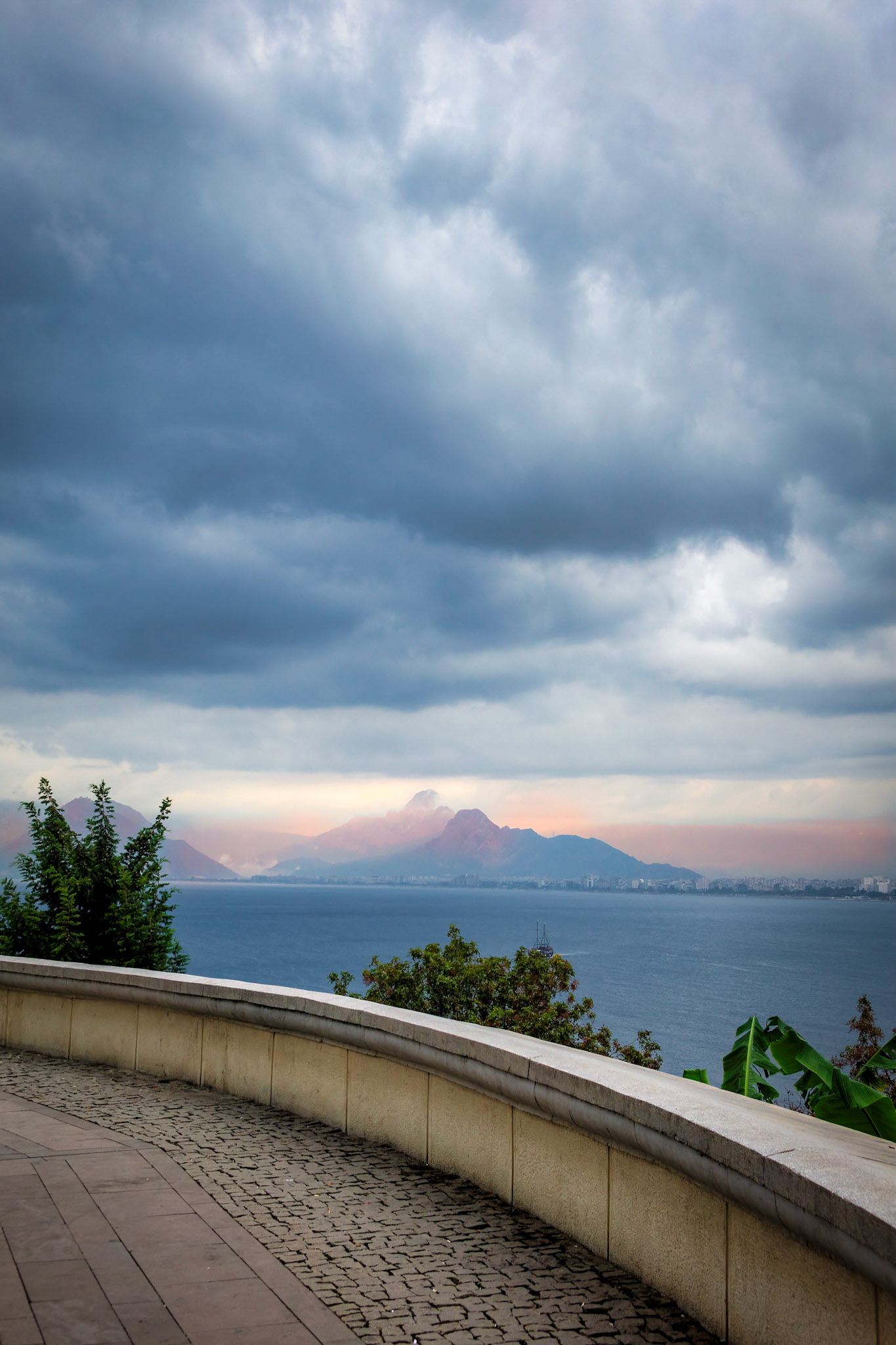
Day 9 Scene on morning walk, Antalya
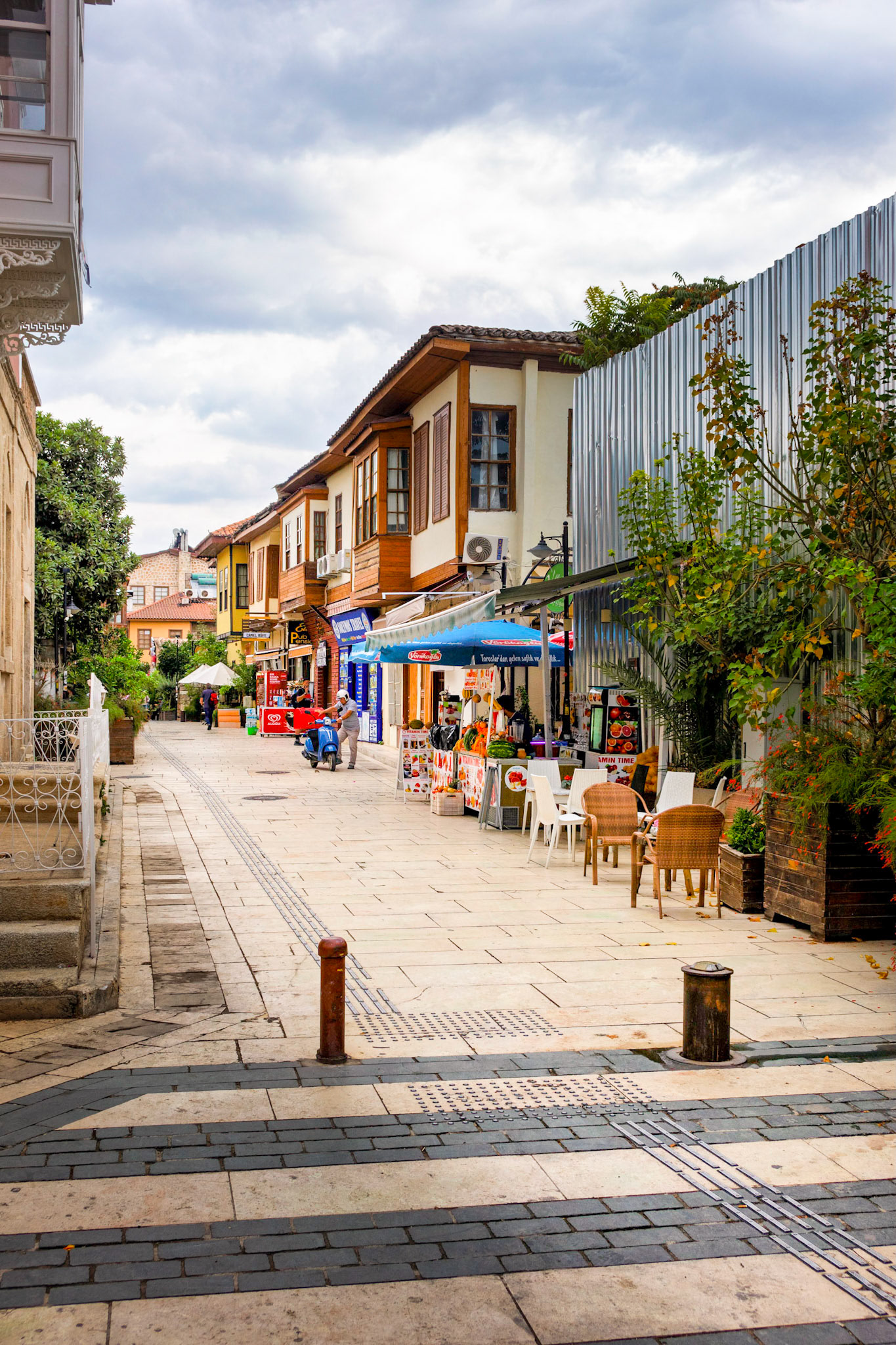
Day 0 Street in Old Antalya, note stipes on sidewalk for visually impaired

Day 9 Delivery man, Anatalya

Day 9 Street of shops, Antalya
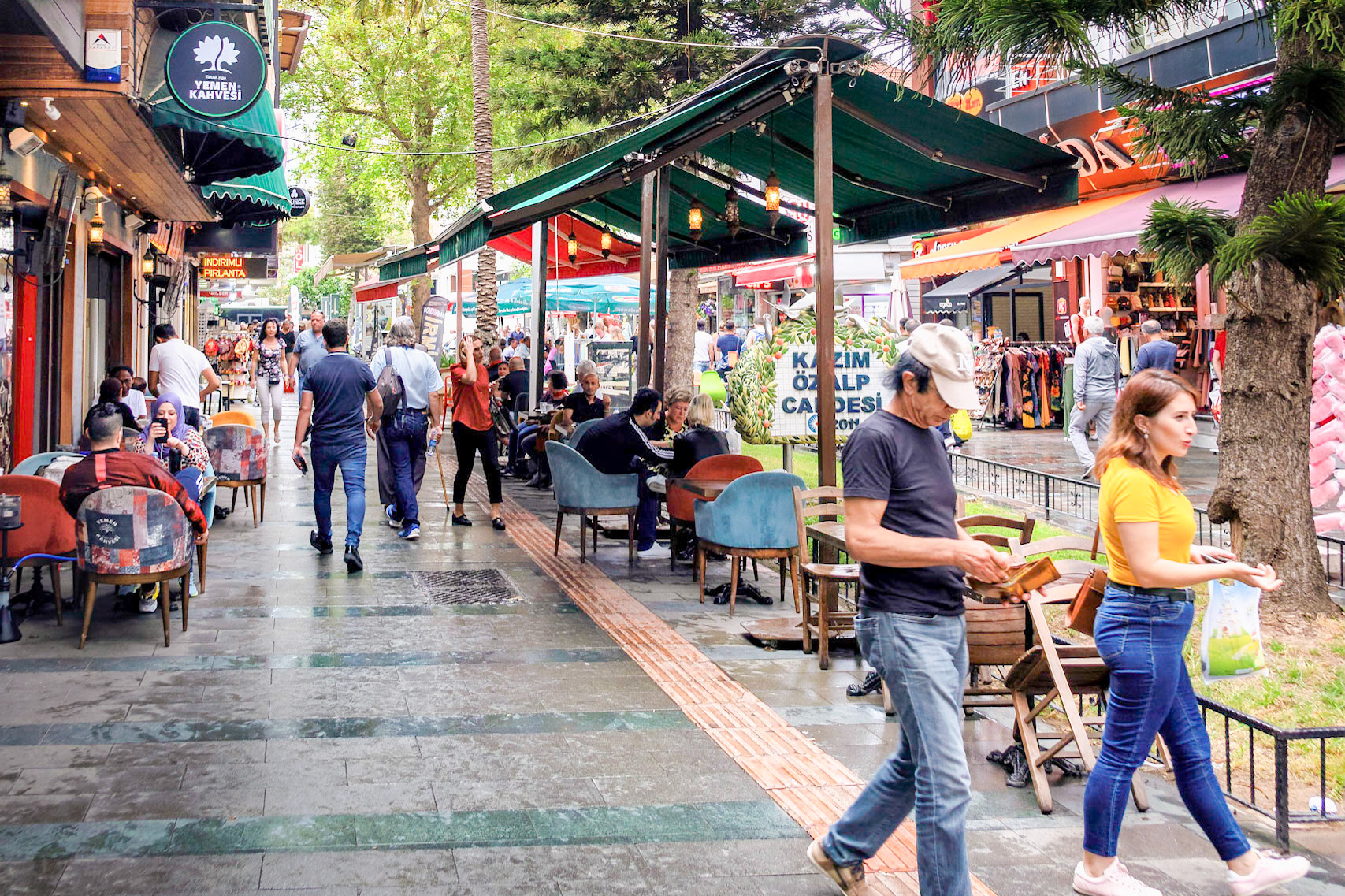
Day 9 Street outside lunch restaurant, Antalya

Day 9 Streetcars near hotel, Antalya
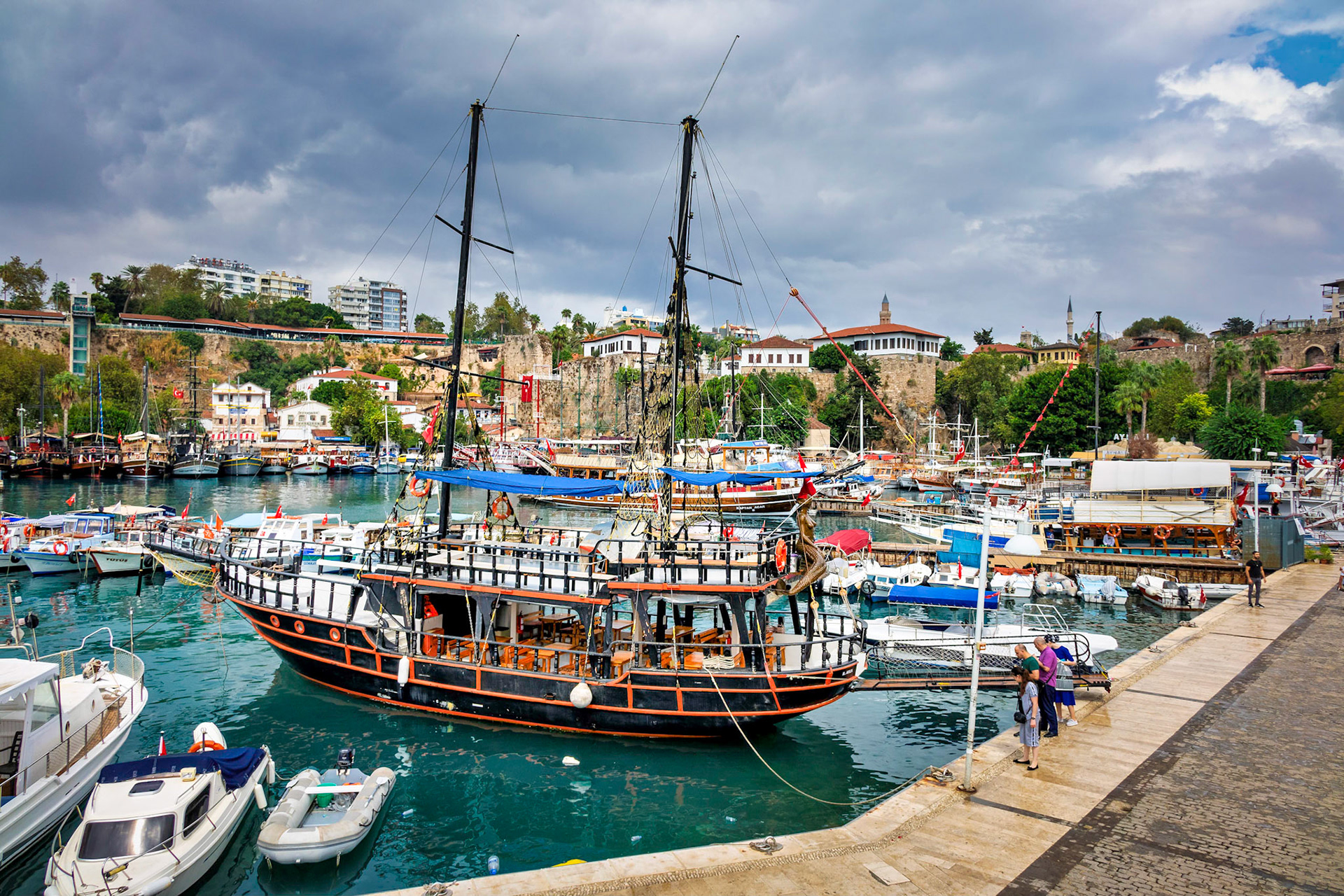
Day 9 Antalya marina
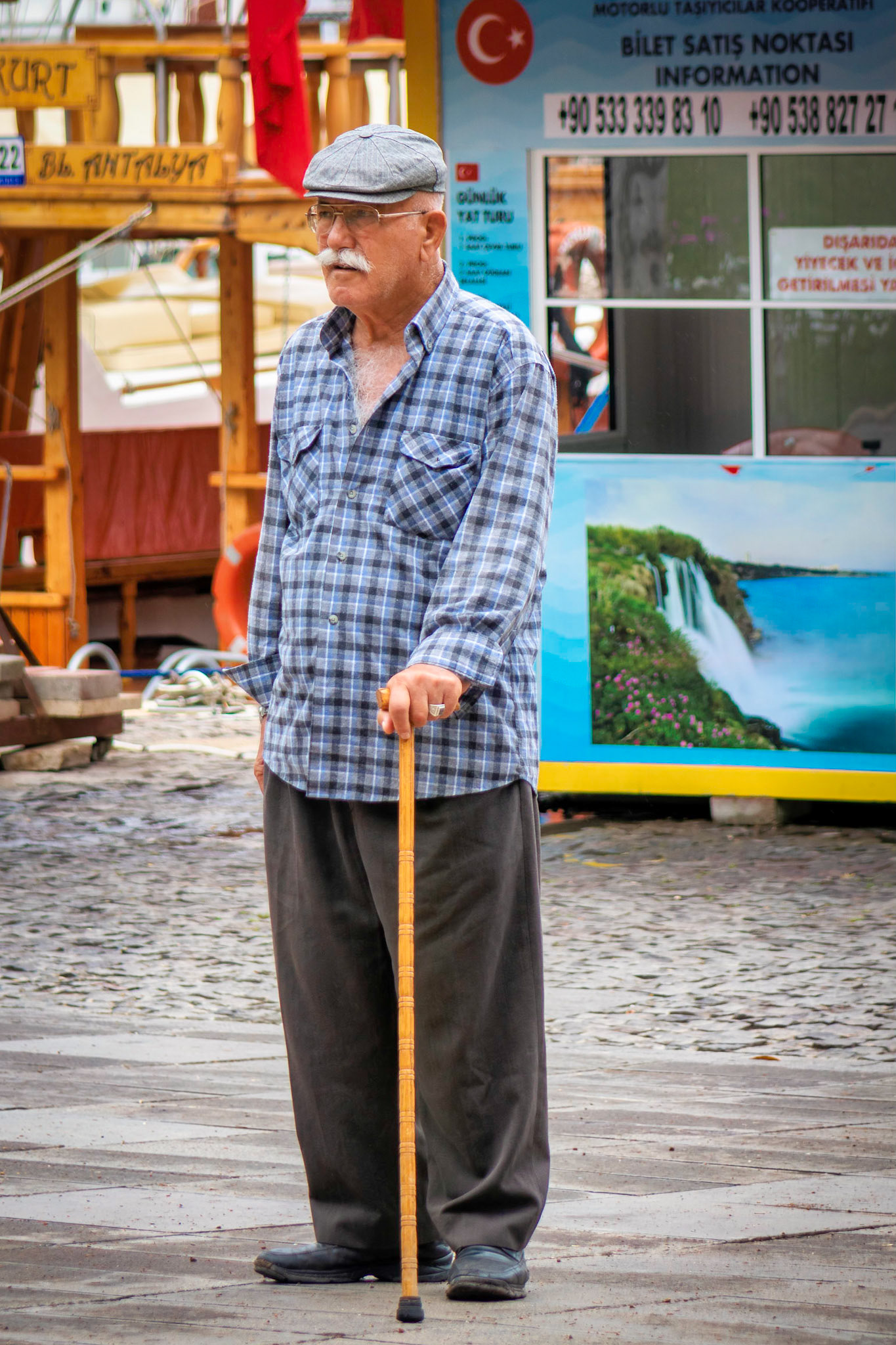
Day 9 Man at Antalya marina
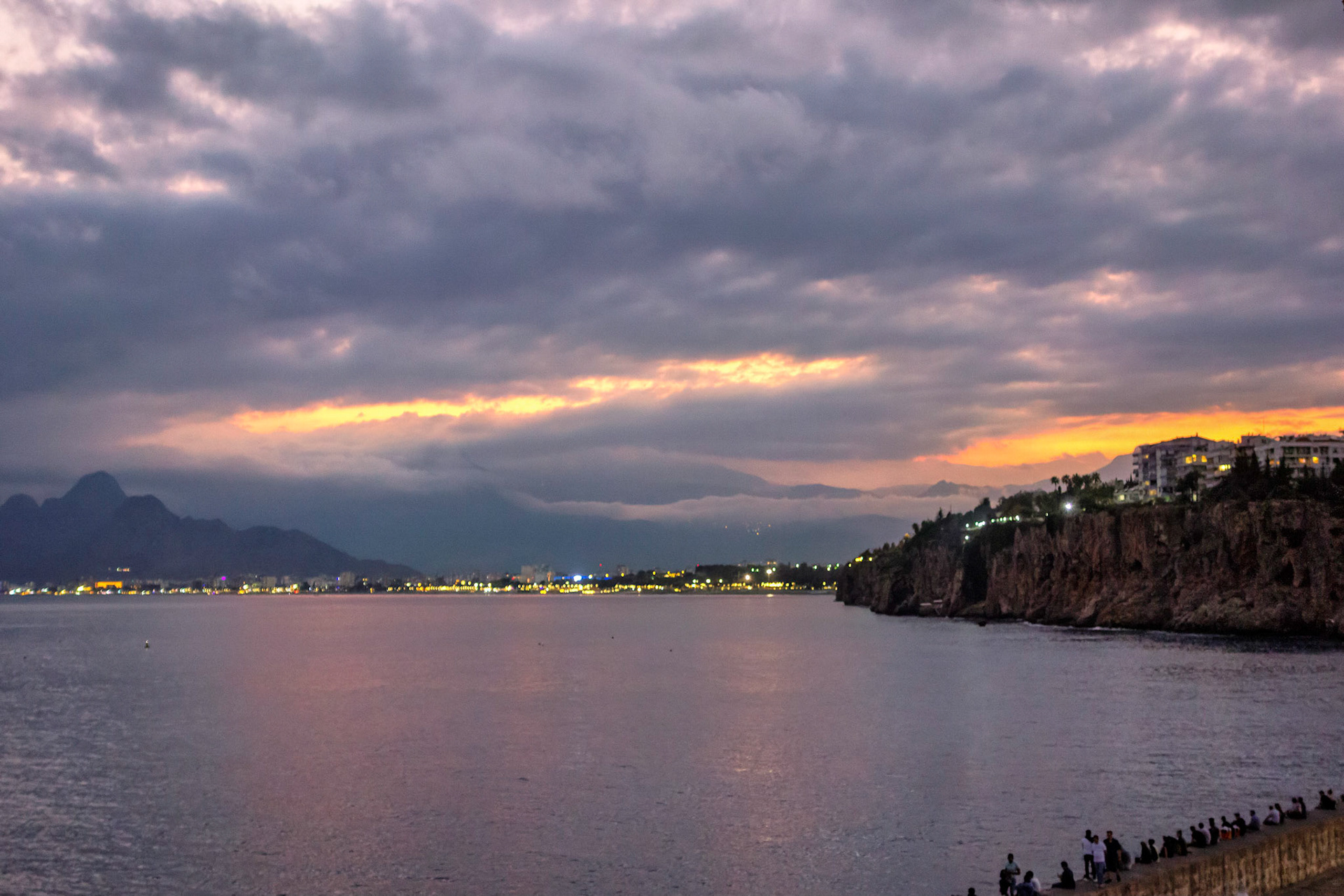
Day 9 View from restaurant at dinner
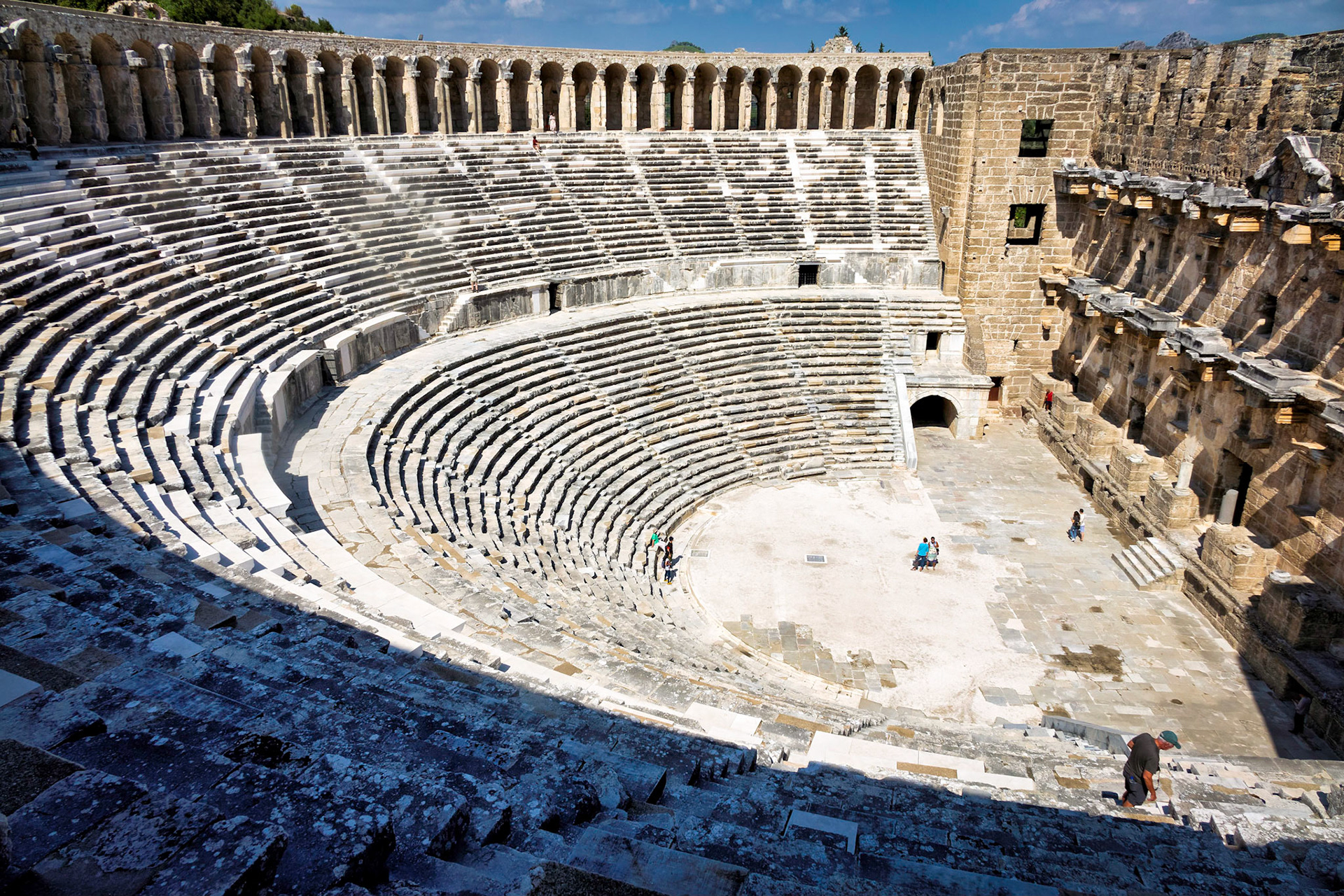
Day 10 Theater at Aspendos

Day 10 Perge
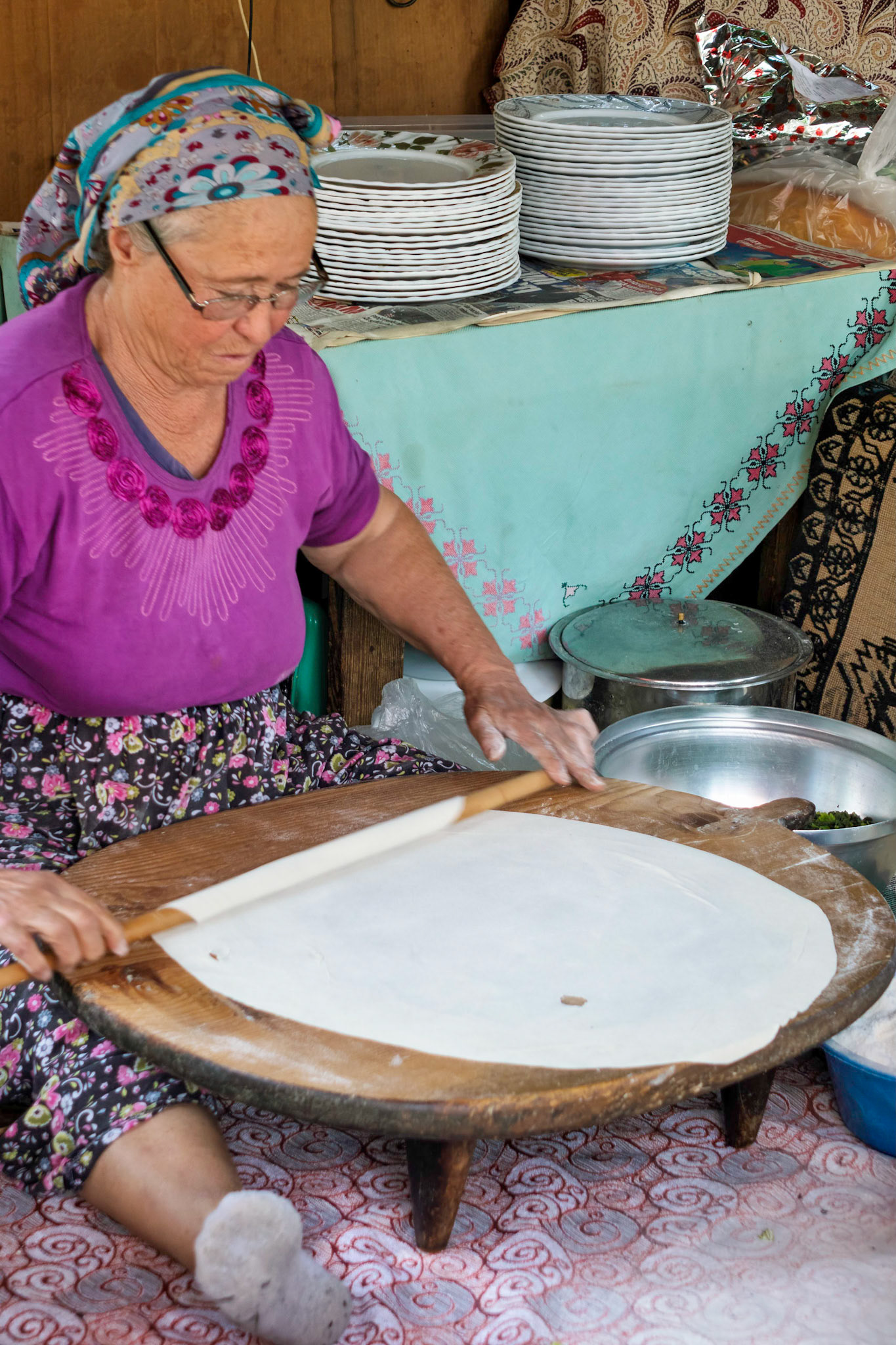
Day 10 Rolling out dough at lunch
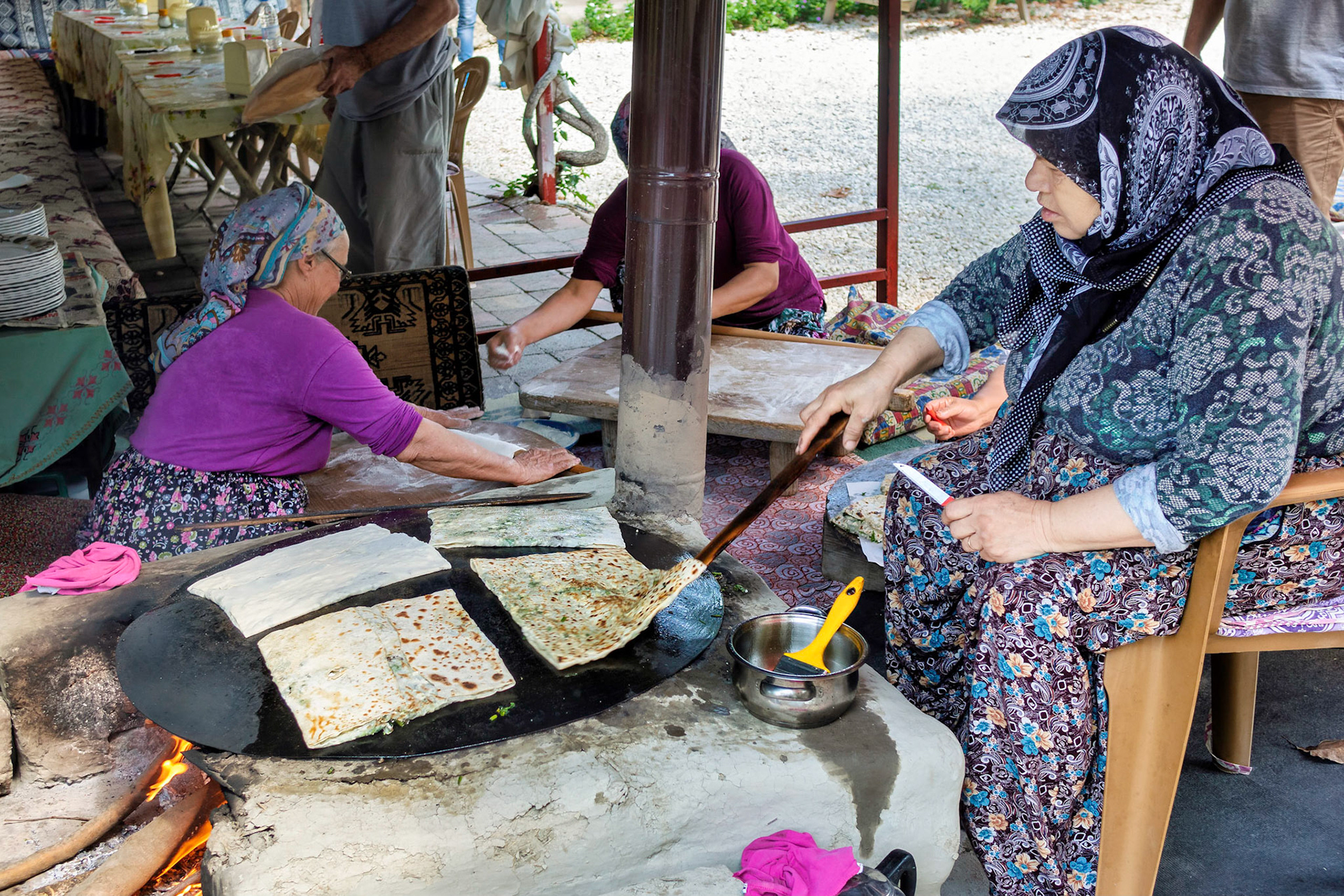
Day 10 Cooking meal at lunch

Day 11 Demre (from bus window)

Day 11 Landscape on way to Demre (from bus window)
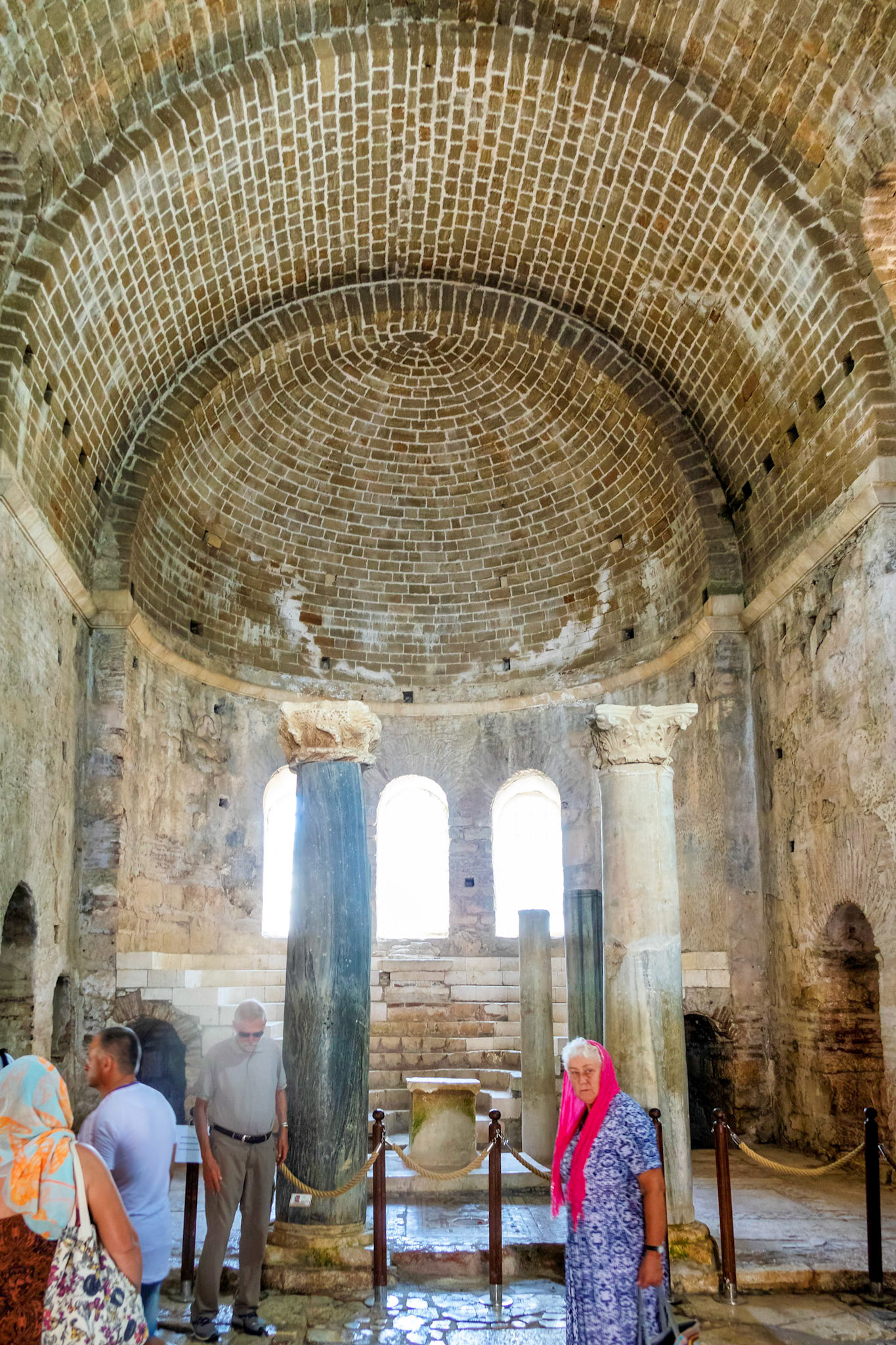
Day 11 Church of St. Nicholas
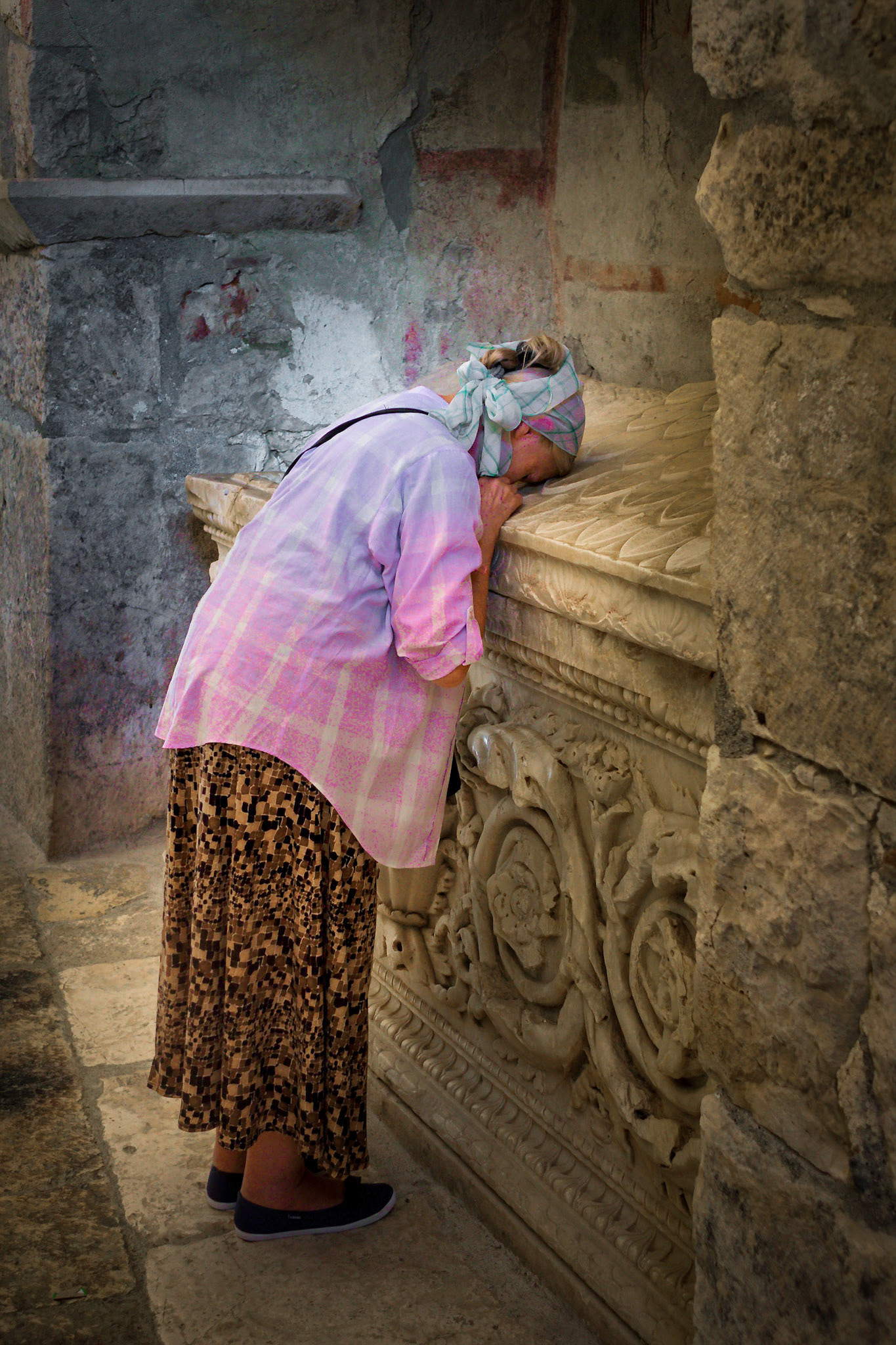
Day 11 Church of St. Nicholas
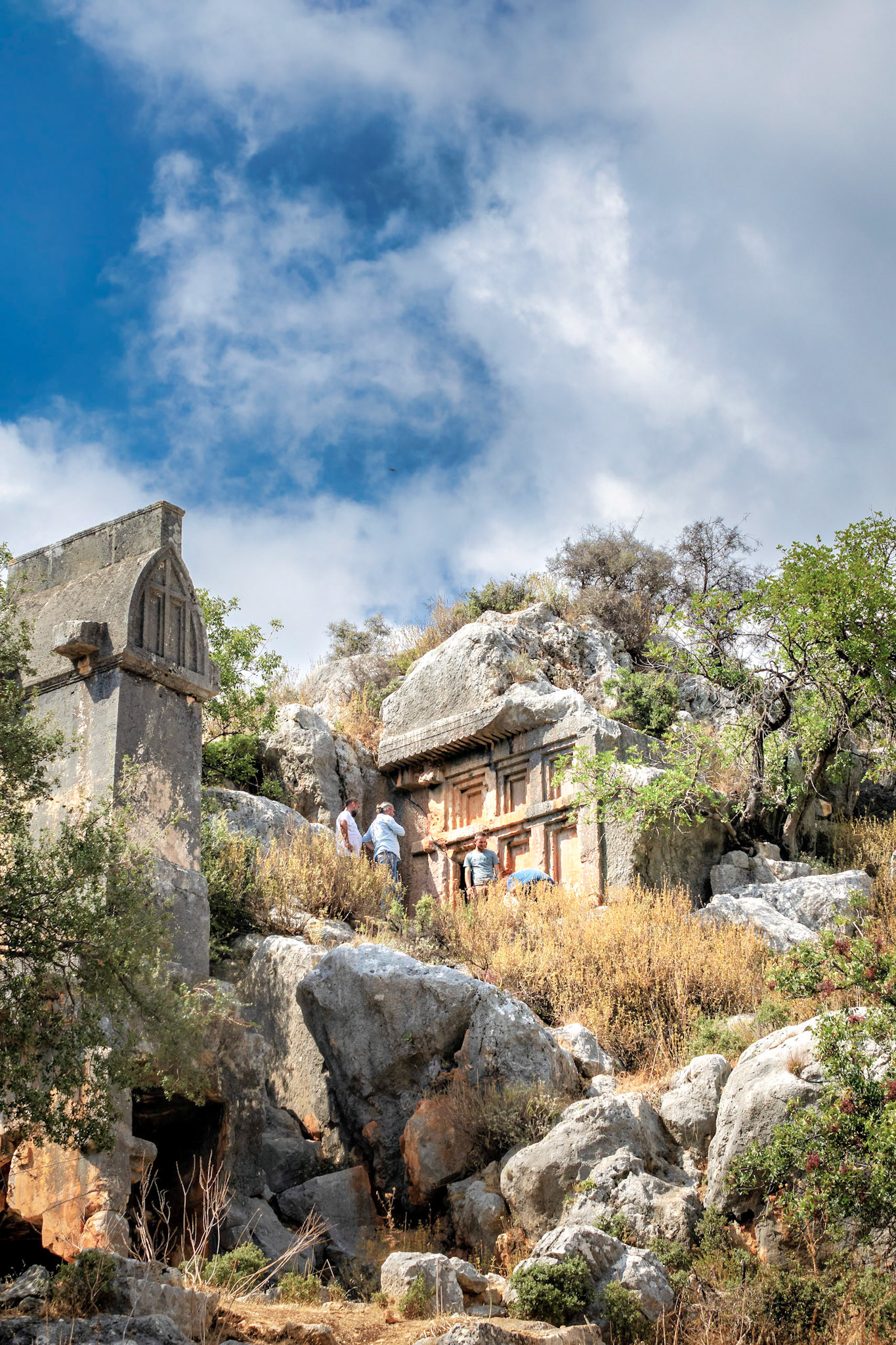
Day 11 Pre-Christian burial cave
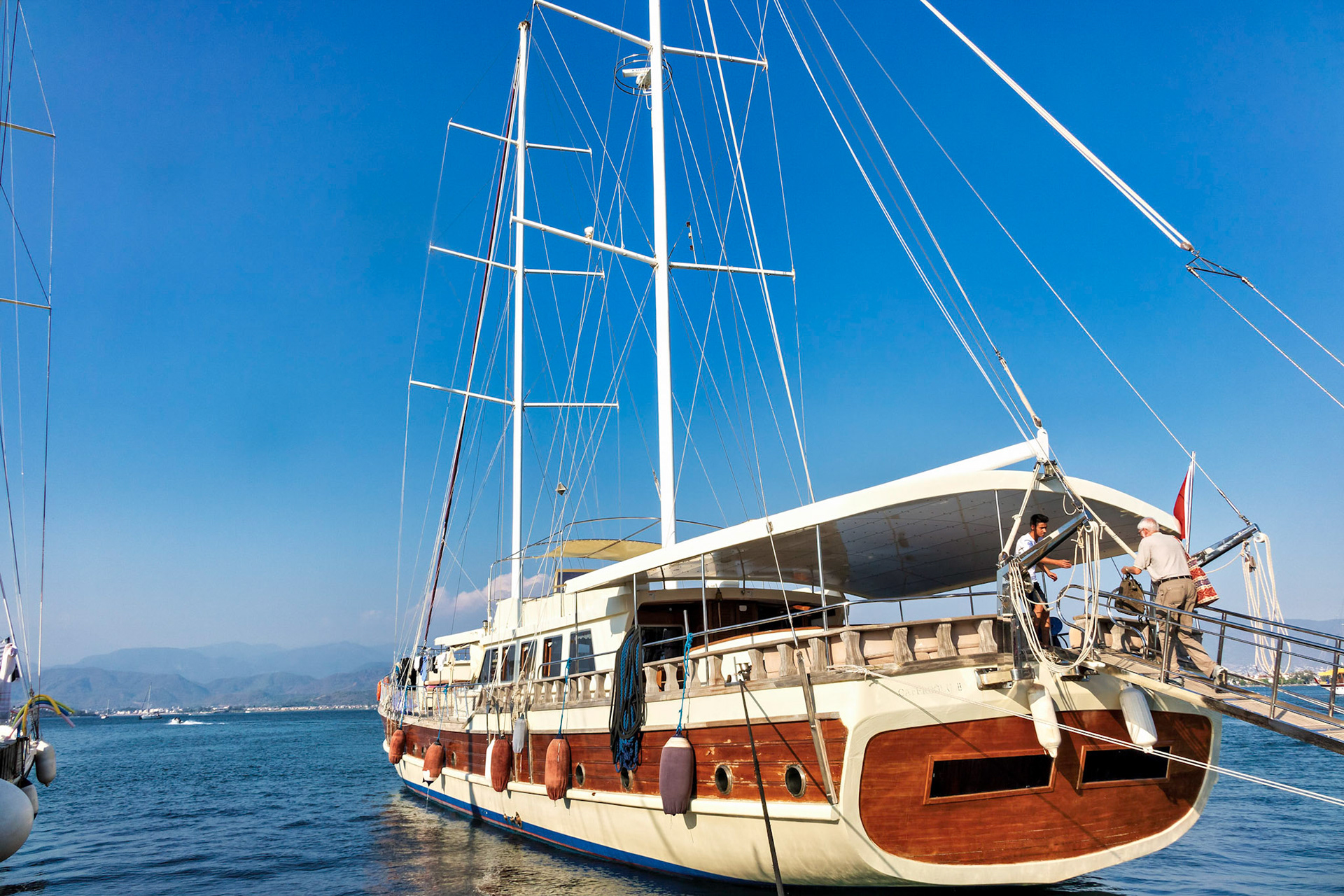
Day 11 Our gulet in Fethiye marina
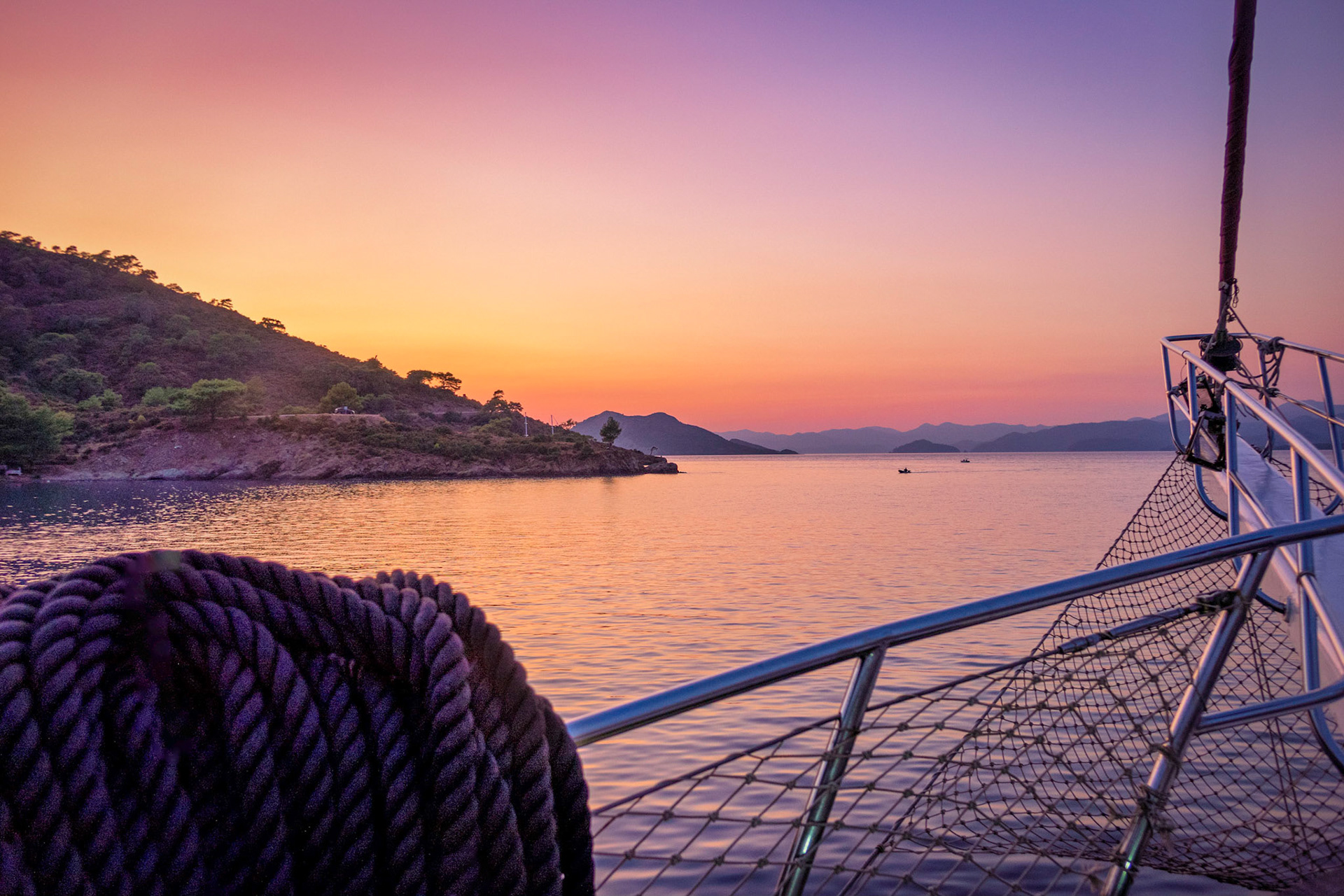
Day 11 Sunset from gulet
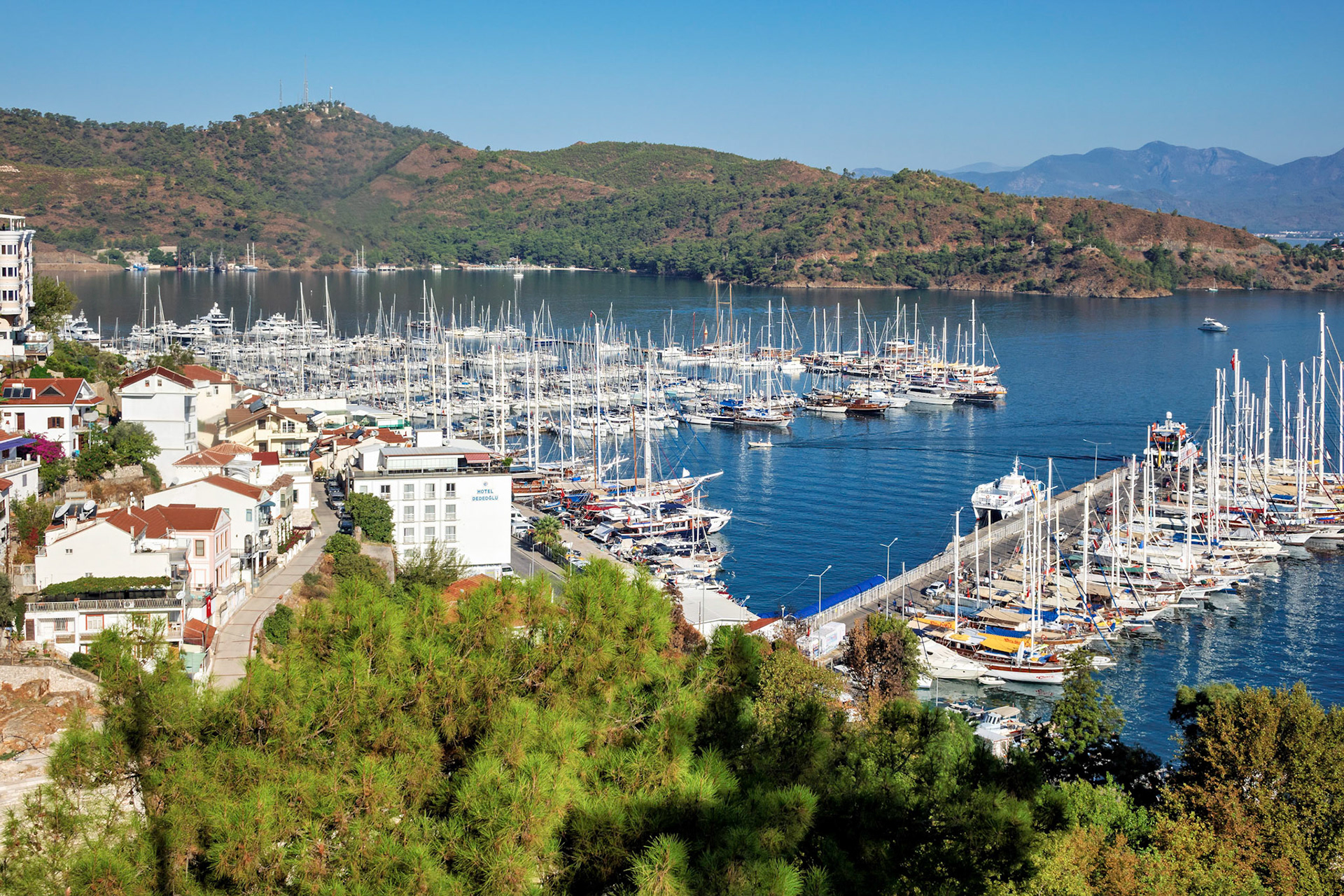
Day 12 Fethiye marina from bus on way to Kayokoy
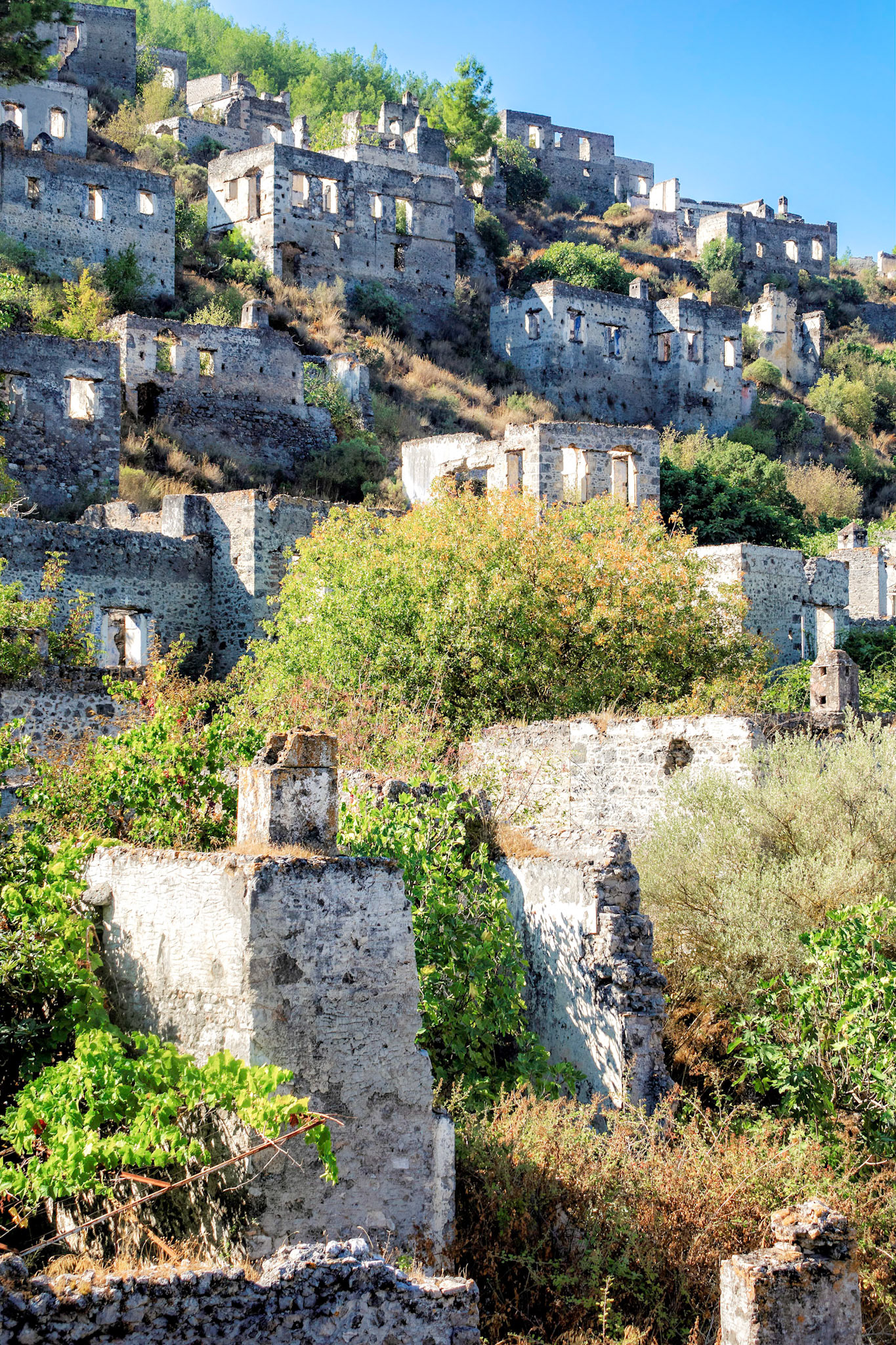
Day 12 Kayokoy
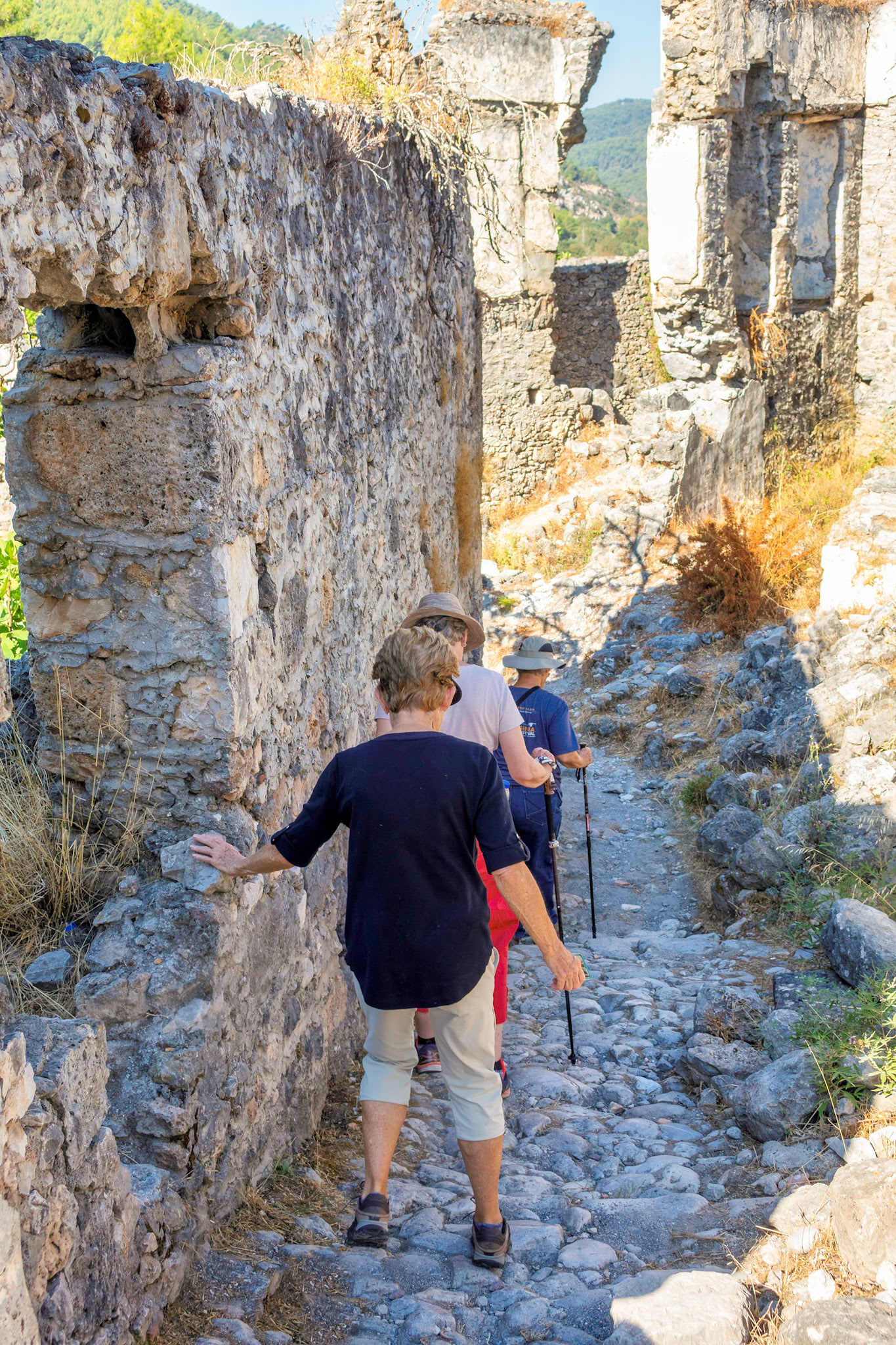
Day 12 Rough walking in Kayokoy
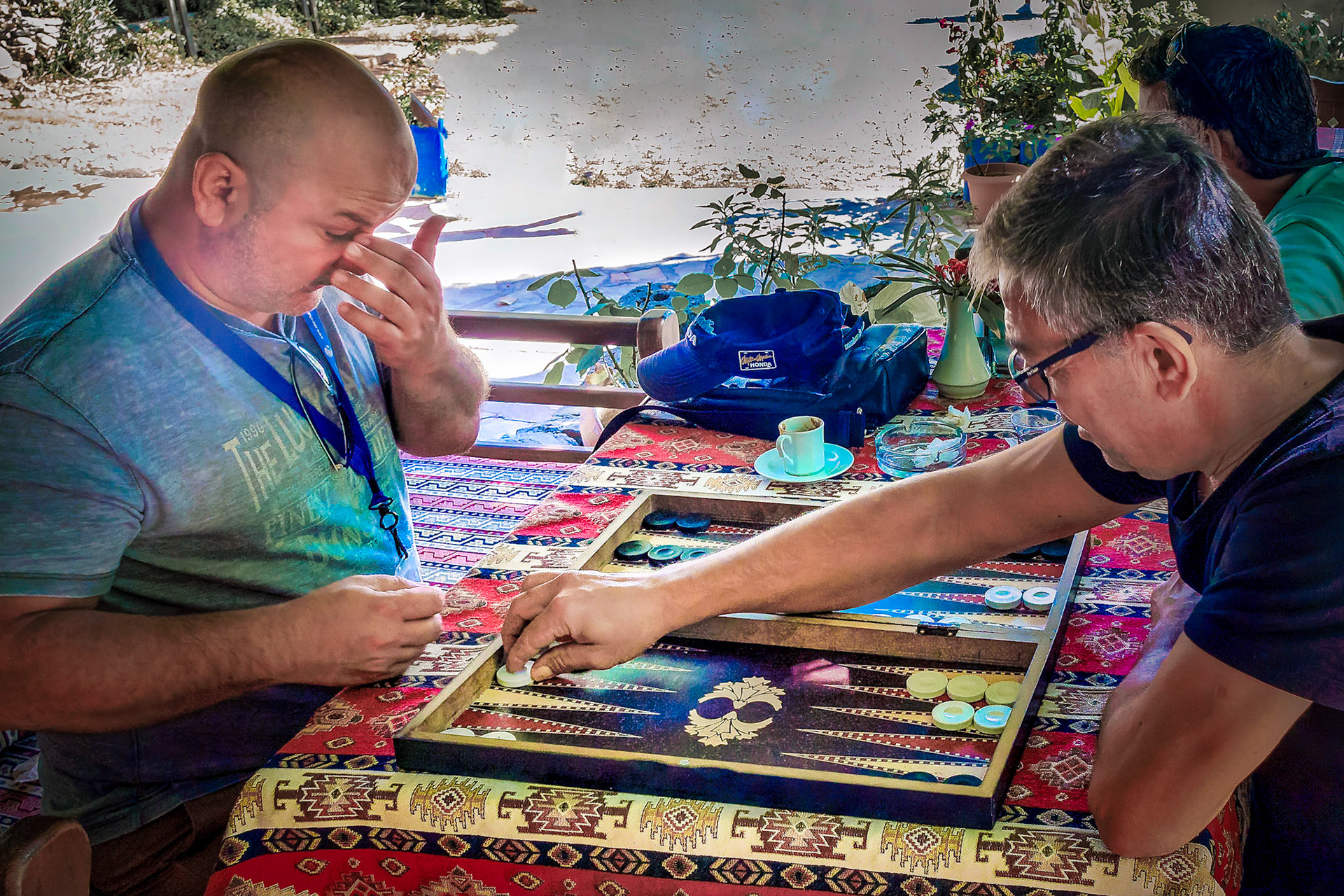
Day 12 Tour guide and bus driver playing backgammon

Day 13 Crew and captain dance after dinner
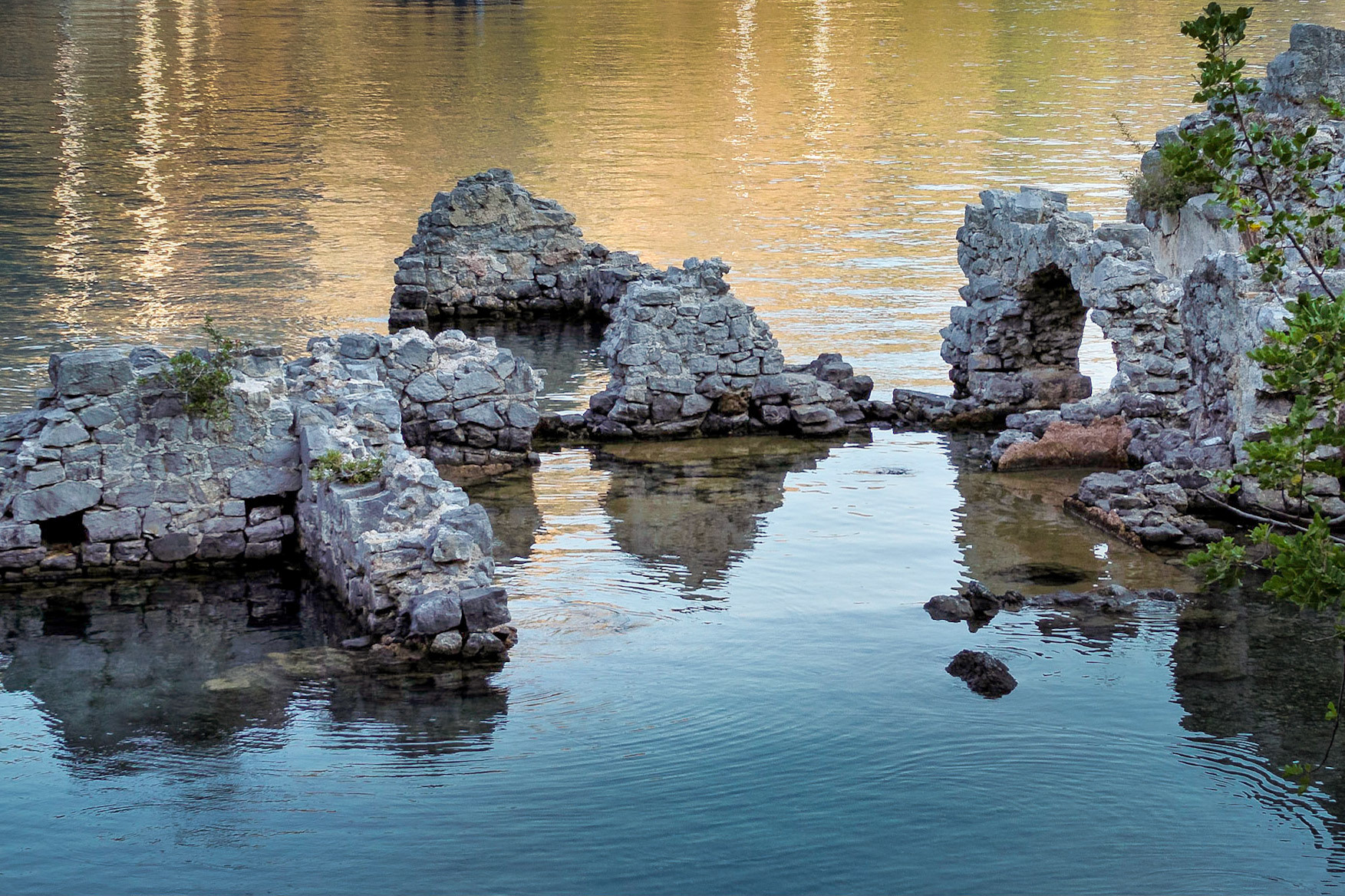
Day 13 Baths built for Cleopatra by Mark Antony

Day 13 Trail to Lydea
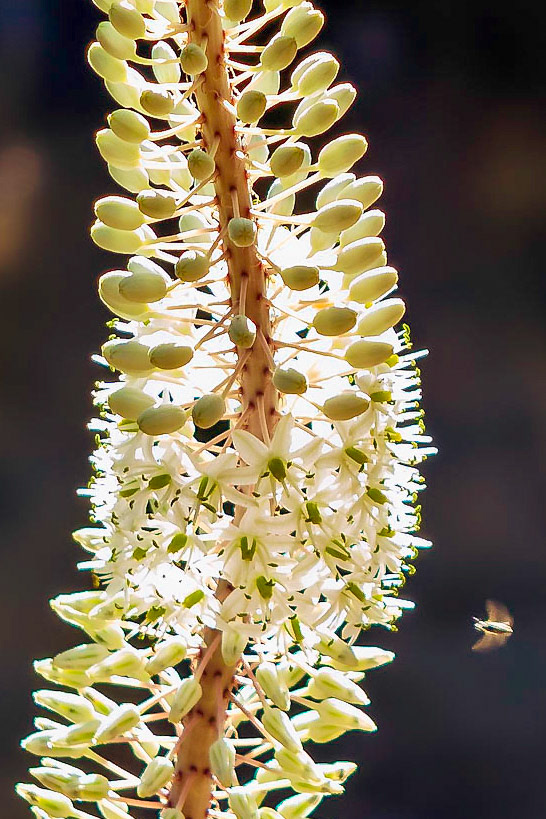
Day 13 Flower near trail to Lydea
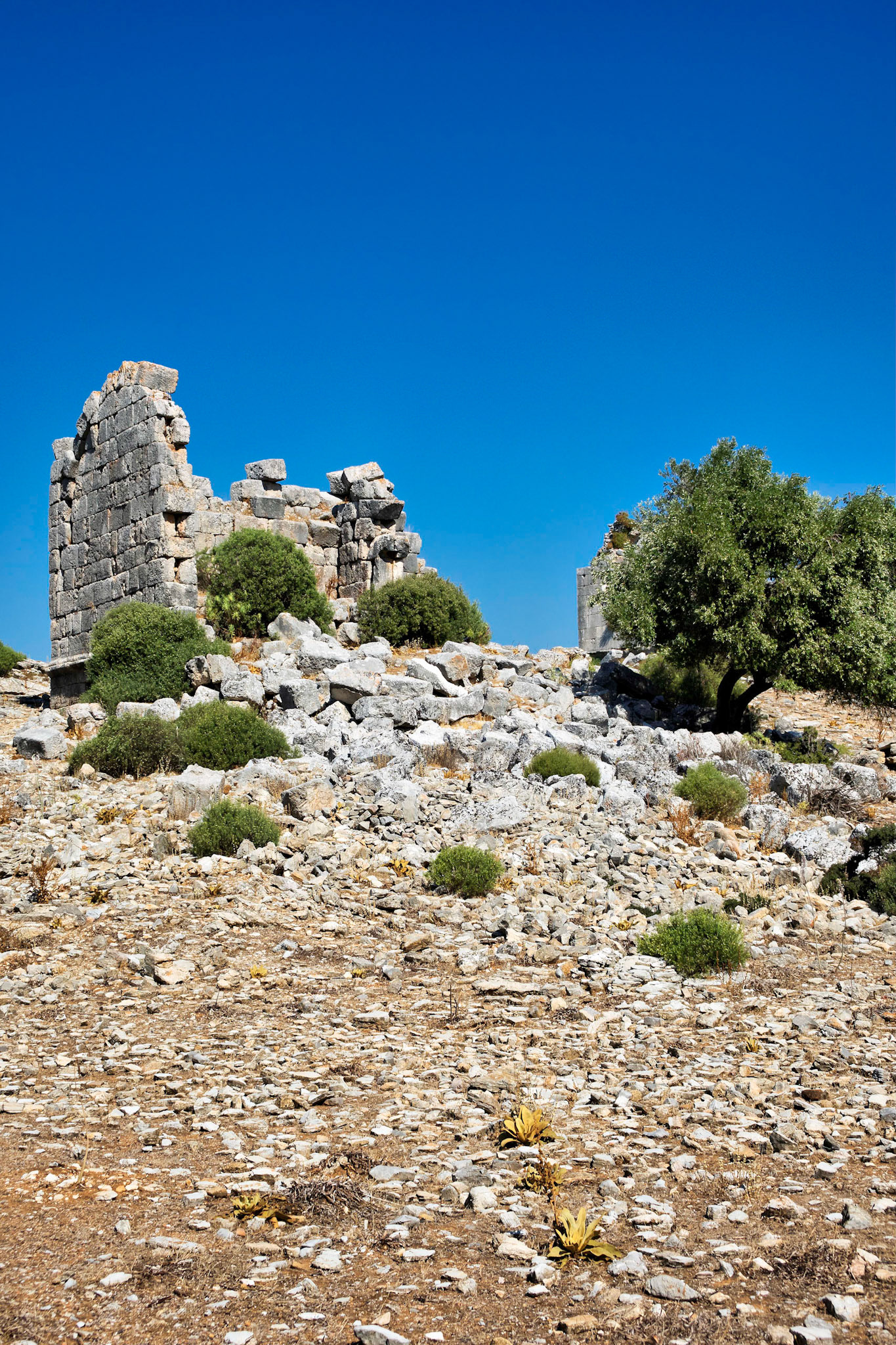
Day 13 Ruins of Lydea

Day 13 Pre-historic building near Lydea
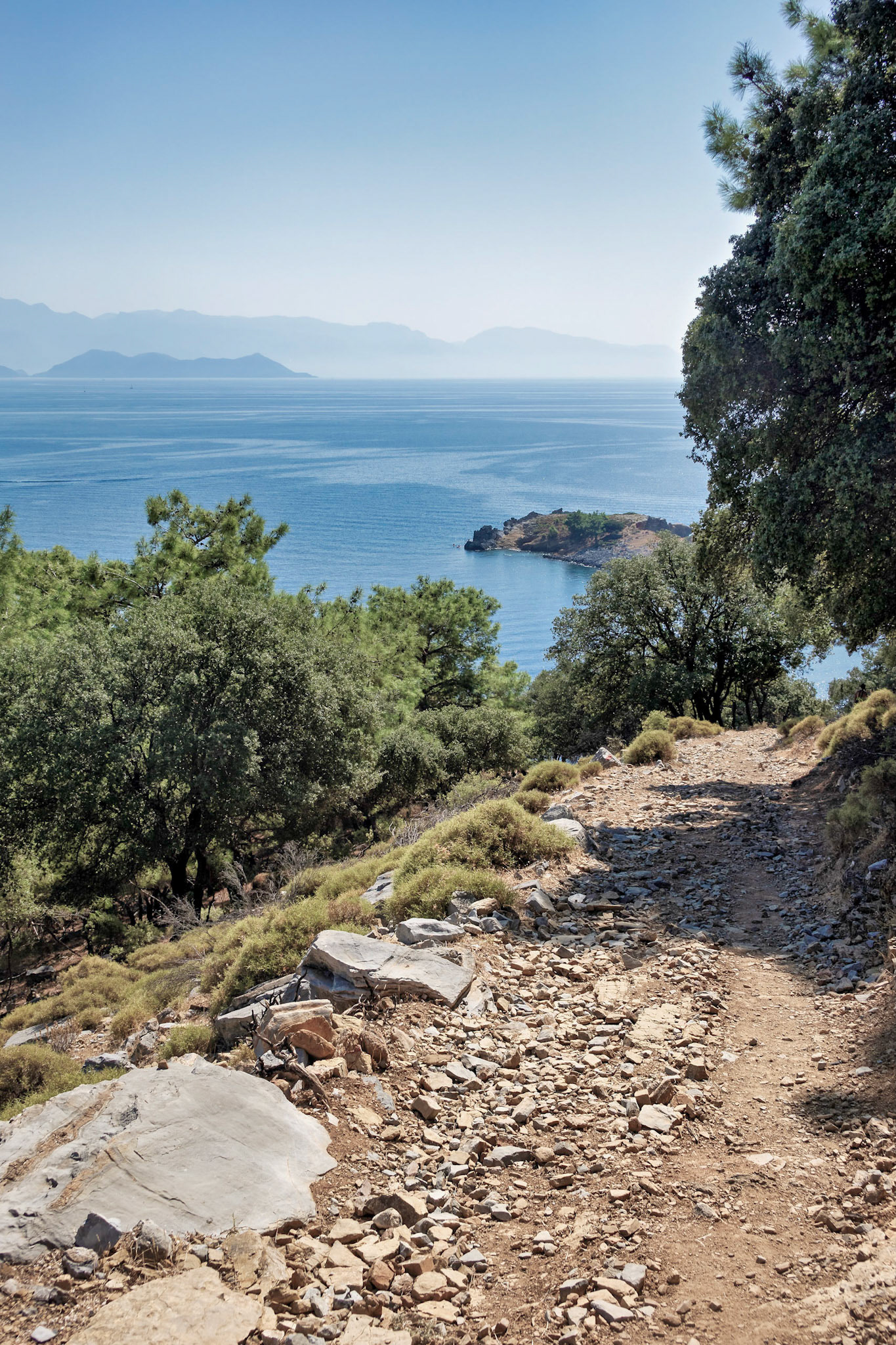
Day 13 Trail beyond Lydea to gulet
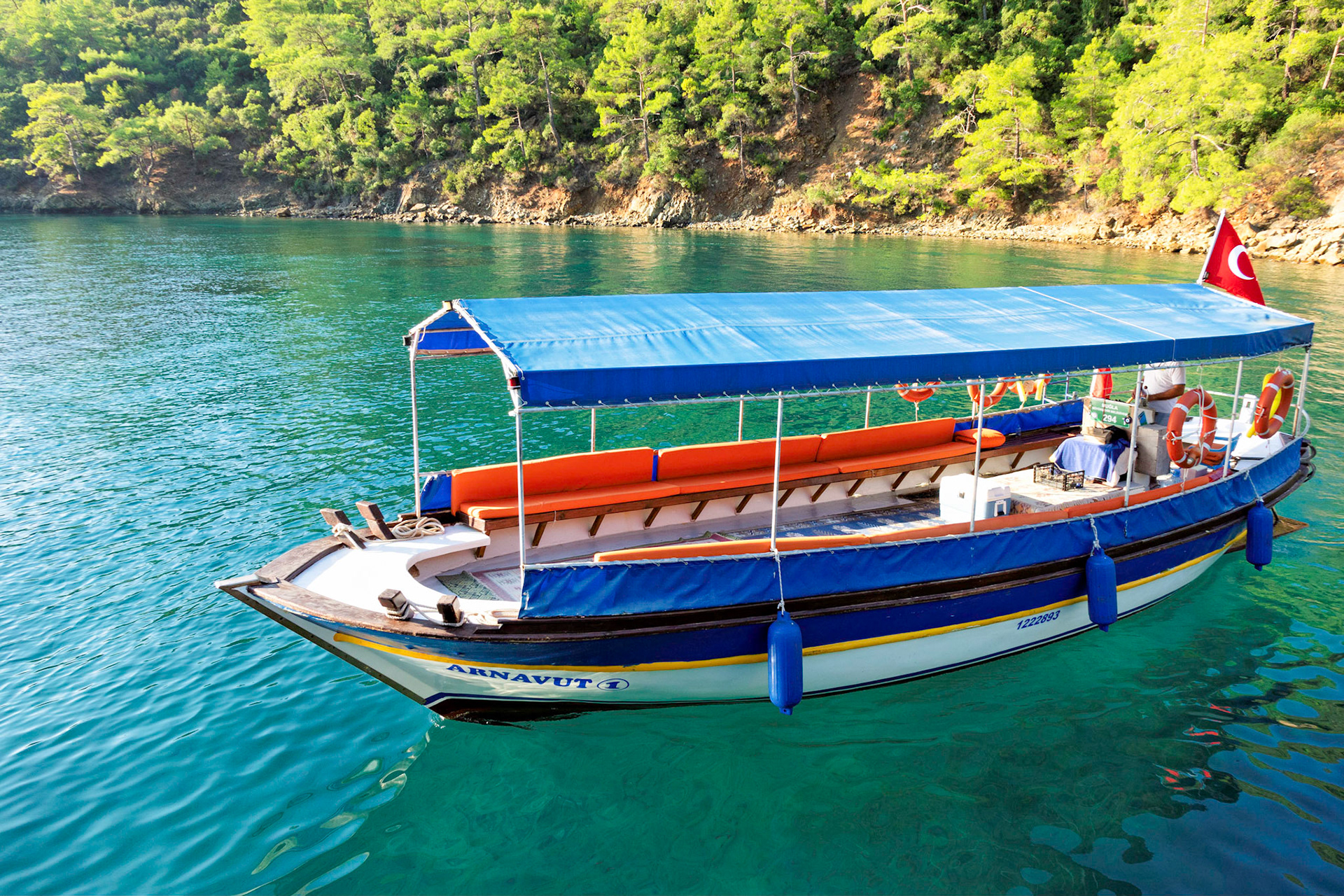
Day 14 Riverboat
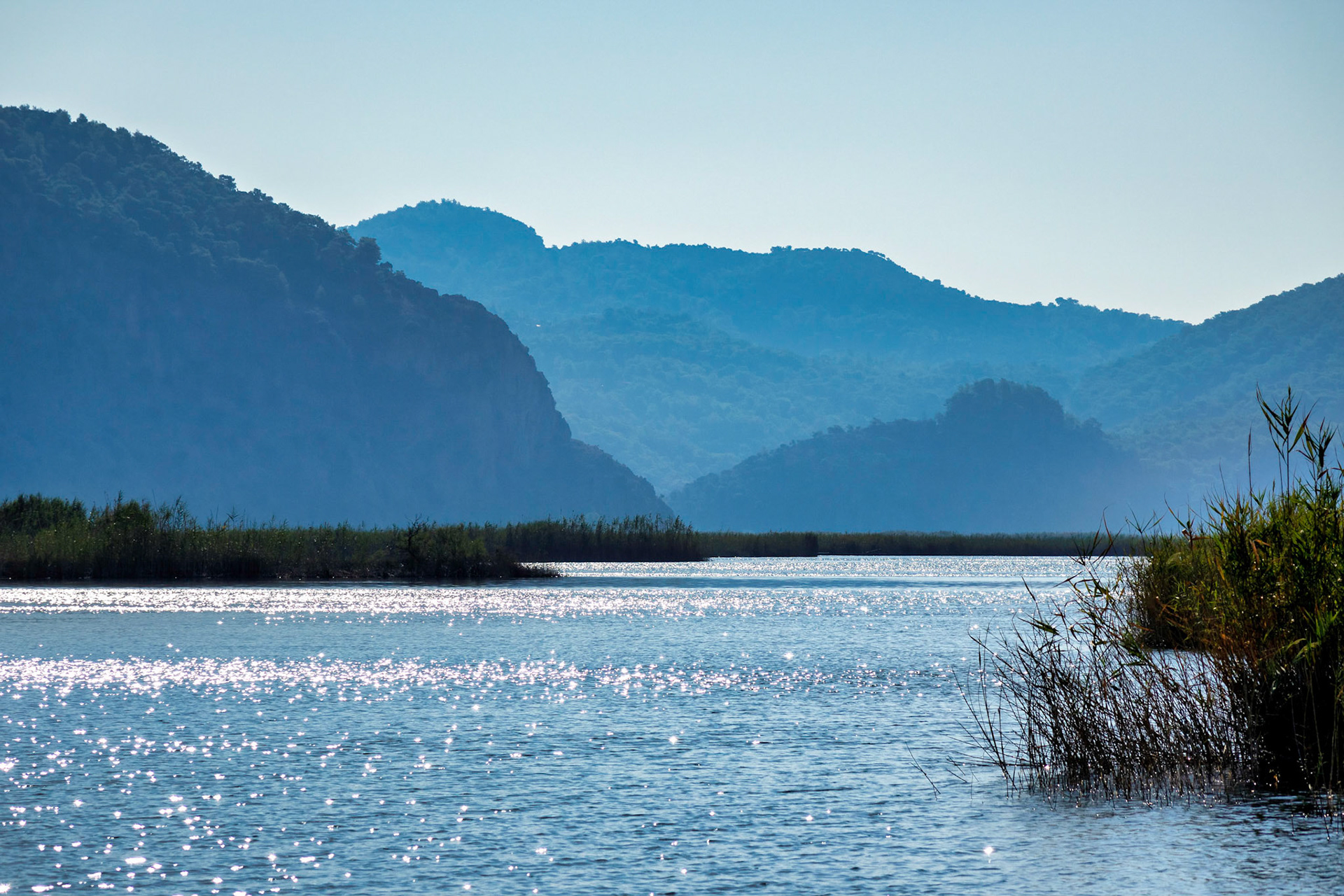
Day 14 Dalyan River

Day 14 Temple at Caunus
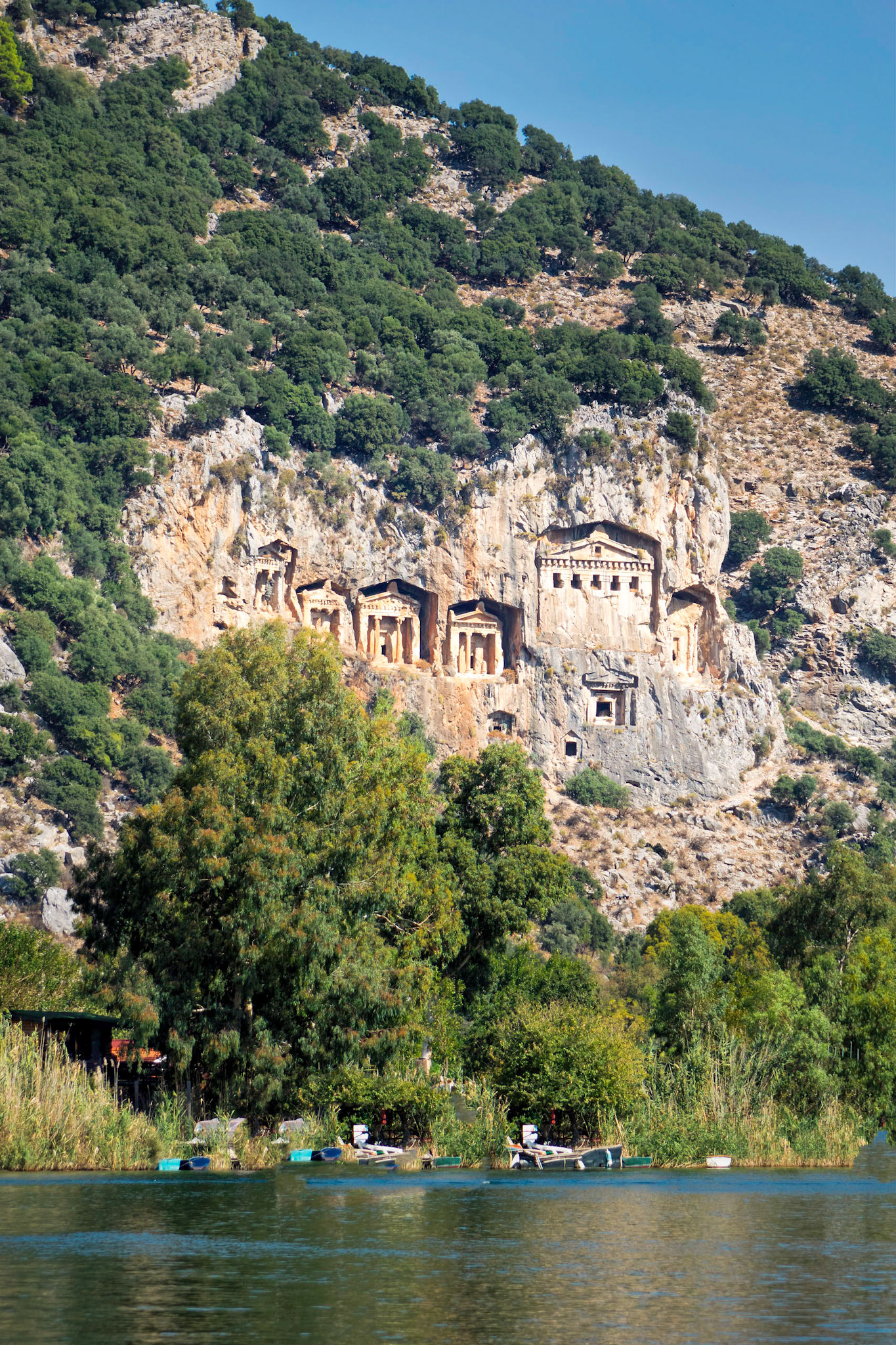
Day 14 Lycian tombs

Day 15 Marmaris marina
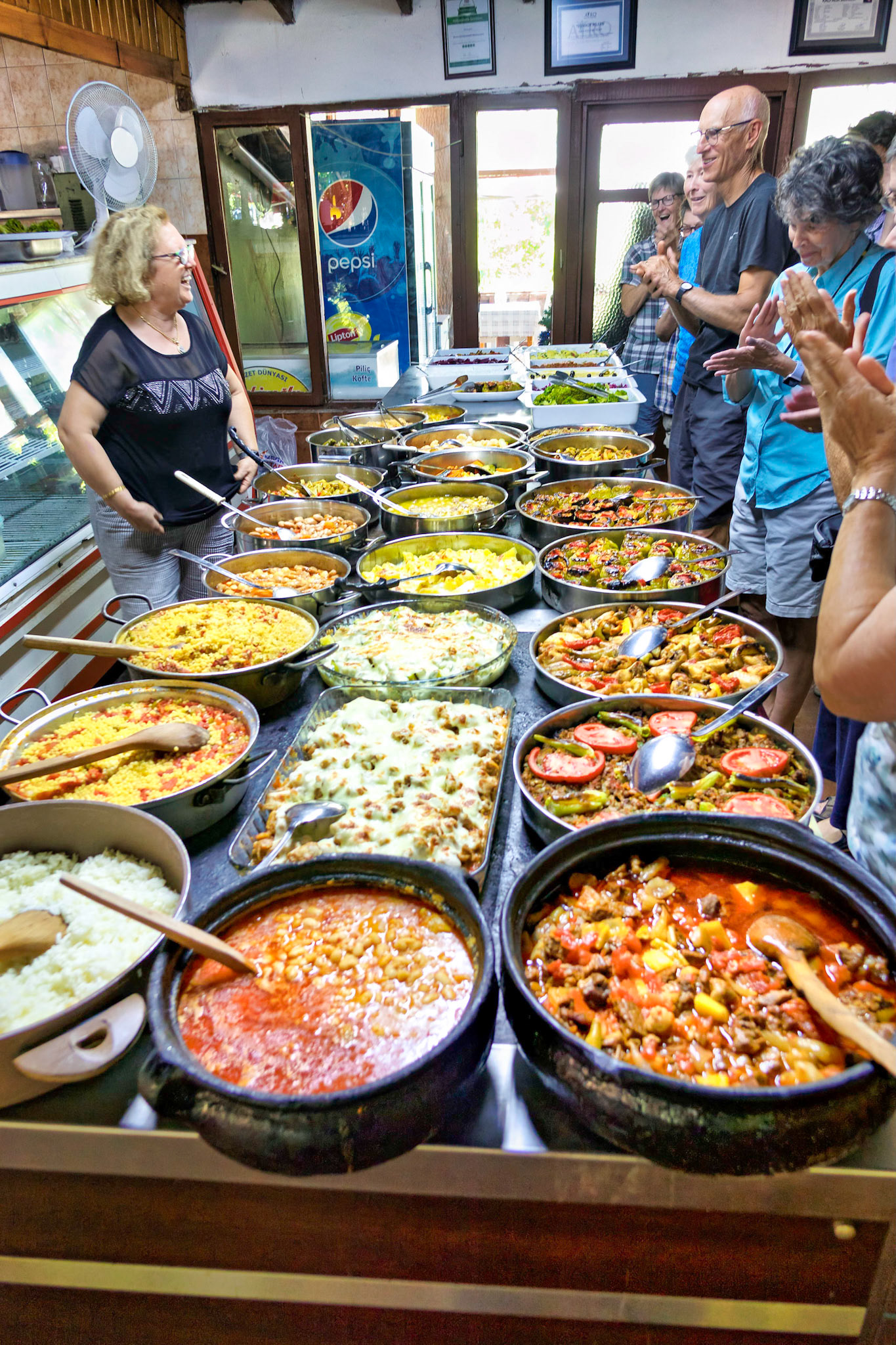
Day 15 Lunch buffet
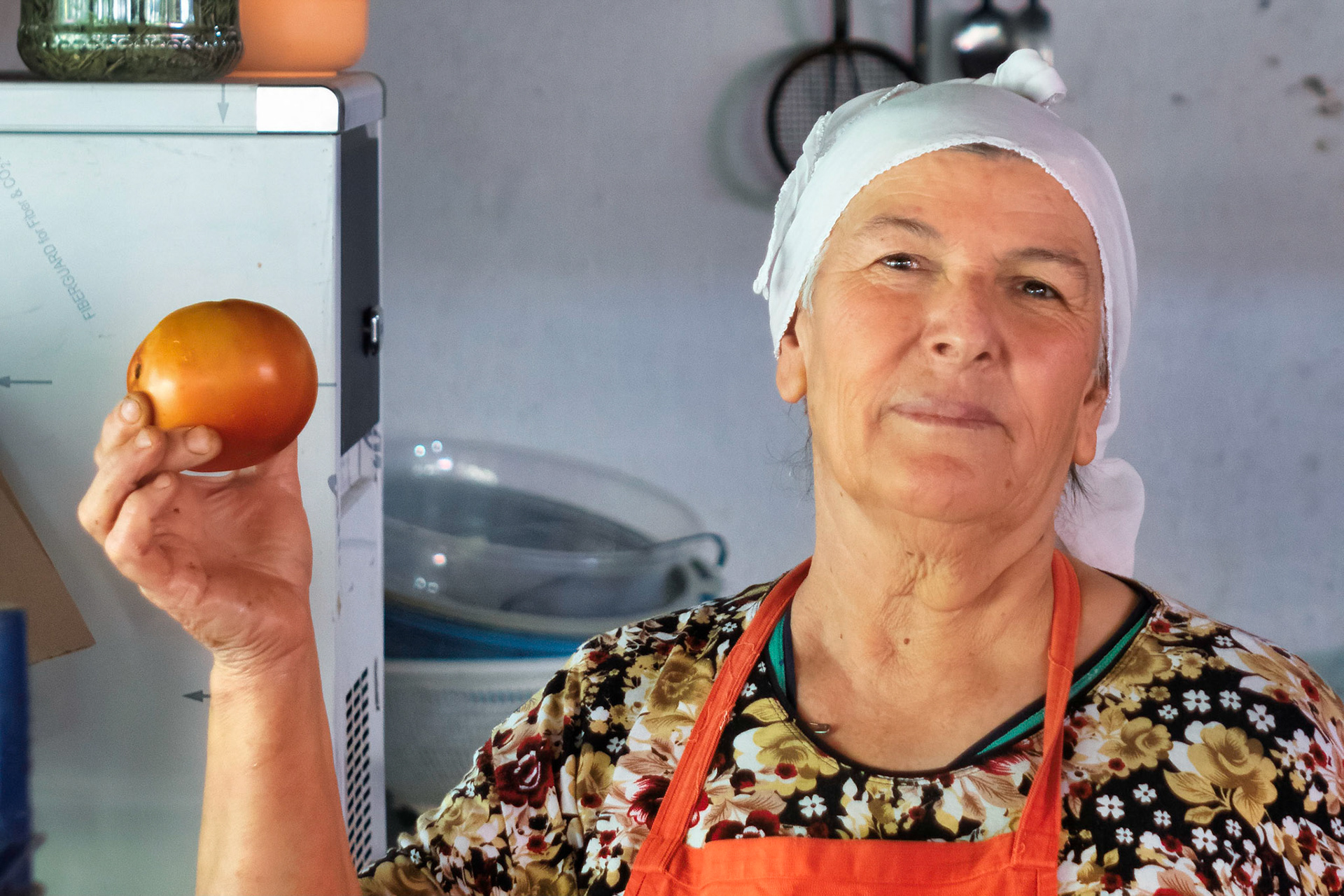
Day 15 Cook at lunch
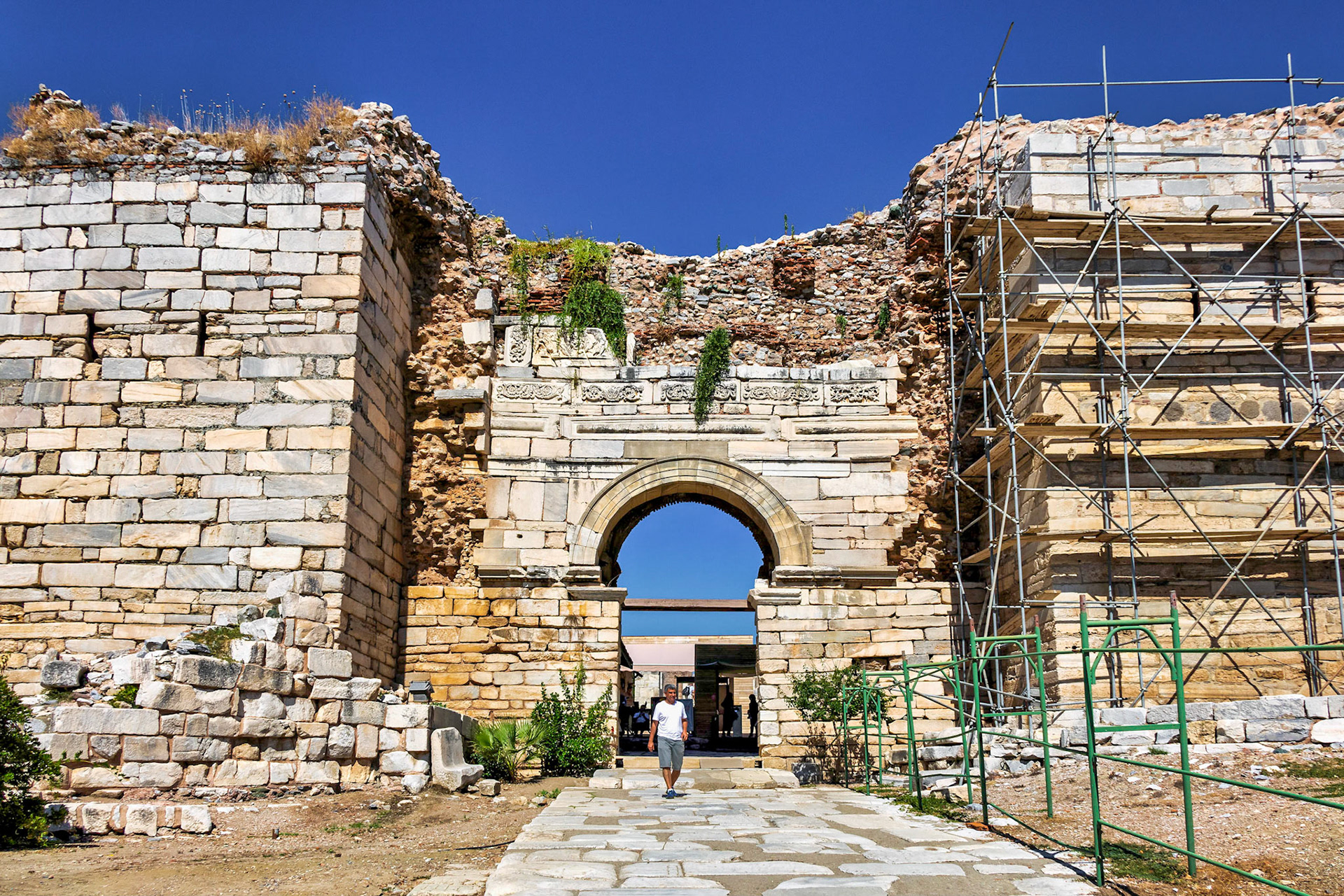
Day 15 Basilica of St John,, Kusadasi
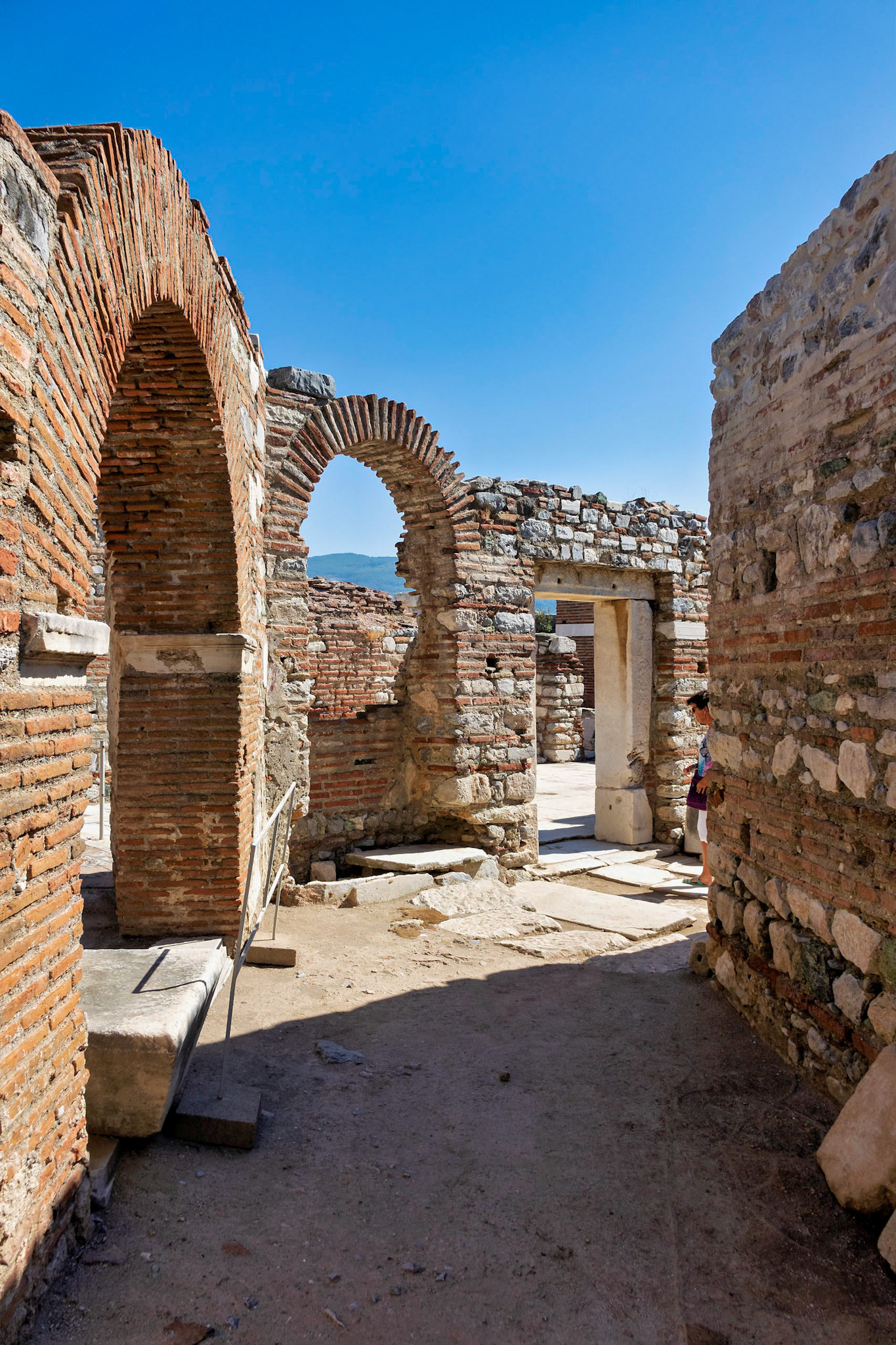
Day 15 Hall in Basilica of St John,, Kusadasi
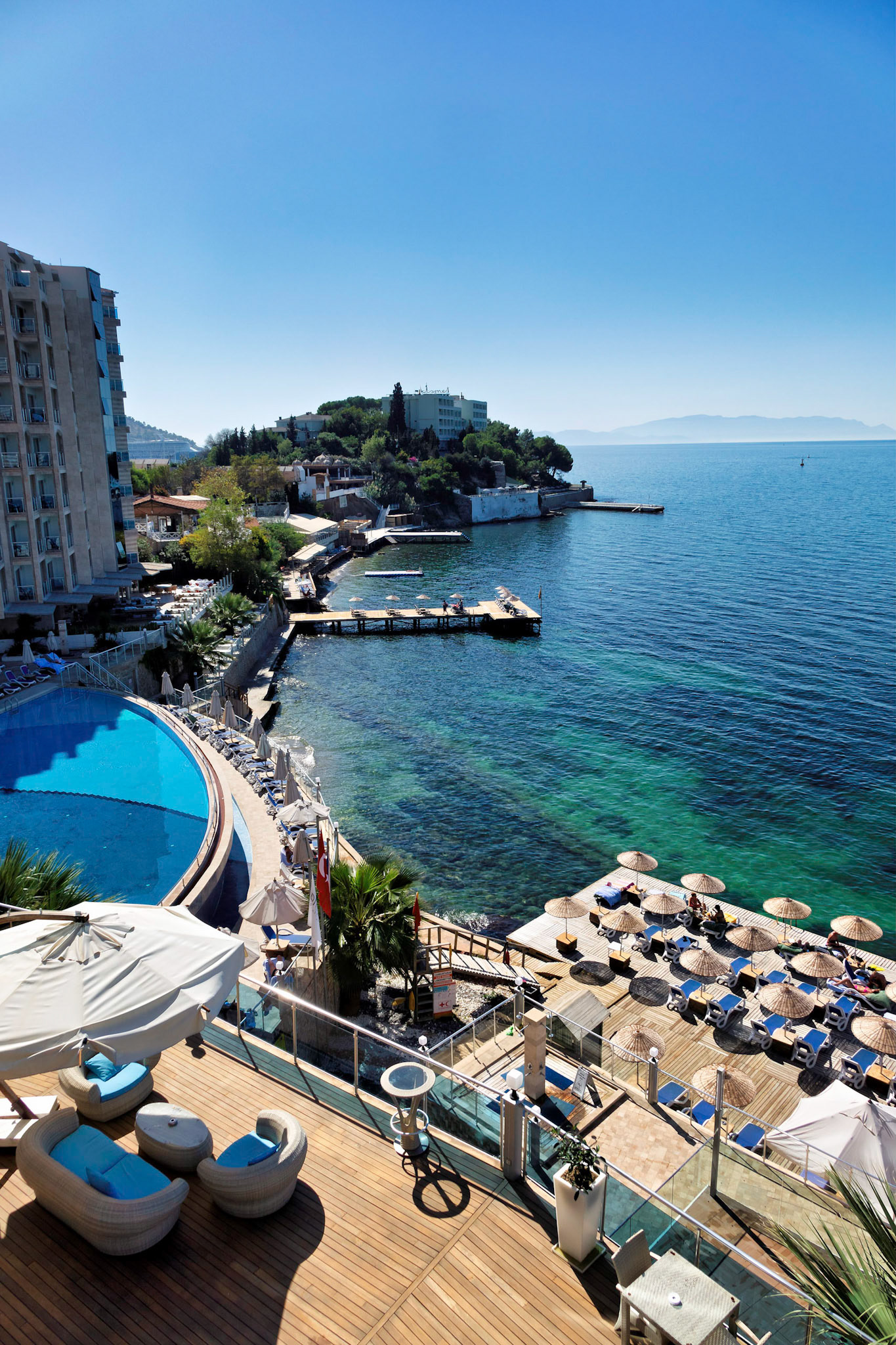
Day 15 View from hotel room balcony,, Kusadasi

Day 16 Side street leading to Library, Ephesus

Day 16 Eaves on Library, Ephesus
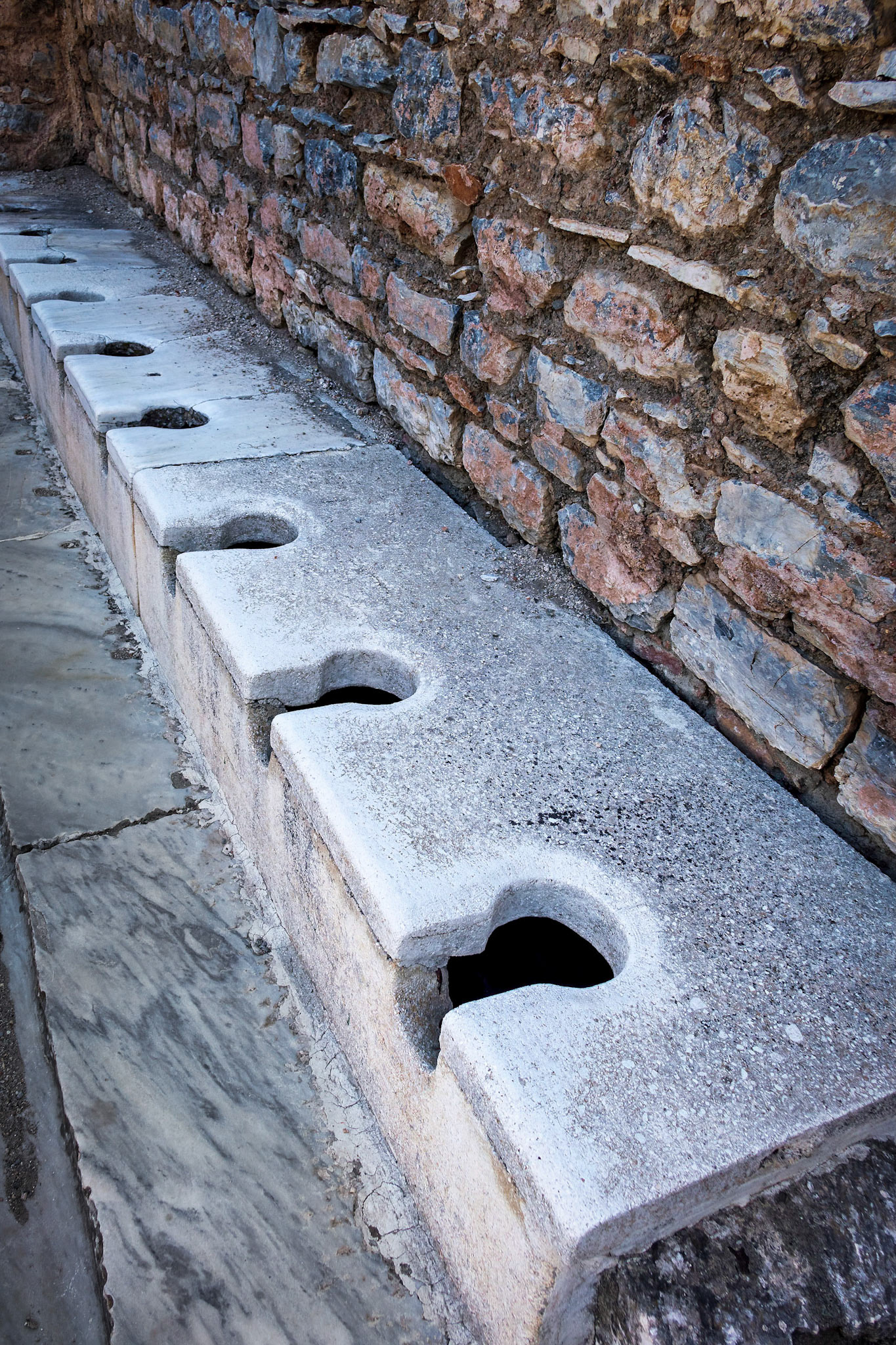
Day 16 Toilets, Ephesus Not for the modest
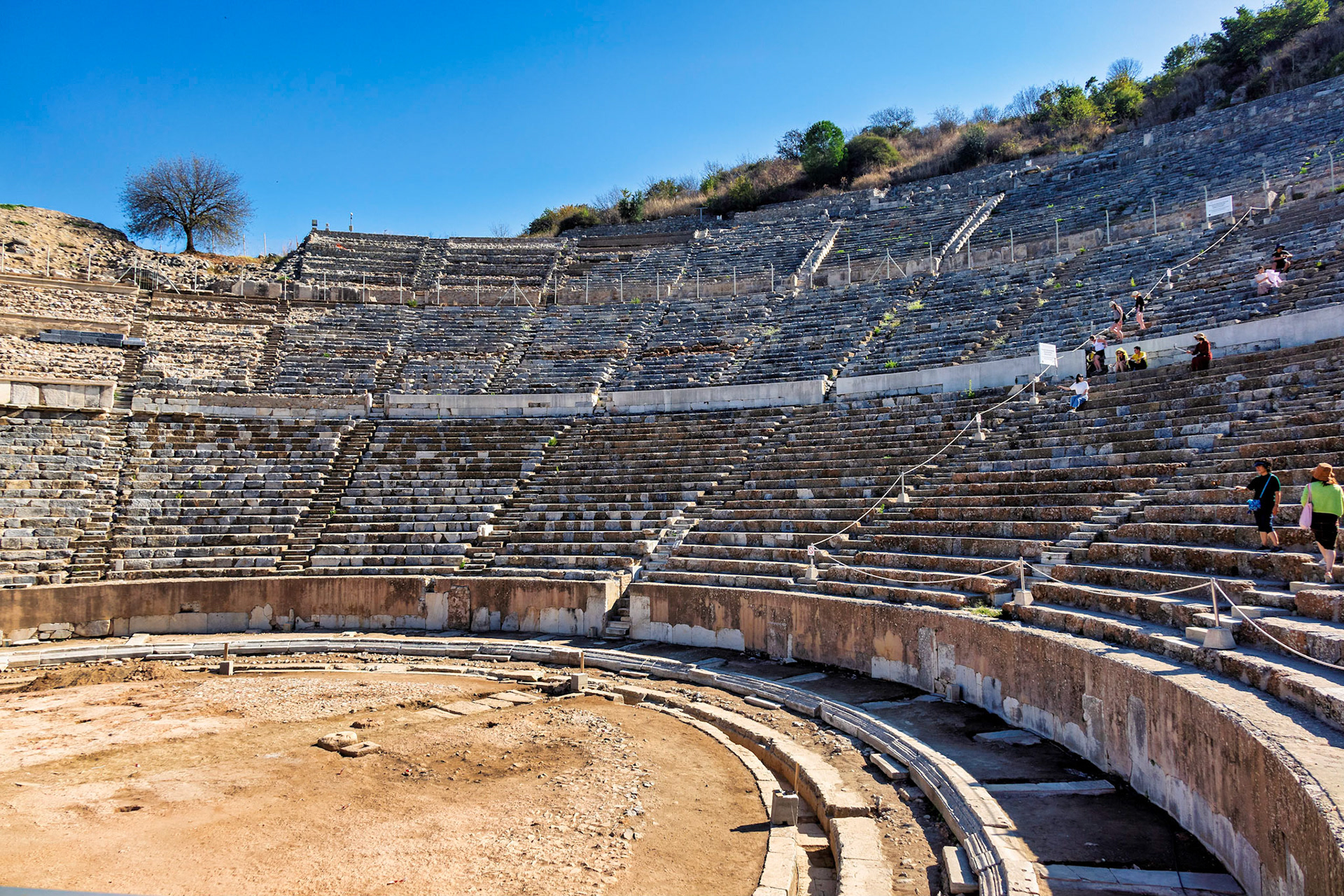
Day 16 Theater, Ephesus
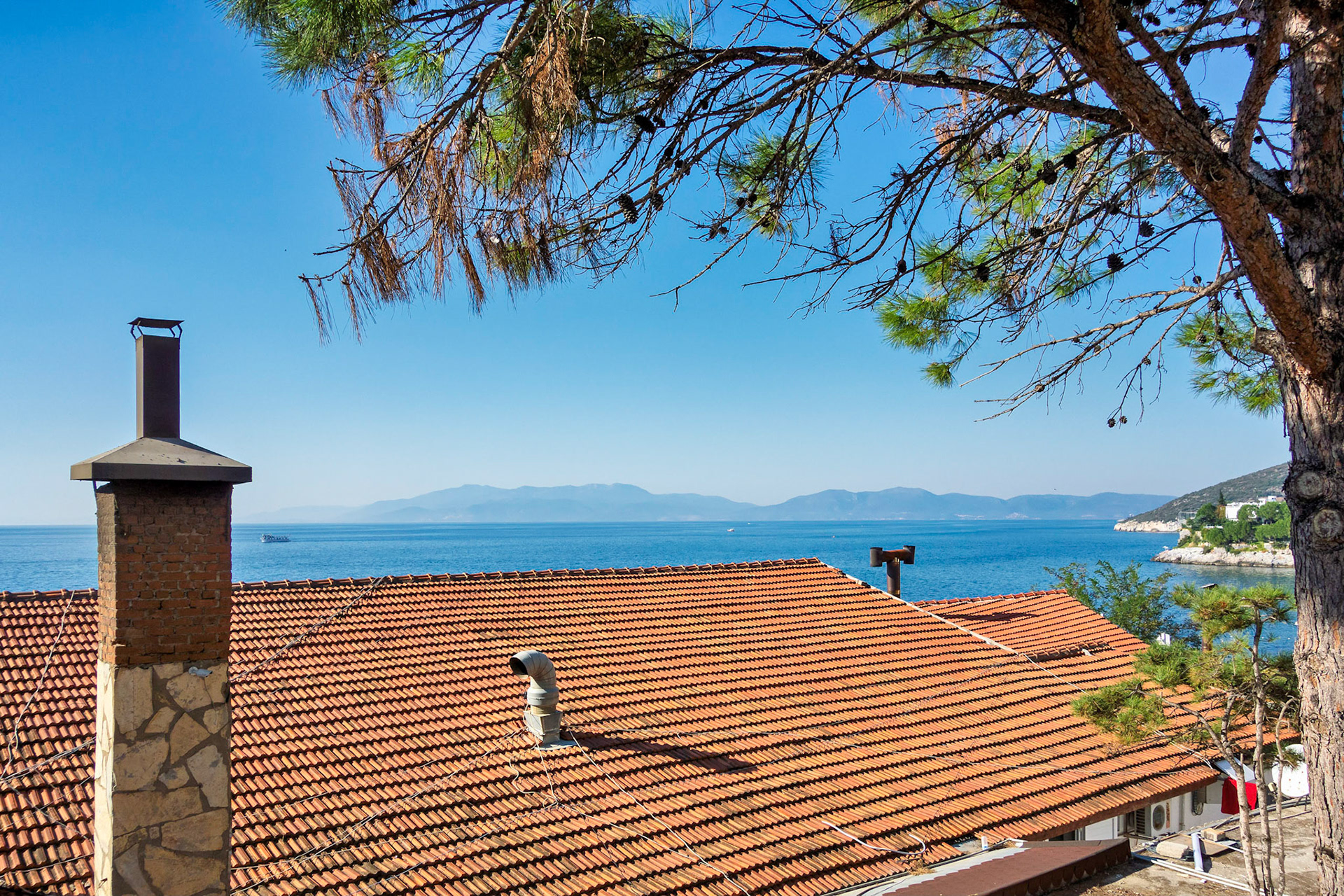
Day View near hotel, Kusadasi

Day View near hotel, Kusadasi
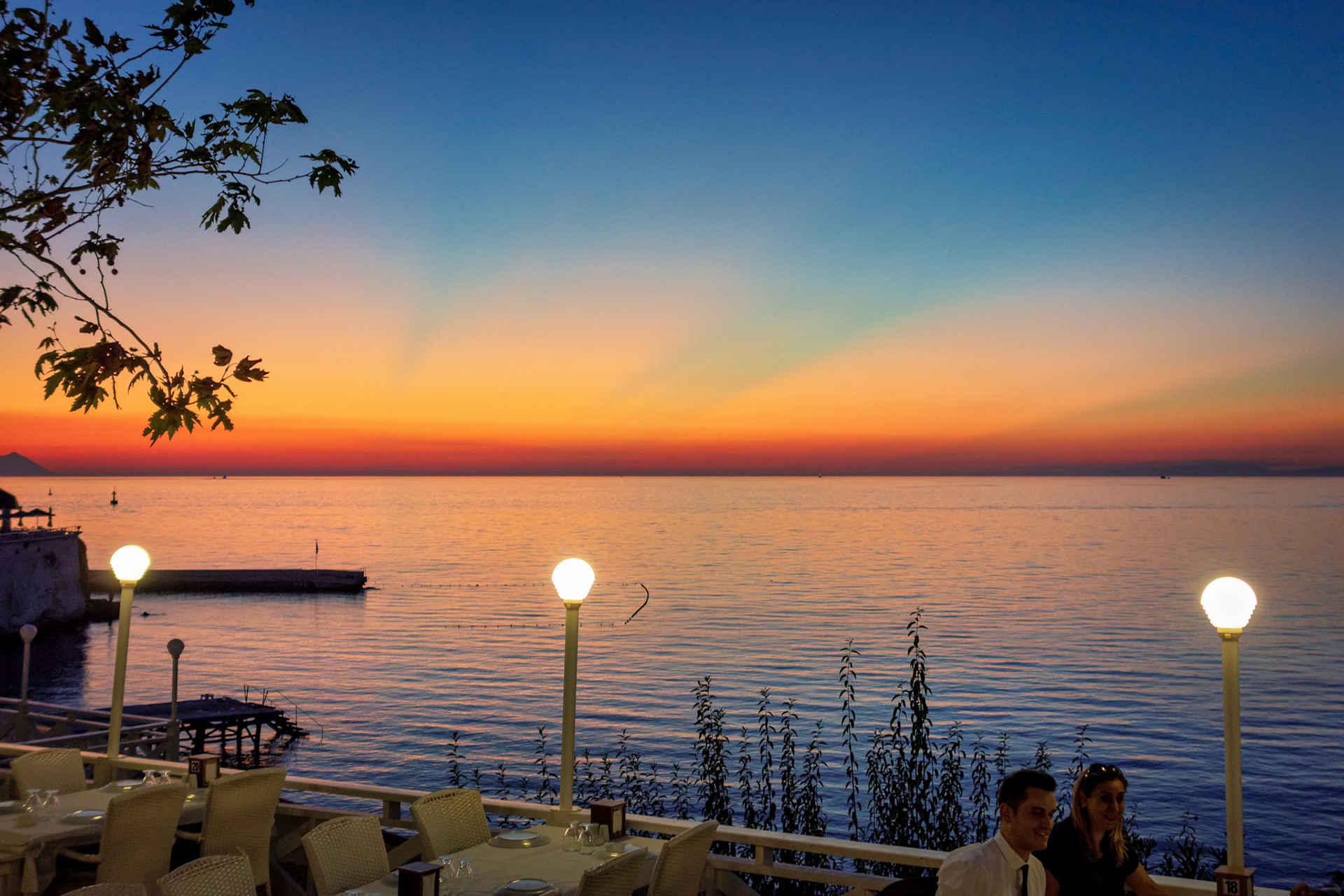
Day 16 View from hotel, Kusadasi
